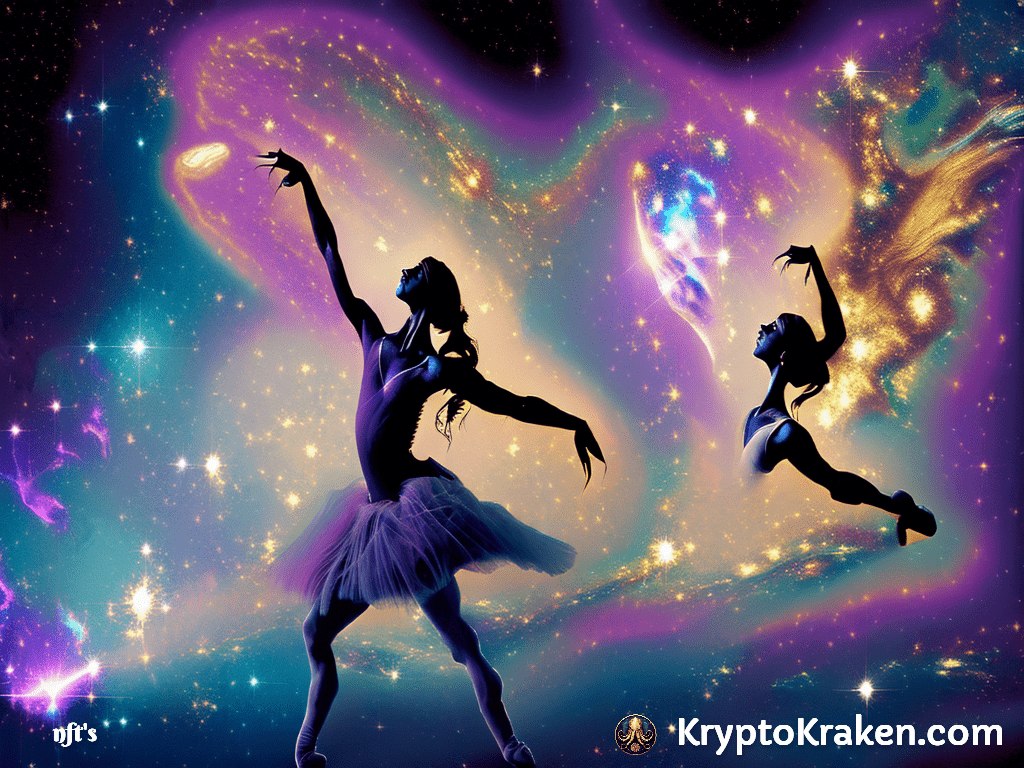
- August 24, 2023
- Dennis Frank
- 2
Table of Contents
How to Buy and Sell Cryptocurrency, NFT’s and Nodes
The world of Cryptocurrency can be exciting and intimidating at the same time. With cryptocurrencies, NFTs, and nodes being the talk of the town, it can be challenging to know where to start. In this article, we’ll take you through the basics of buying and selling Cryptocurrency, NFTs, and Nodes. We’ll also cover essential topics such as setting up your digital wallet, researching different Cryptocurrencies, choosing a Cryptocurrency exchange, selling Cryptocurrency, and more. So, let’s dive in and get started!
Understanding Cryptocurrency, NFTs, and Nodes
Cryptocurrencies, NFTs, and Nodes are all part of the same ecosystem. It’s important to understand how they work together before diving into buying and selling these currencies. Let’s take a closer look at each of these terms.
What is Cryptocurrency?
Cryptocurrency is a digital currency that uses encryption techniques to regulate the generation of units and verify transactions’ transfer. Cryptocurrencies operate independently of banks and government institutions, making them decentralized. This makes them ideal for use in various scenarios, such as cross-border transactions and investments.
One of the key benefits of cryptocurrency is that it allows for fast and secure transactions. Unlike traditional banking systems, which can take several days to process transactions, cryptocurrency transactions can be completed in a matter of minutes. Additionally, cryptocurrency transactions are highly secure, as the encryption techniques used to protect them are virtually unbreakable.
Another benefit of cryptocurrency is that it is highly accessible. Anyone with an internet connection can participate in the cryptocurrency market, regardless of their location or financial status. This has made cryptocurrency a popular choice for people in developing countries, where traditional banking systems may be unreliable or inaccessible.
What are NFTs?
NFTs (Non-Fungible Tokens) are unique digital assets stored on a blockchain network, usually associated with a specific artwork. Each NFT is unique and cannot be exchanged for another token. NFTs have gained popularity among artists and collectors, with some NFT artwork selling for millions of dollars in auctions.
One of the key benefits of NFTs is that they allow for the creation of unique, one-of-a-kind digital assets. This has opened up new opportunities for artists and creators, who can now sell their work as NFTs and receive a share of the profits every time the NFT is sold or traded.
NFTs also offer a high level of transparency and authenticity. Because each NFT is unique and stored on a blockchain network, it is virtually impossible to create a counterfeit or duplicate NFT. This has made NFTs a popular choice for collectors, who can be sure that they are purchasing a genuine and valuable asset.
What are Nodes?
Nodes are computers connected to a blockchain network that keep track of all transactions within that network. These nodes are essential to the network’s functioning, as they help ensure the accuracy and transparency of transactions by verifying and recording them. Nodes can be “proof-of-work” or “proof-of-stake,” depending on the type of blockchain network used.
One of the key benefits of nodes is that they help ensure the integrity of the blockchain network. Because each transaction must be verified by multiple nodes before it is added to the blockchain, it is virtually impossible for a single entity to manipulate or corrupt the network. This has made blockchain networks highly secure and reliable, making them ideal for use in a wide range of applications, from financial transactions to supply chain management.
Additionally, nodes can also help improve the speed and efficiency of blockchain networks. By distributing the workload across multiple computers, nodes can help ensure that transactions are processed quickly and accurately, even during periods of high network activity.
Setting Up Your Digital Wallet
Now that you understand the basics of Cryptocurrency, NFTs, and Nodes let’s talk about setting up your digital wallet.
A digital wallet is a software application that allows you to store, send, and receive digital assets like Cryptocurrency, NFTs, and Nodes. It’s essential to have a digital wallet to participate in the world of decentralized finance and take control of your financial future.
Choosing the Right Wallet
Choosing the right wallet is an essential first step in buying and selling Cryptocurrency, NFTs, and Nodes. There are several types of digital wallets, including desktop wallets, mobile wallets, and hardware wallets.
Desktop wallets are software applications that you install on your computer. They provide a high level of security and control over your digital assets, but you need to be careful not to lose your private keys or get hacked.
Mobile wallets are apps that you install on your smartphone. They are convenient and easy to use, but they may not be as secure as desktop wallets.
Hardware wallets are physical devices that you can connect to your computer or smartphone. They provide the highest level of security, but they can be expensive and challenging to use for beginners.
Consider factors such as security, ease of use, and accessibility when choosing the right wallet for you. It’s also a good idea to research the wallet’s reputation and read reviews from other users.
Securing Your Wallet
Once you’ve chosen your wallet, it’s crucial to secure it. This involves, among other things, setting up a strong password, enabling two-factor authentication, and backing up your wallet’s private keys. Remember, losing your private keys means losing access to your digital assets permanently.
It’s also a good idea to keep your wallet software up to date and avoid using public Wi-Fi or unsecured networks when accessing your wallet.
Managing Your Wallet
Managing your digital wallet correctly can go a long way in ensuring successful transactions. For instance, always keep track of your wallet’s balance and incoming and outgoing transactions to avoid confusion and maintain the wallet’s security.
You can also use your digital wallet to buy and sell Cryptocurrency, NFTs, and Nodes on decentralized exchanges. These exchanges allow you to trade directly with other users without the need for a middleman.
It’s important to remember that Cryptocurrency, NFTs, and Nodes are highly volatile and can fluctuate in value rapidly. Always do your research and invest only what you can afford to lose.
In conclusion, setting up and managing a digital wallet is an essential part of participating in the world of decentralized finance. By choosing the right wallet, securing it properly, and managing it correctly, you can take control of your financial future and participate in the exciting world of Cryptocurrency, NFTs, and Nodes.
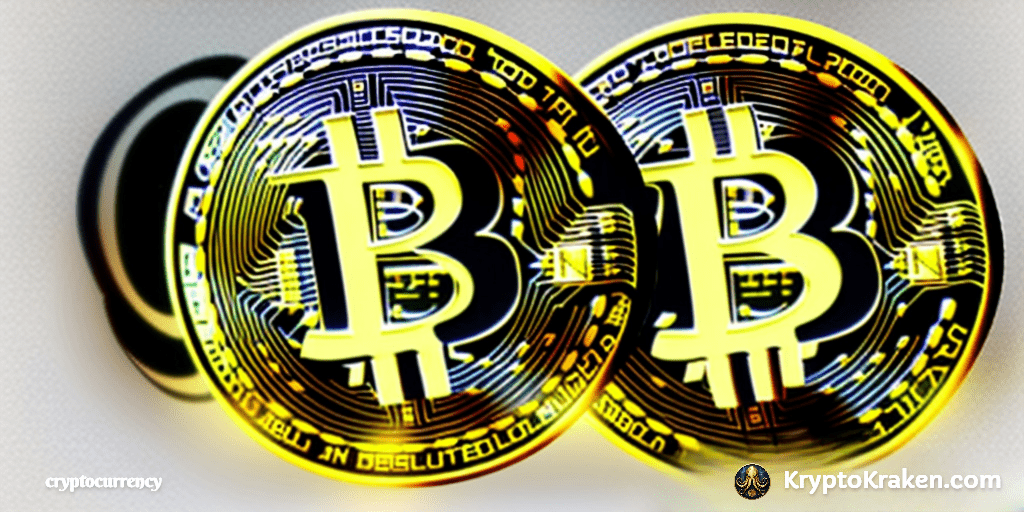
Buying Cryptocurrency
Once you’ve set up and secured your digital wallet, it’s time to buy Cryptocurrency. Here’s what you should consider.
Researching Different Cryptocurrencies
Not all Cryptocurrencies are created equal. Some are more secure, more stable, or have better ROI potential than others. Therefore, research different Cryptocurrencies to understand their basics, market trends, and possible future value.
Choosing a Cryptocurrency Exchange
Choosing a Cryptocurrency exchange is also an essential part of buying Cryptocurrency. Look for regulated and trustworthy exchanges with low fees and excellent customer support.
Making Your First Purchase
When making your first Cryptocurrency purchase, it’s crucial to start small—invest only what you can afford to lose. After buying, transfer the Cryptocurrency to your secure digital wallet for safekeeping.
Selling Cryptocurrency
Selling Cryptocurrency can be as promising as buying. Let’s explore how you can sell your Cryptocurrency.
When to Sell Your Cryptocurrency
Knowing when to sell your Cryptocurrency is a crucial part of the process. Ideally, selling when the market is up is always a safe bet. However, if you’re in it for the long haul, consider holding onto Cryptocurrency for some time to see if its value rises further.
Selling on an Exchange
To sell Cryptocurrency, find a trustworthy exchange, log into your wallet, select the Cryptocurrency you wish to sell, and place a sell order. Once the order is fulfilled, withdraw the funds from the exchange to your digital wallet.
Peer-to-Peer Trading
Another way to sell Cryptocurrency is through peer-to-peer trading, where you sell your Cryptocurrency directly to a buyer without involving an exchange. However, ensure you’re dealing with a trusted party to avoid being scammed.
Conclusion
Cryptocurrency, NFTs, and Nodes are slowly gaining mainstream acceptance. Understanding how they work and how to buy and sell them is an excellent investment knowledge for anyone. With this guide, we hope we’ve given you a solid foundation to start exploring the world of Cryptocurrency, NFTs, and Nodes comfortably.





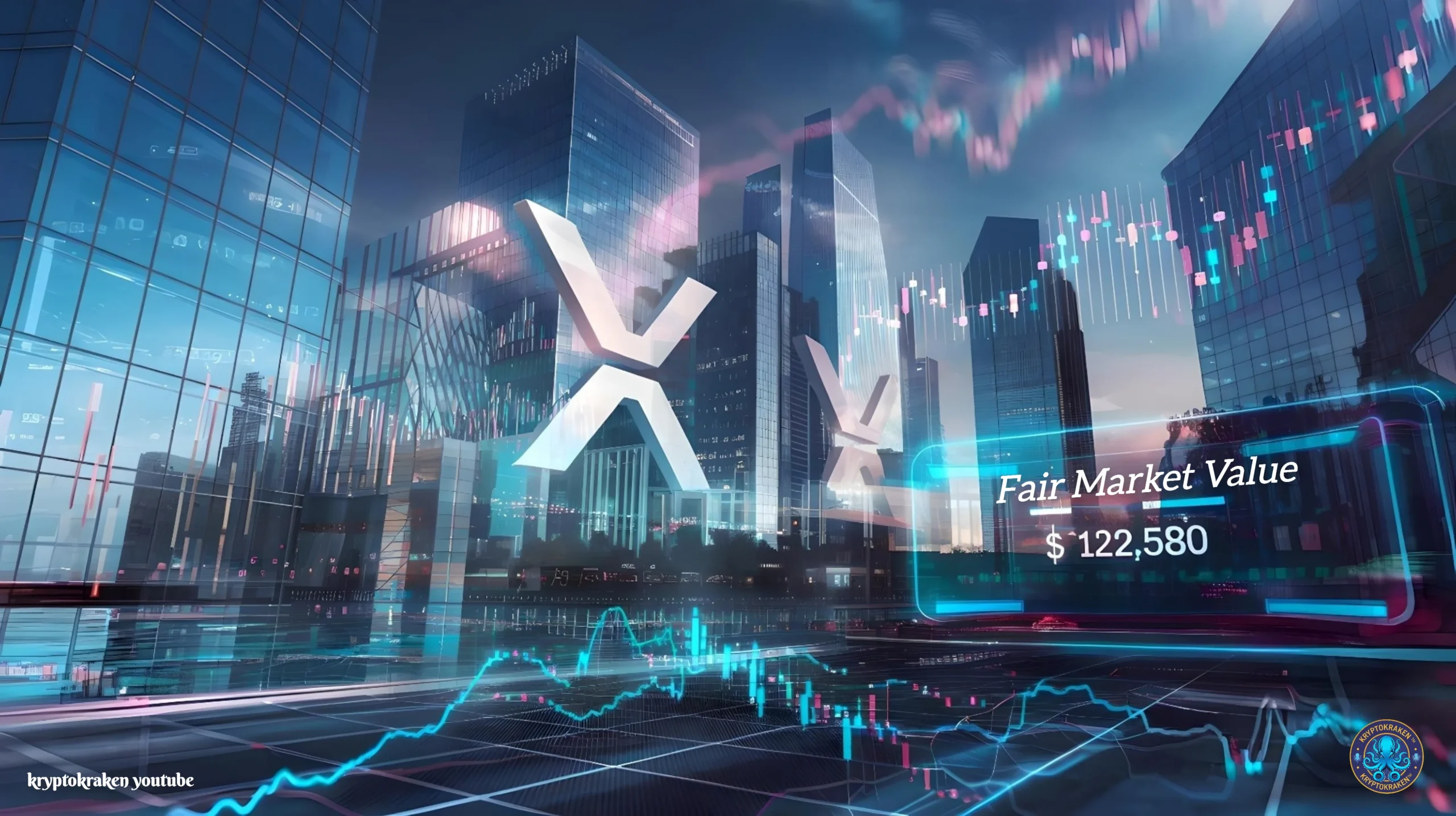
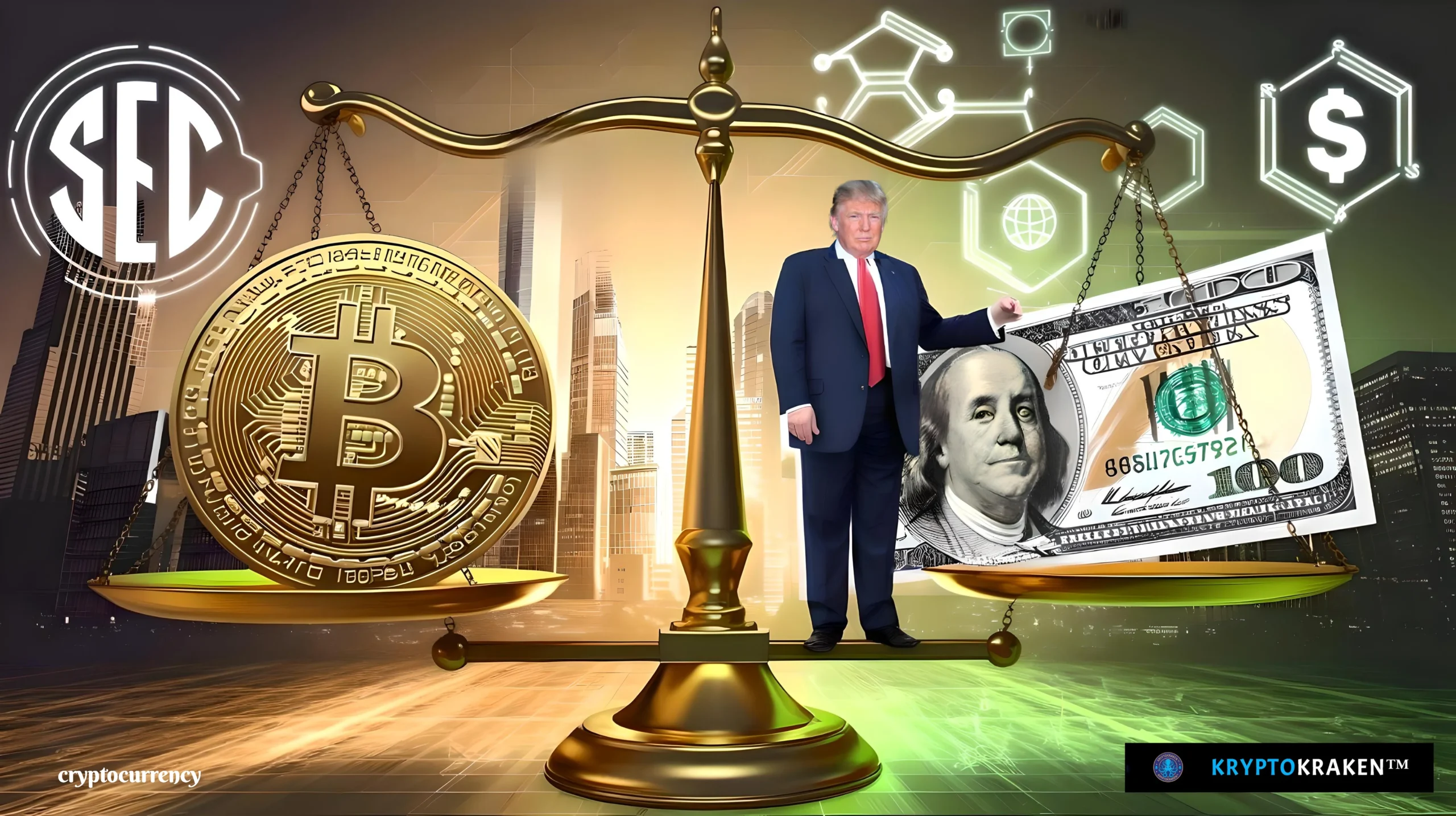

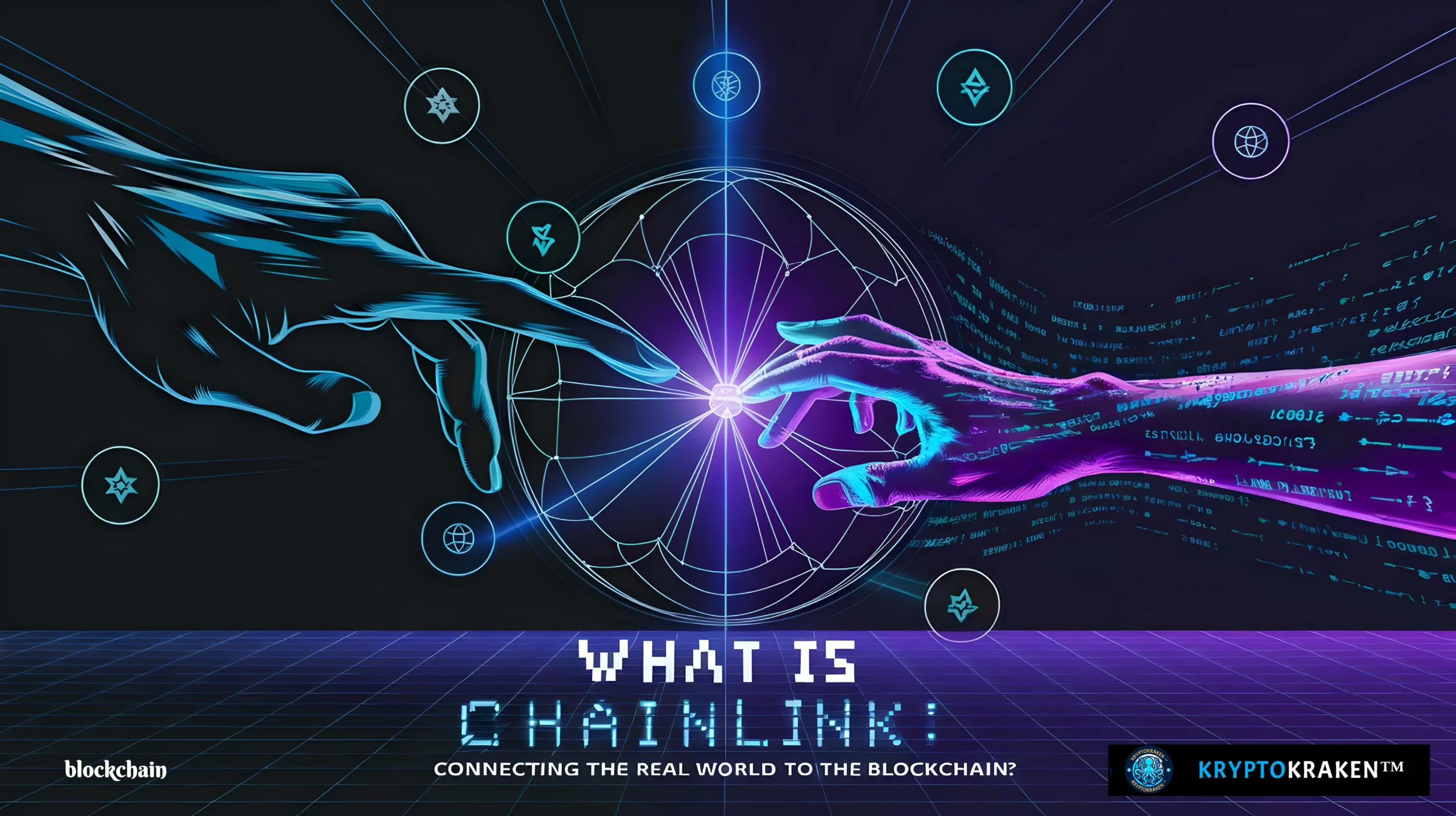
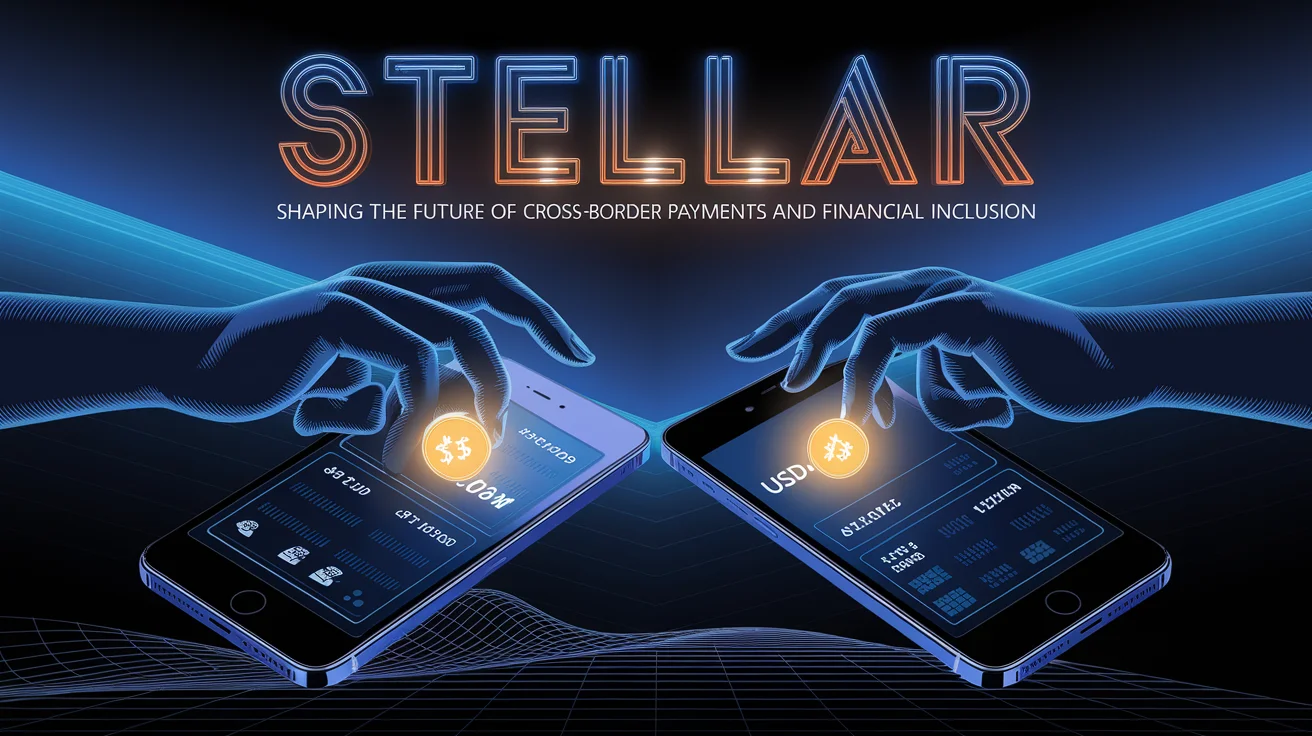
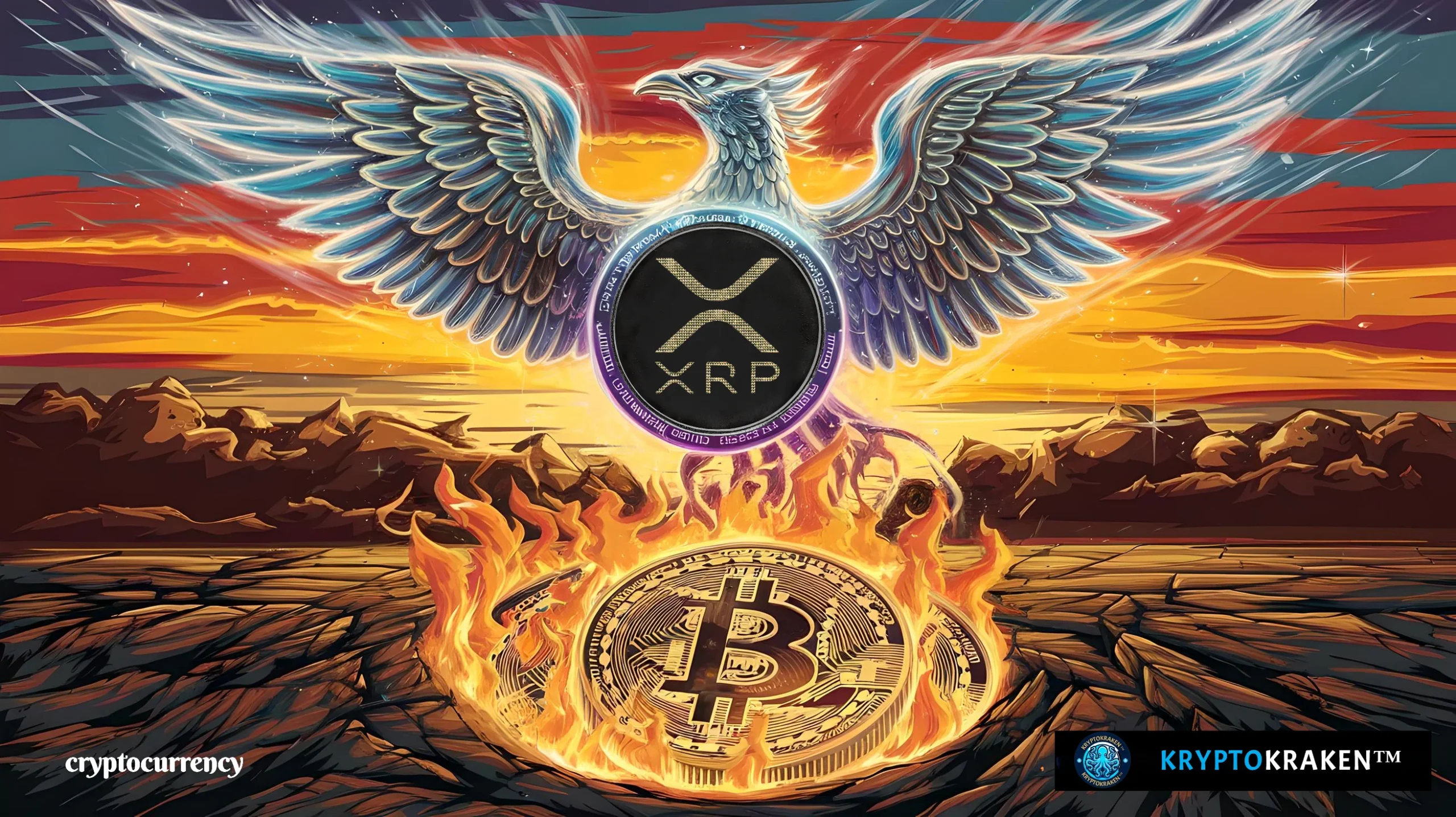
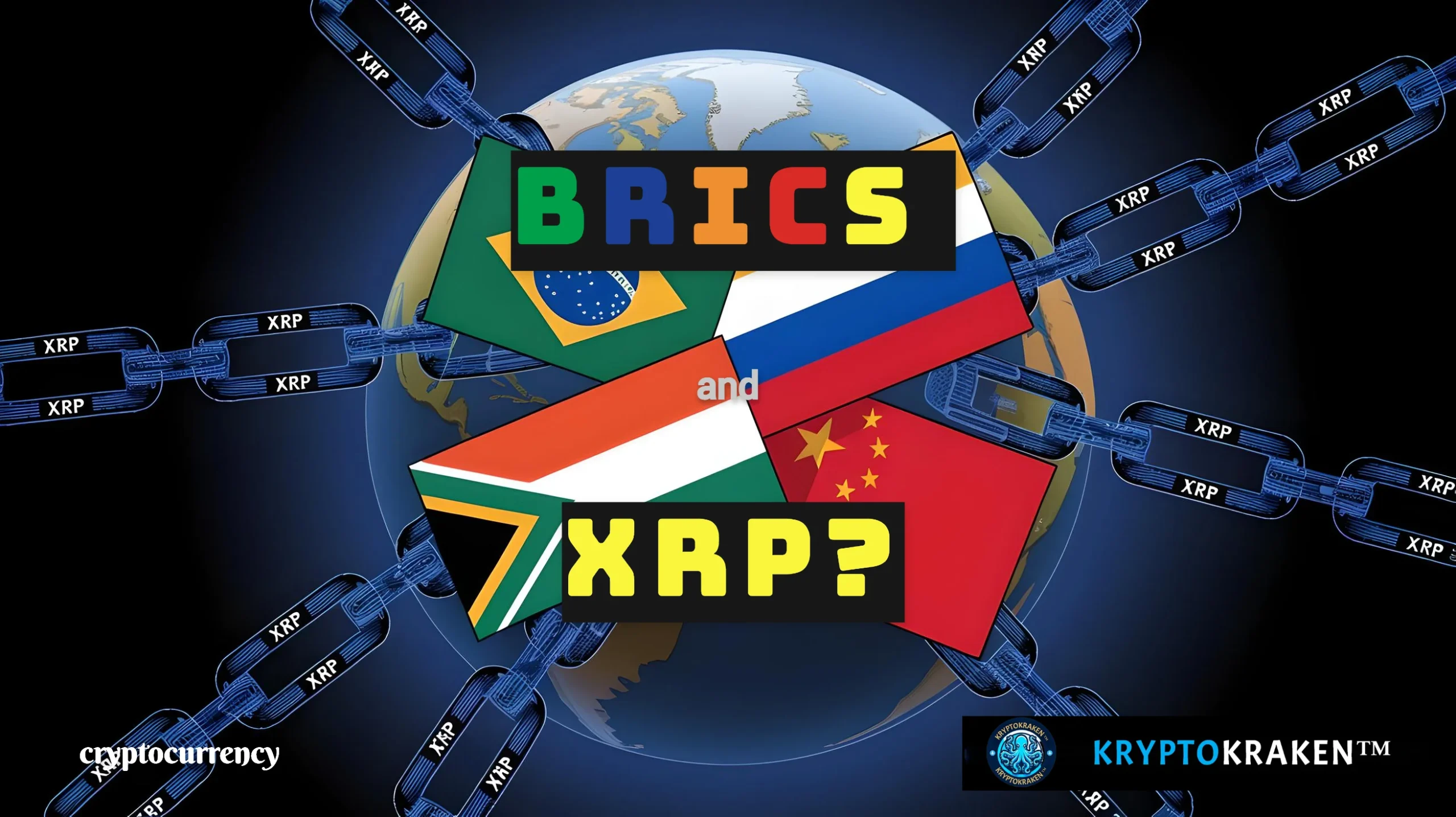
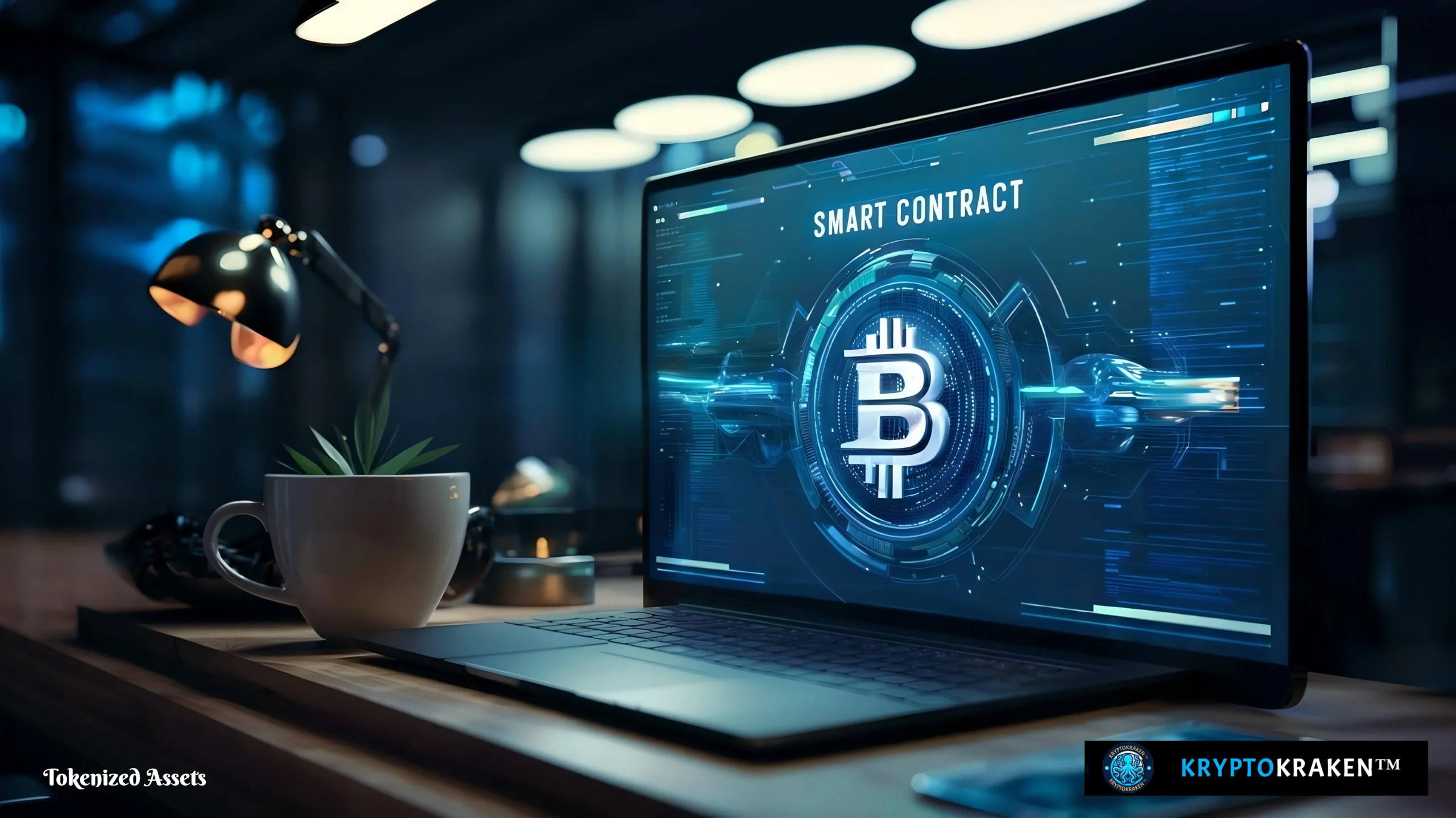
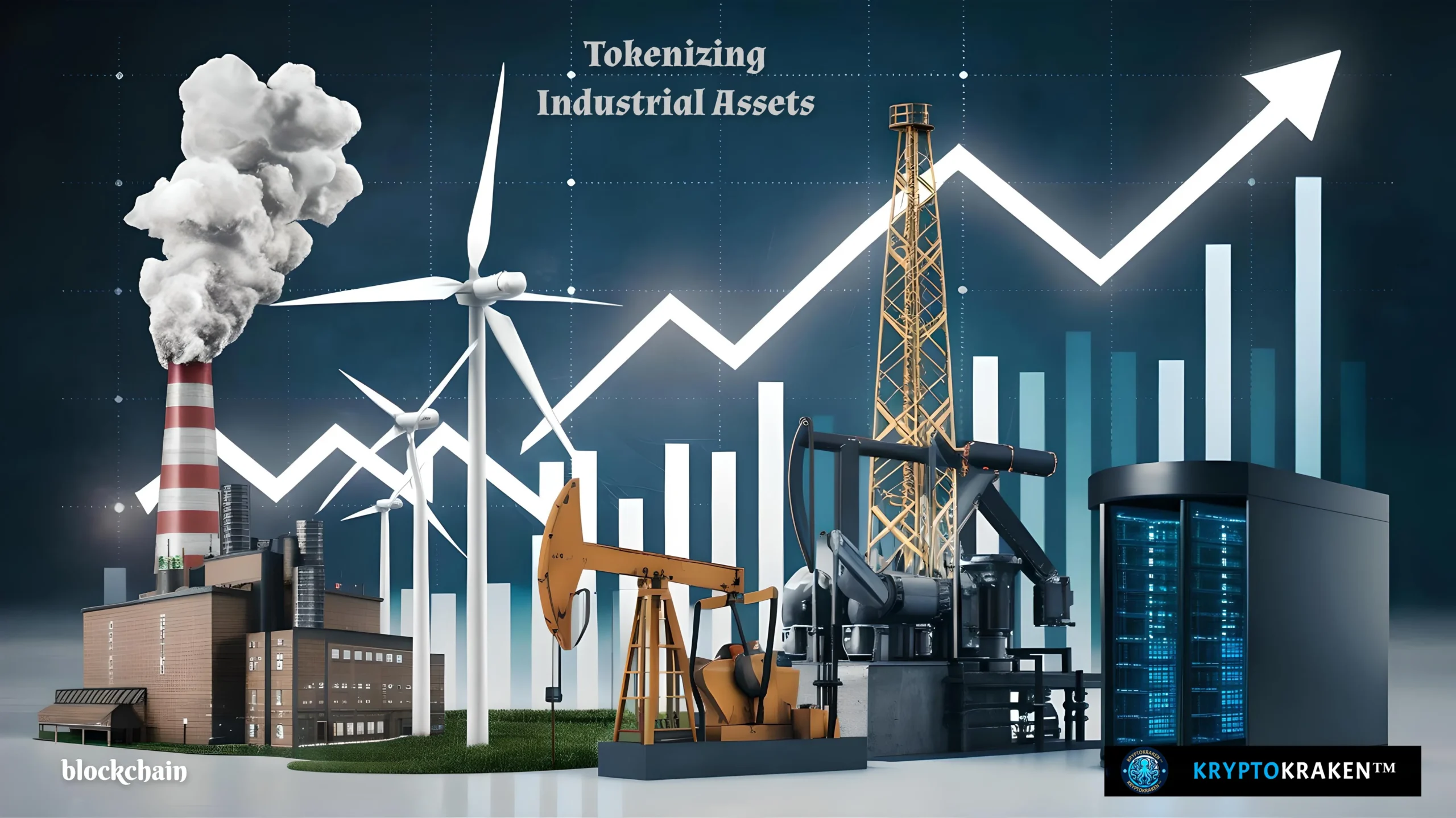
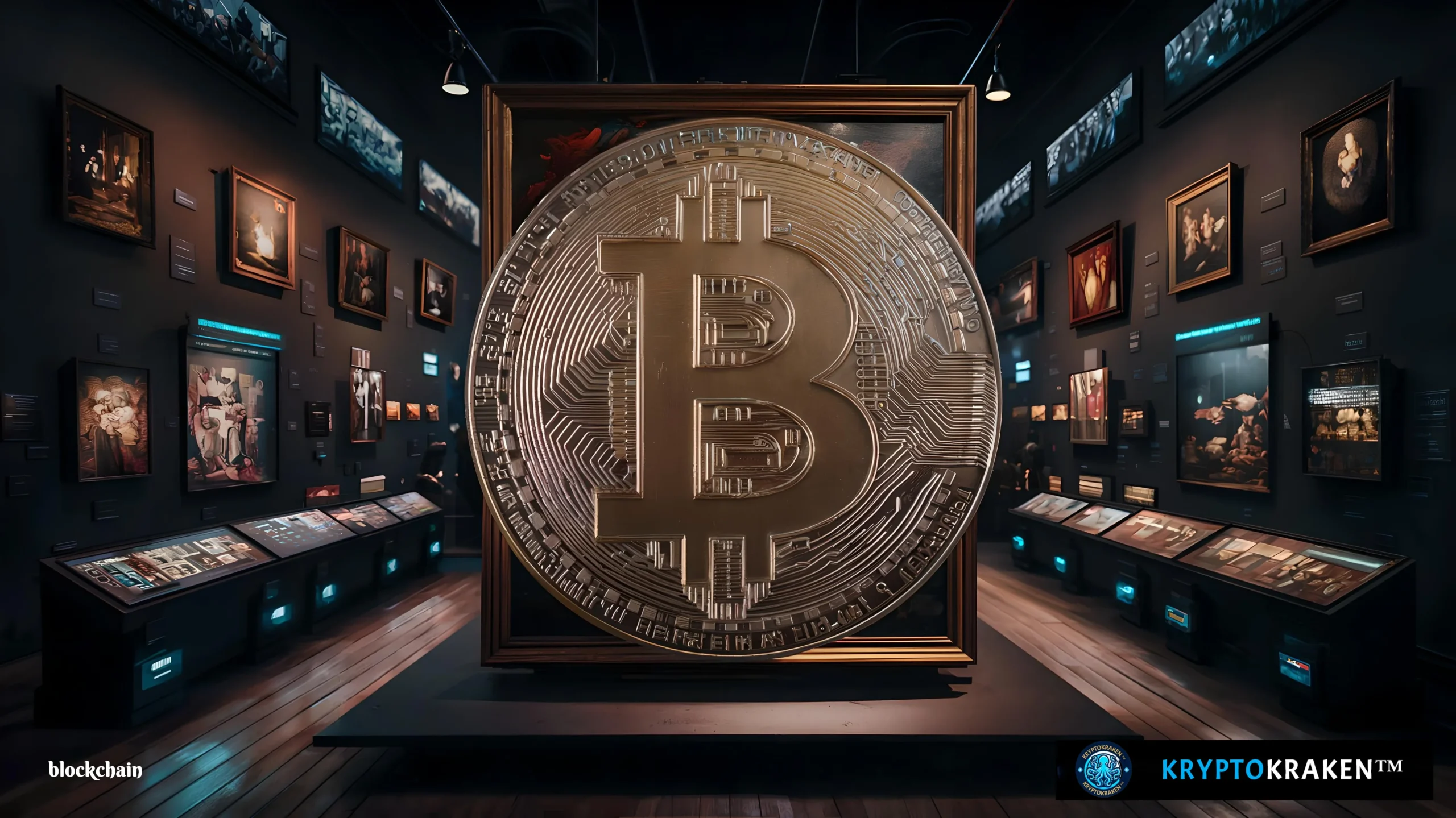
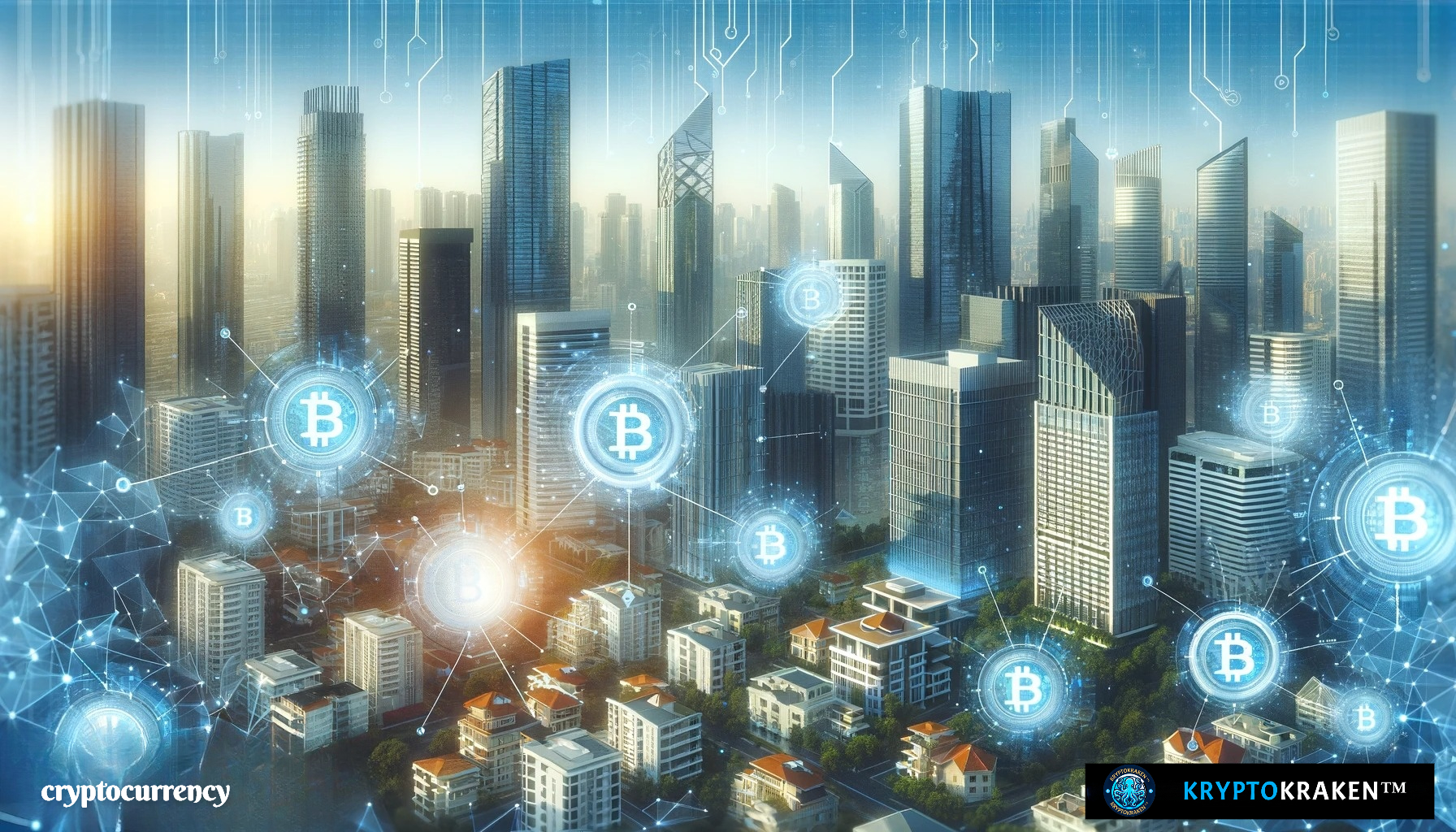
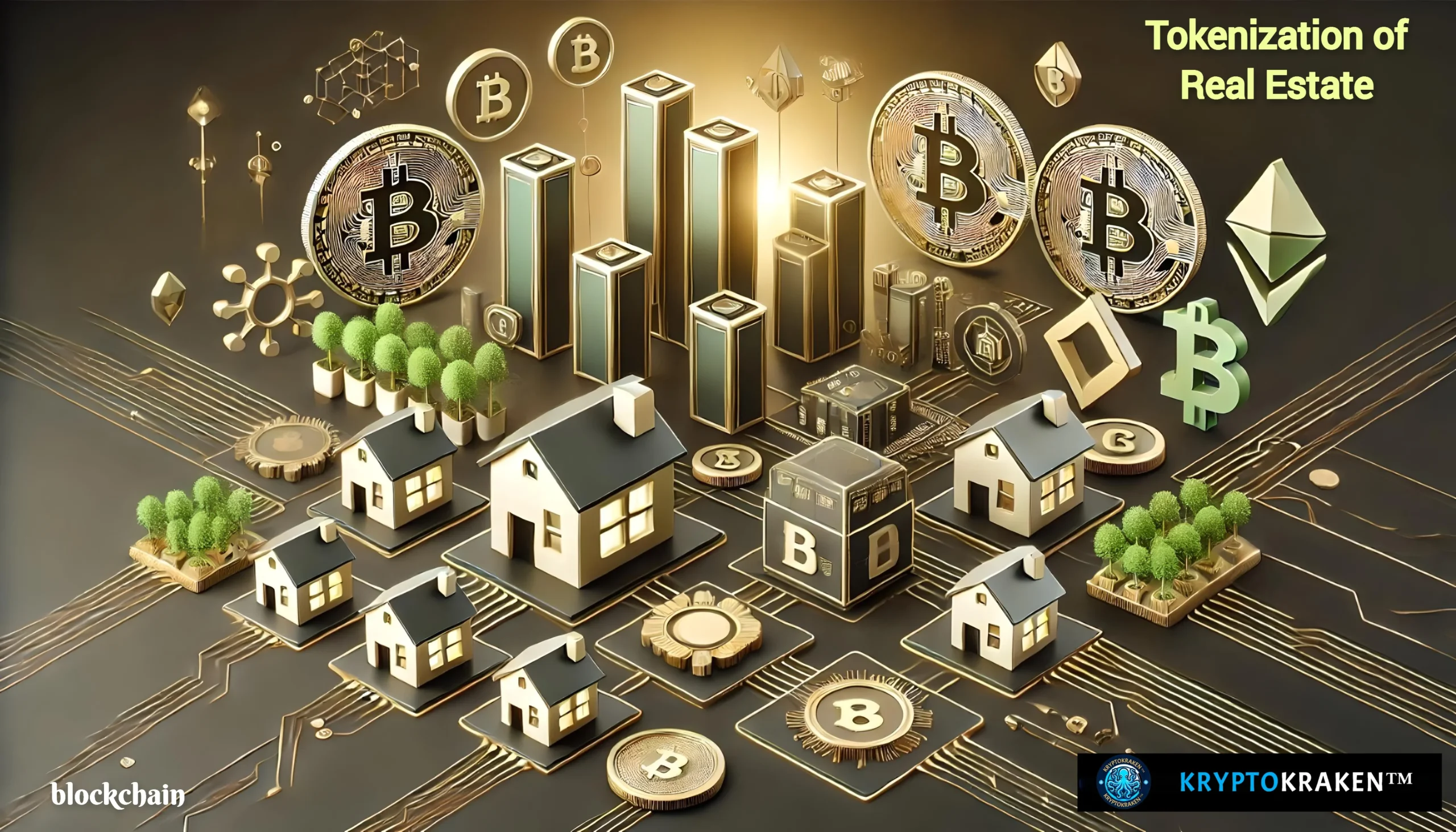
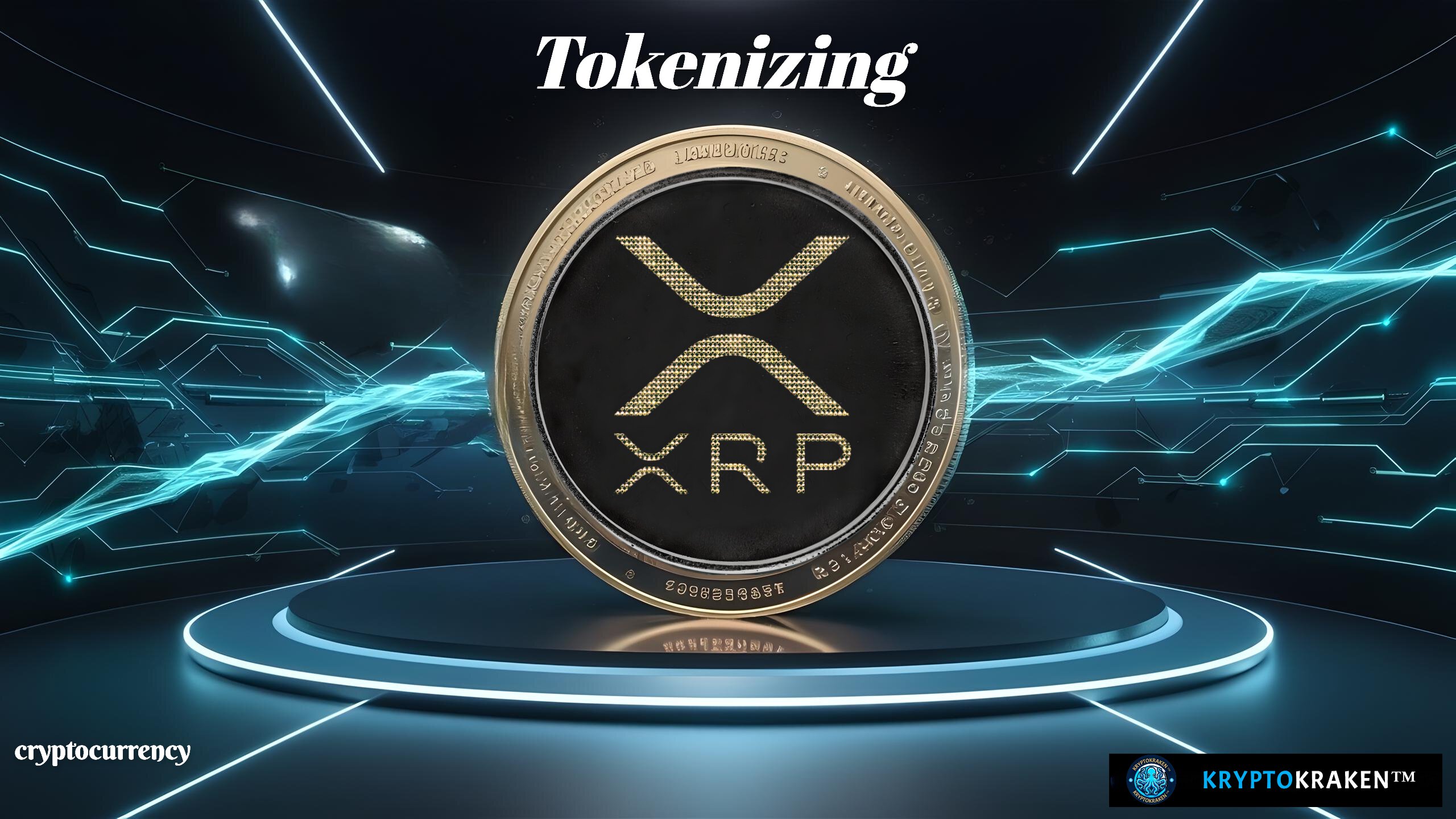
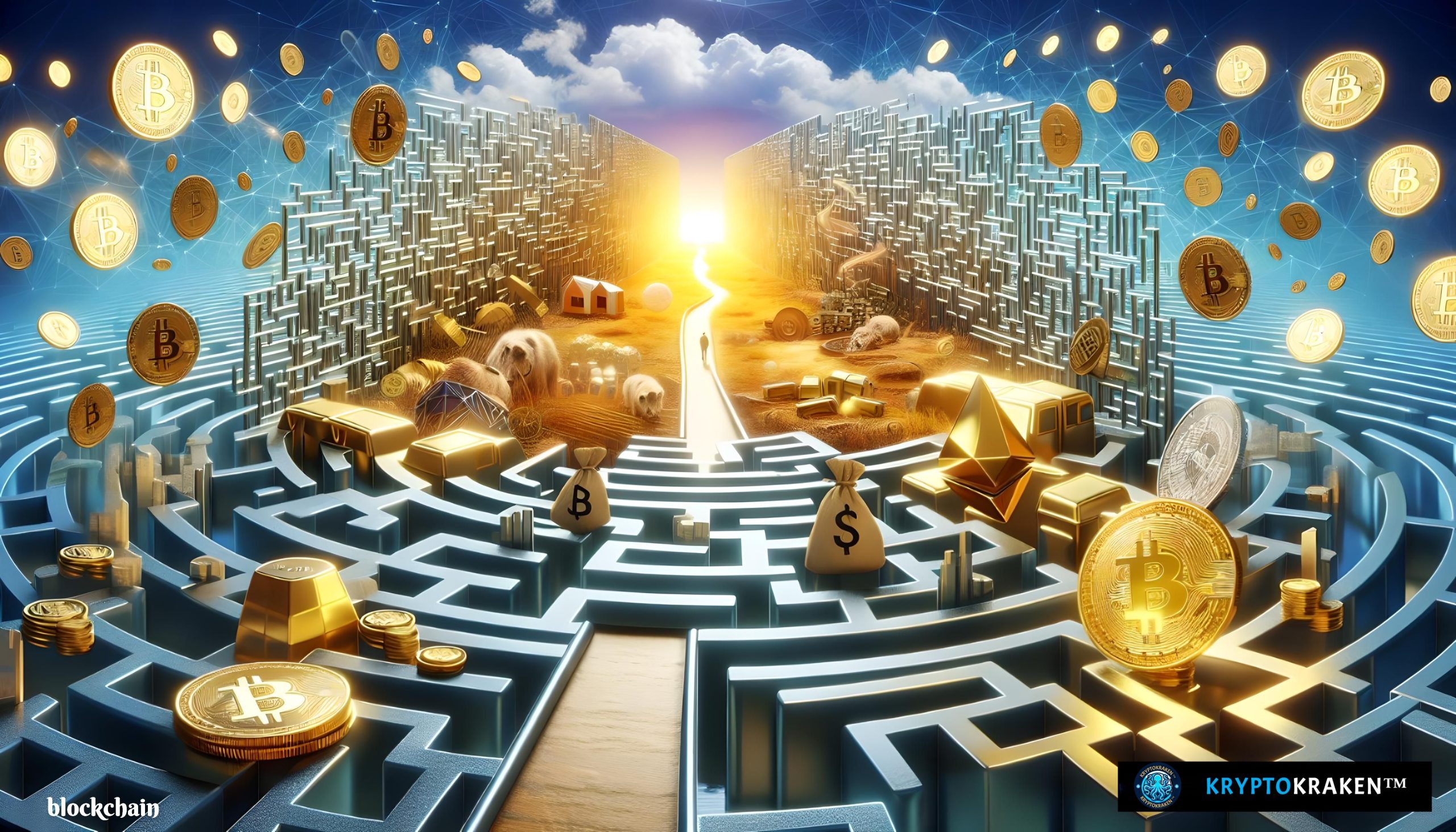

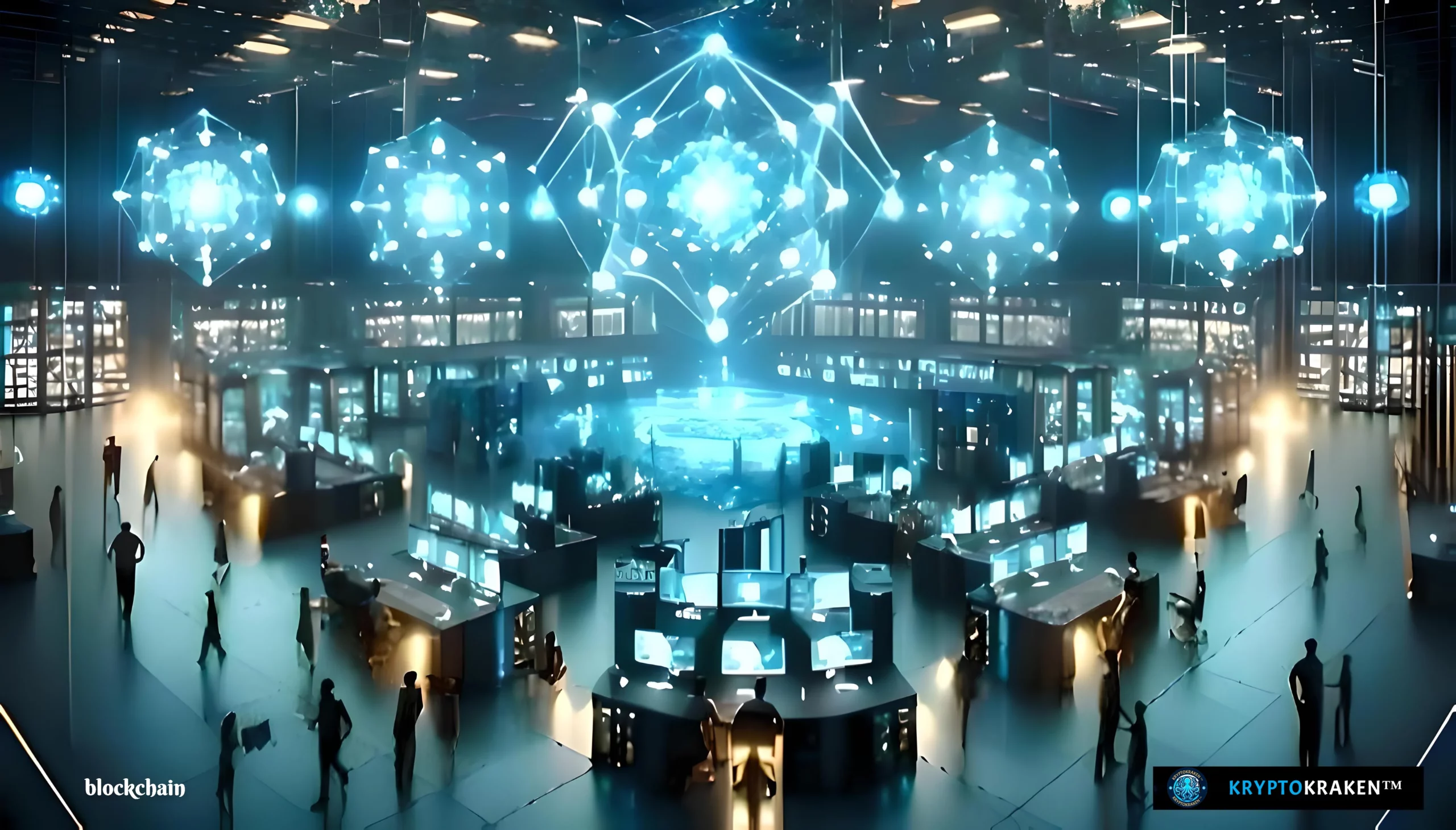

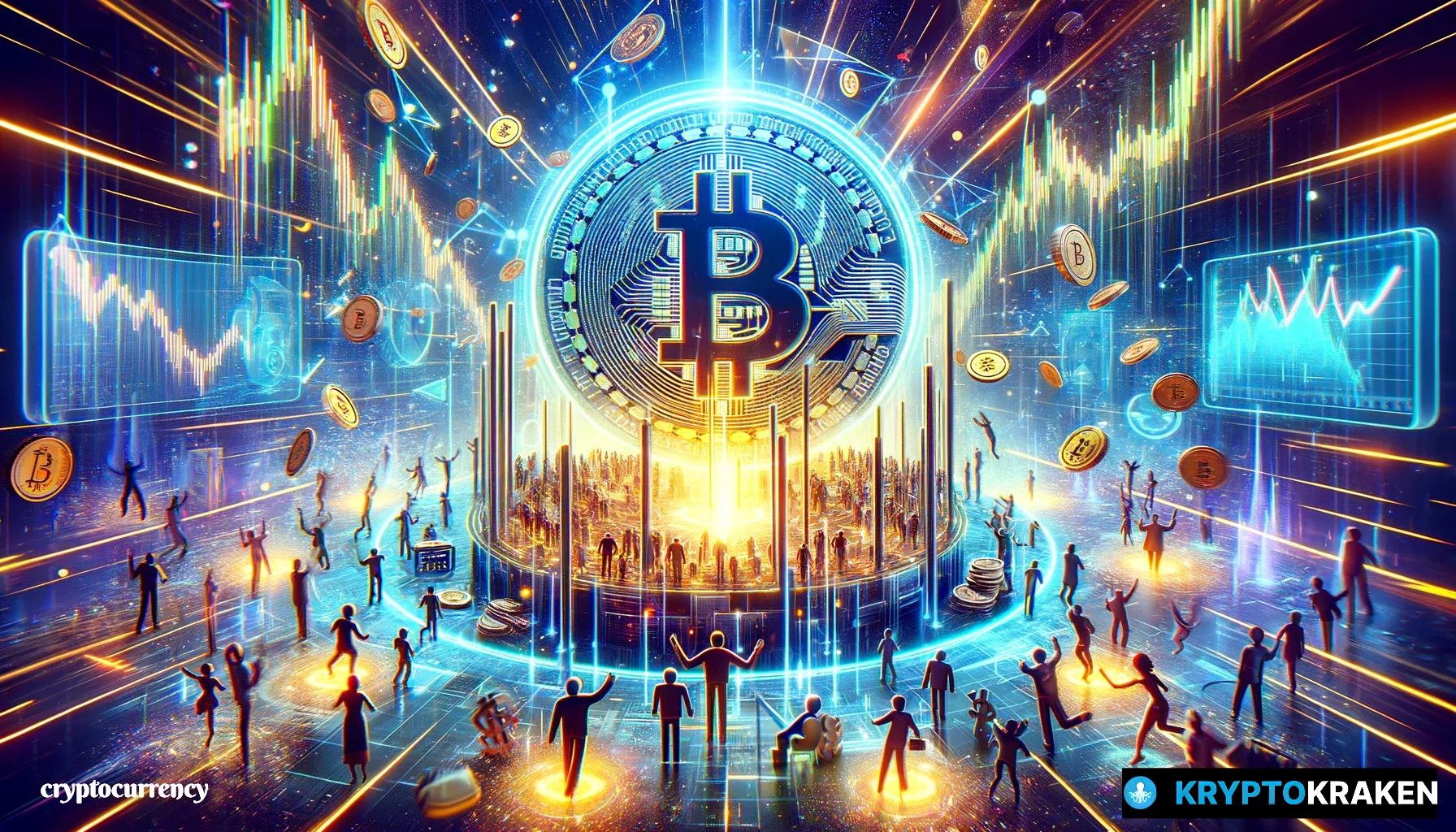
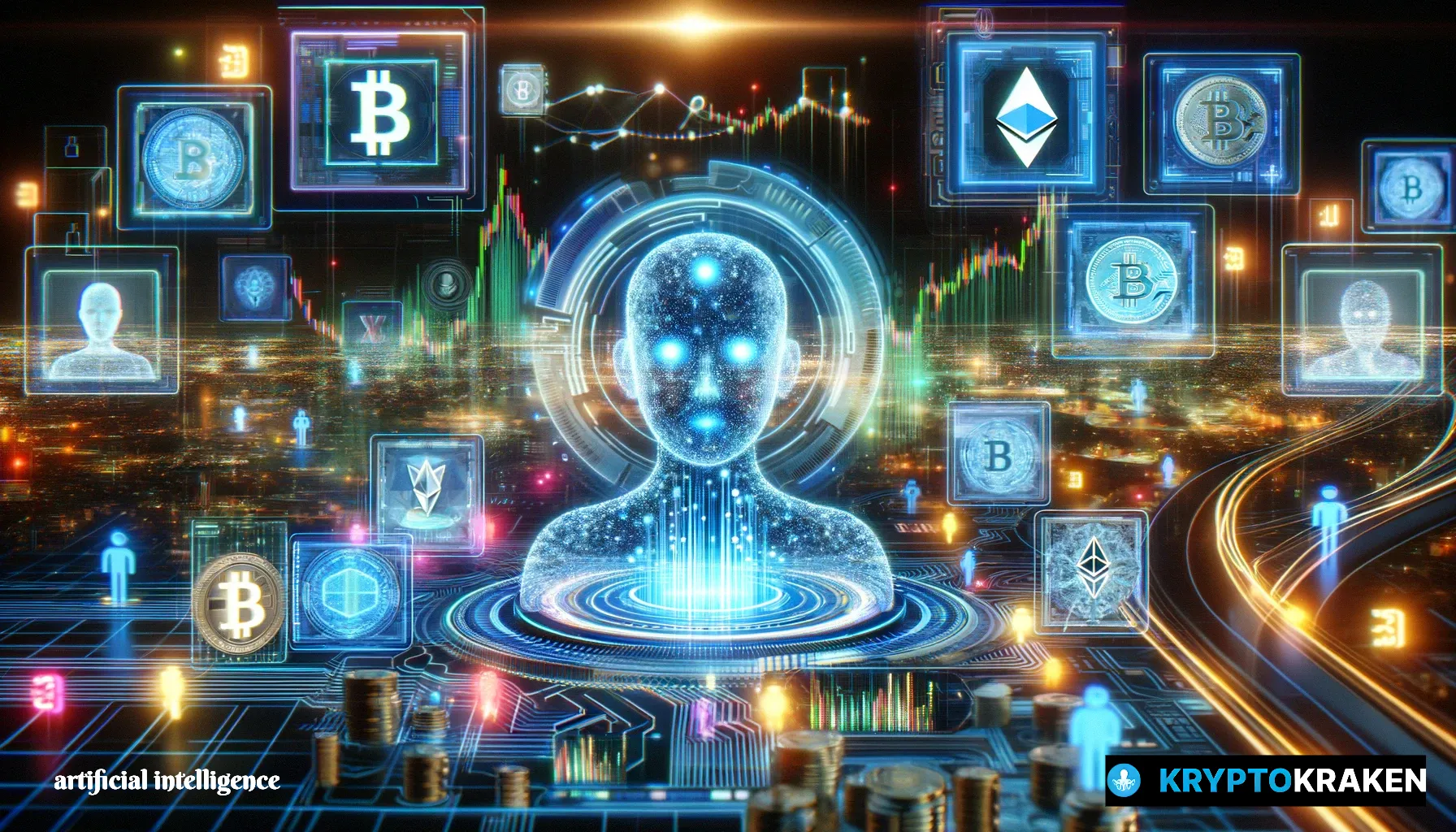
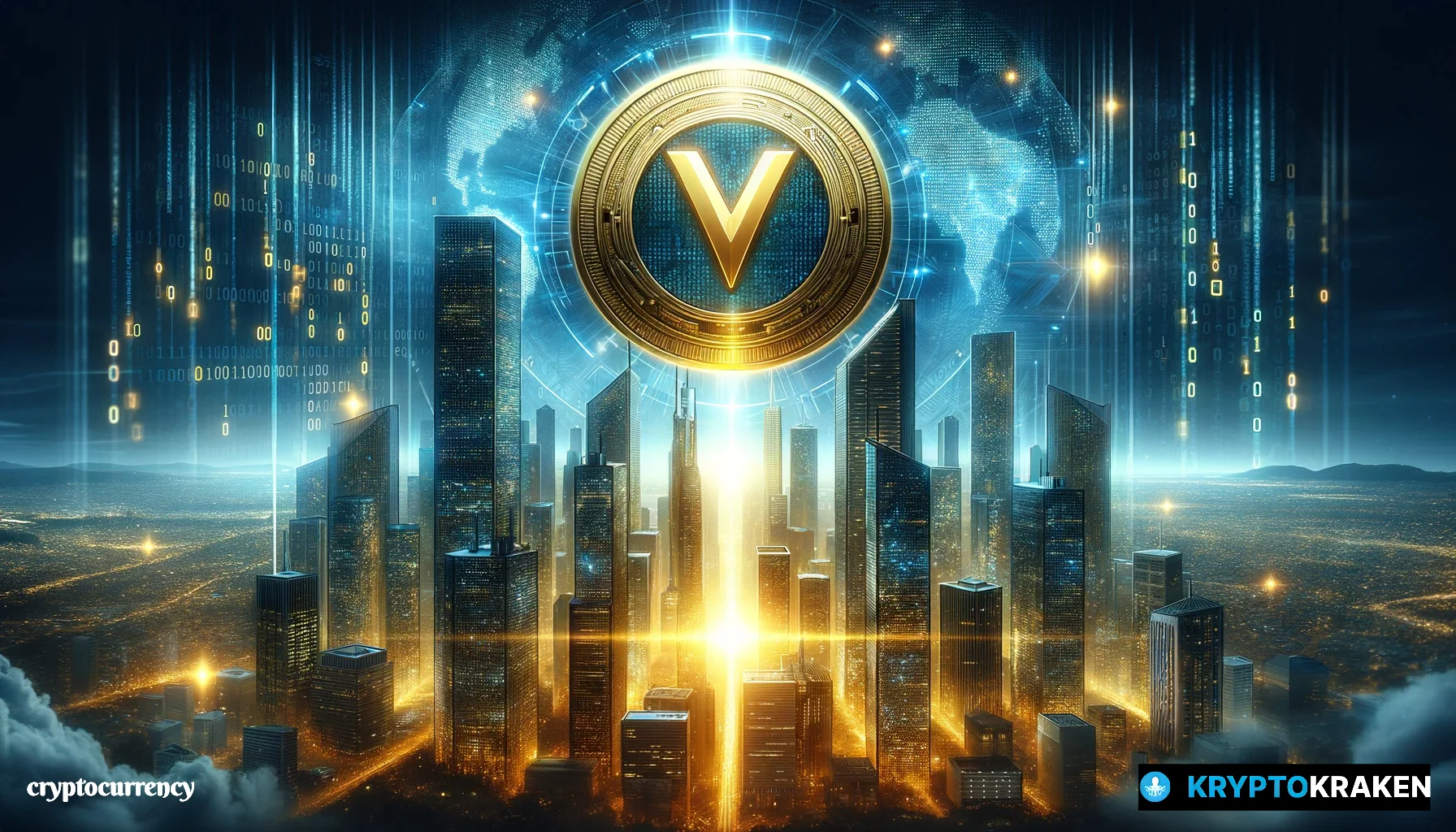
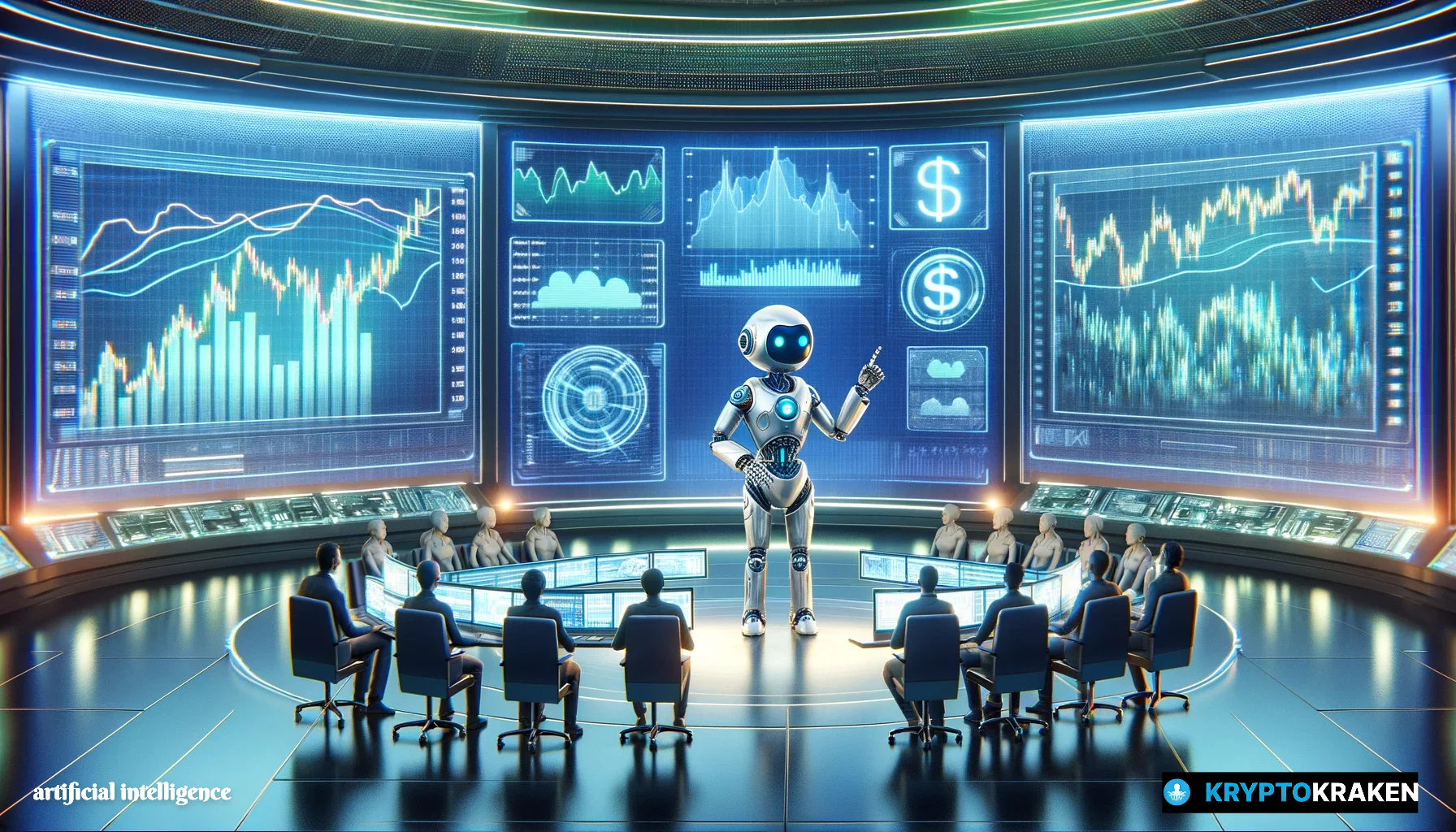
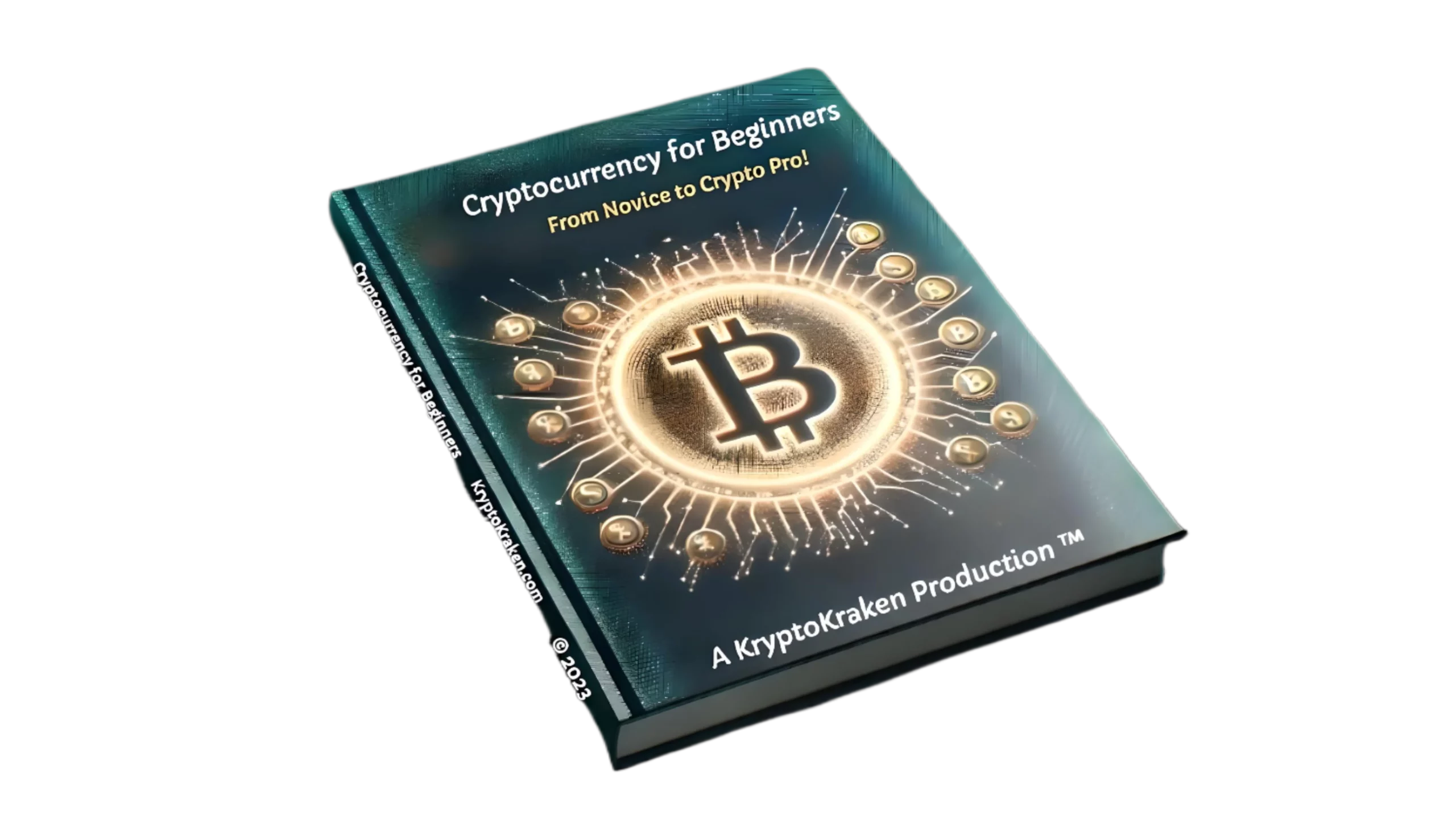
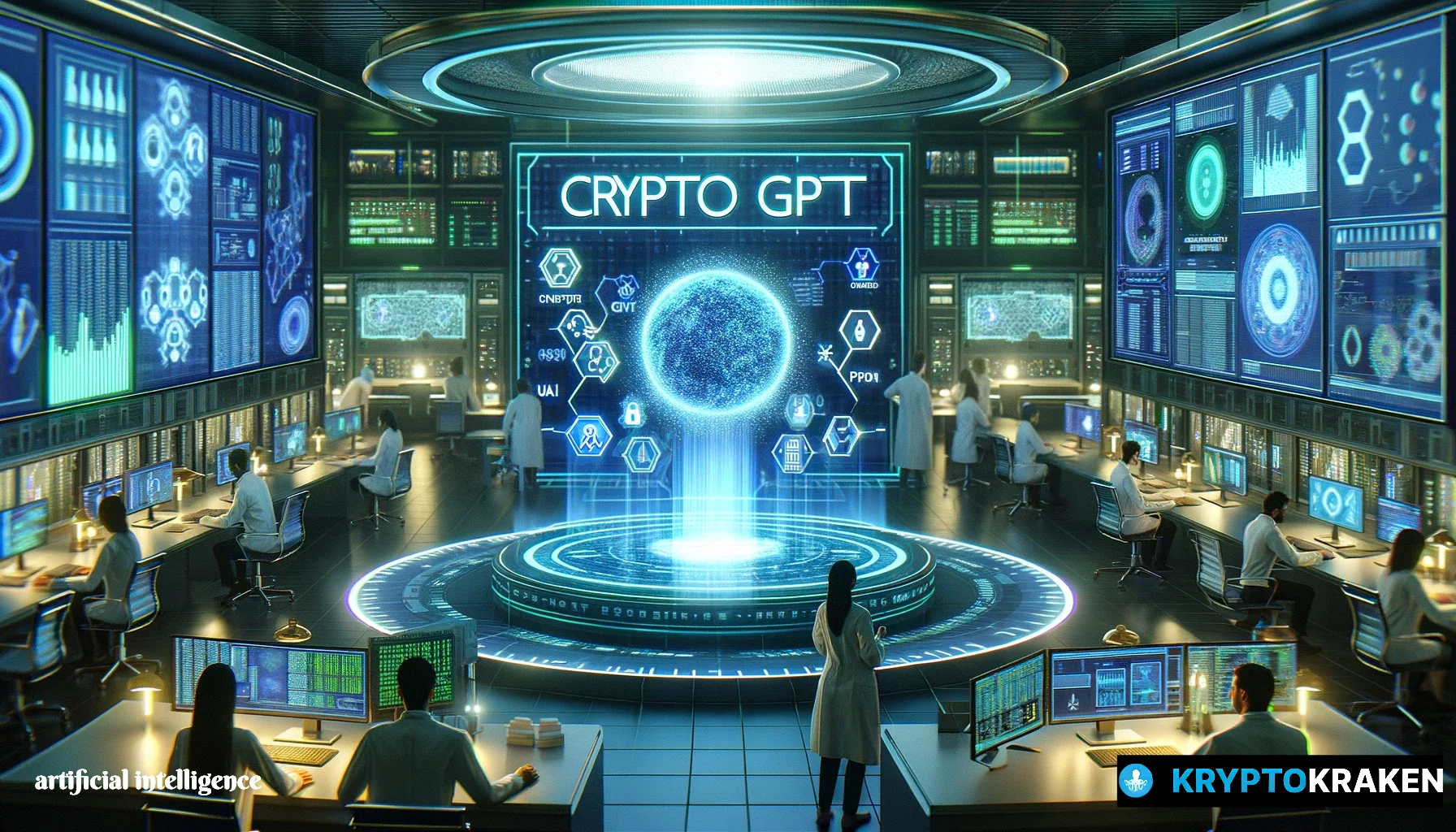
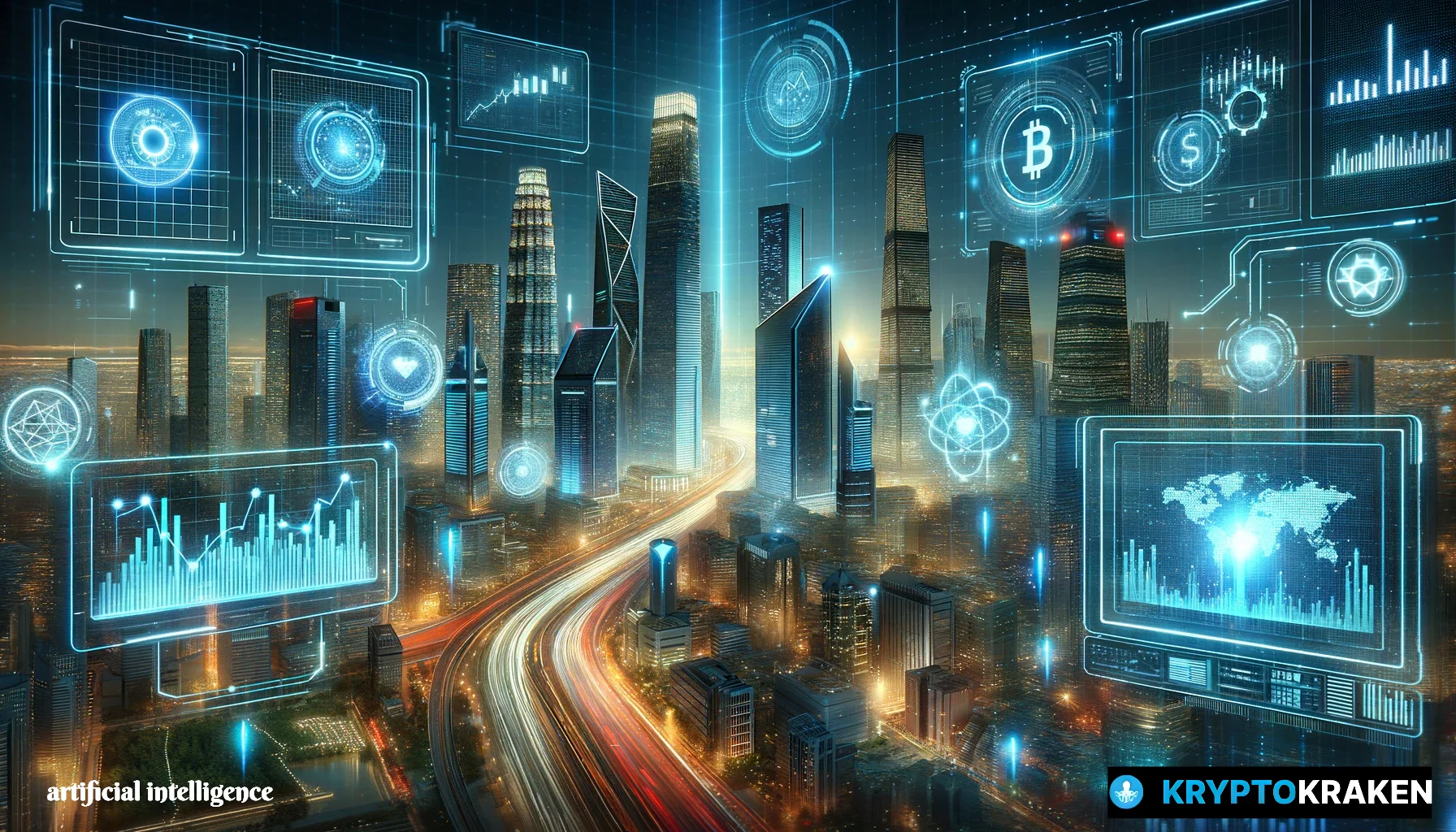
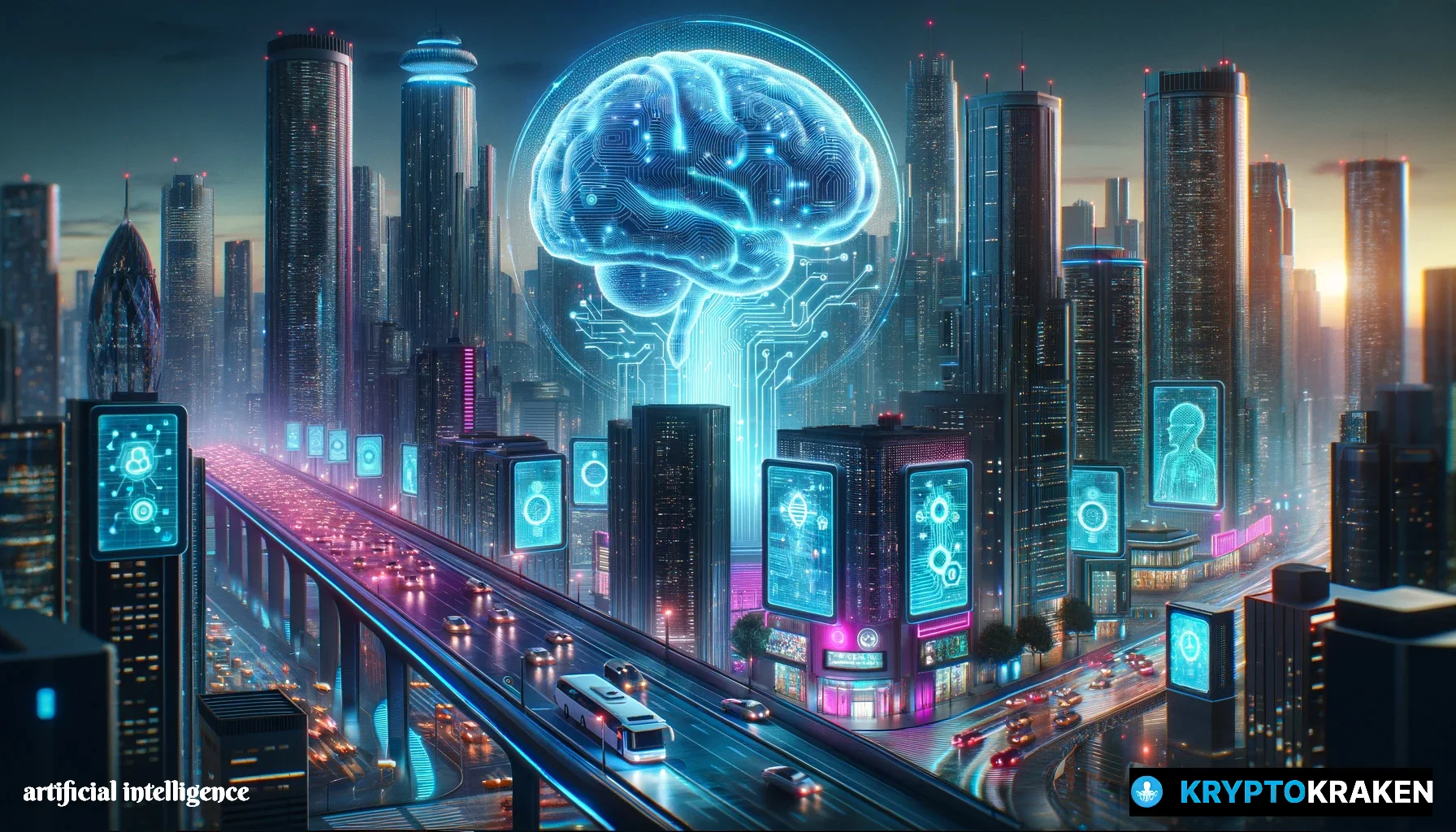
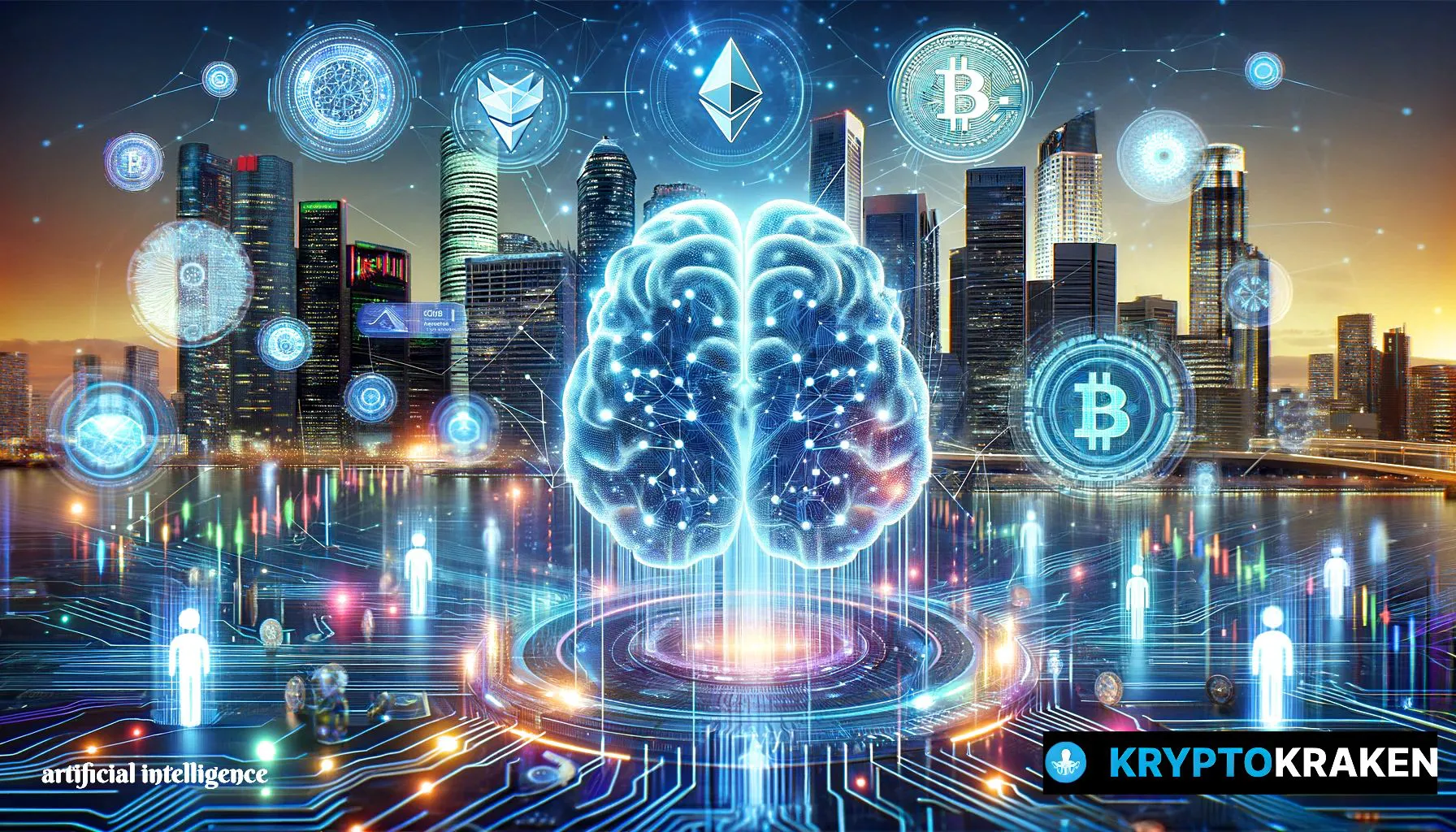
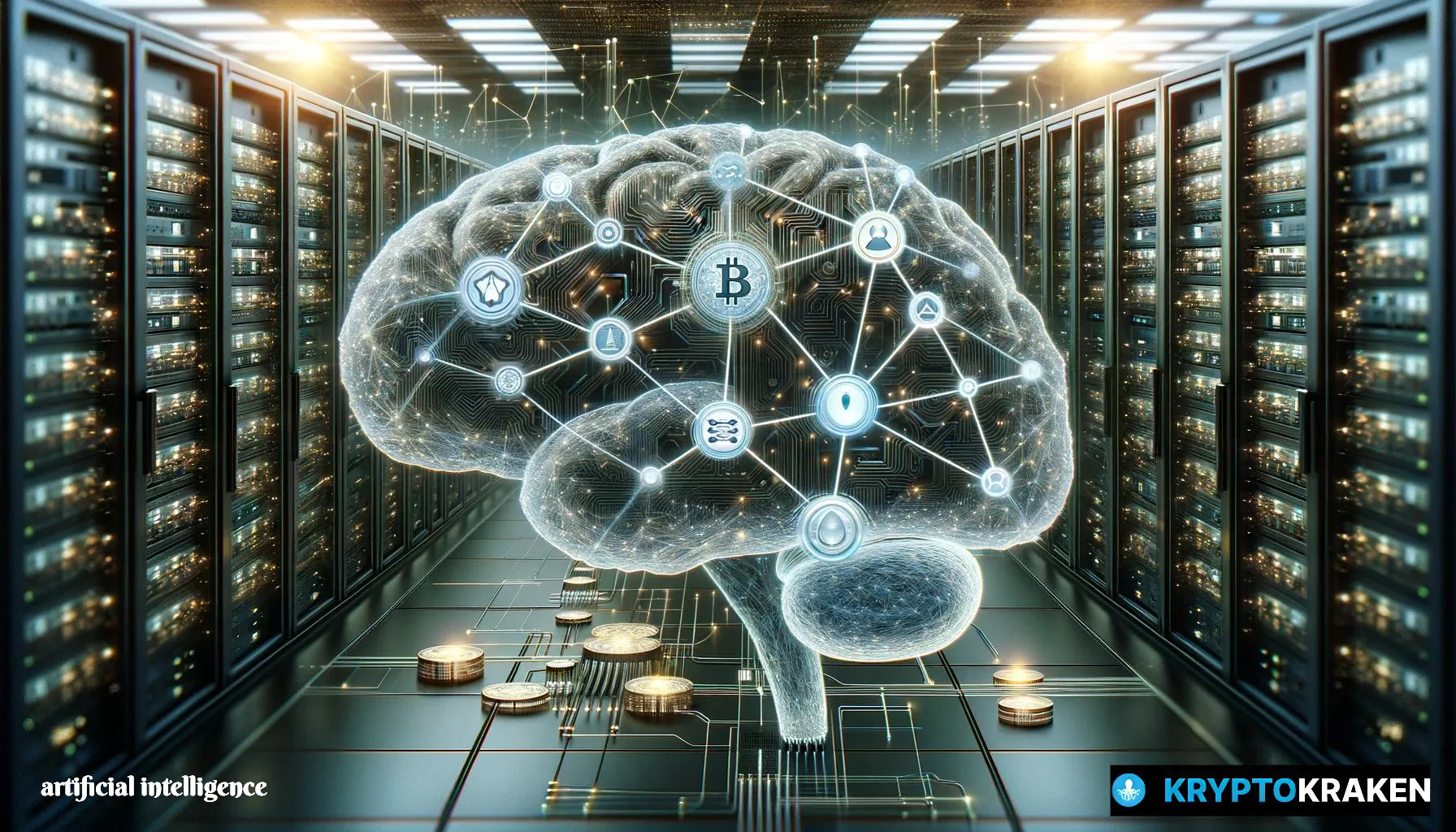
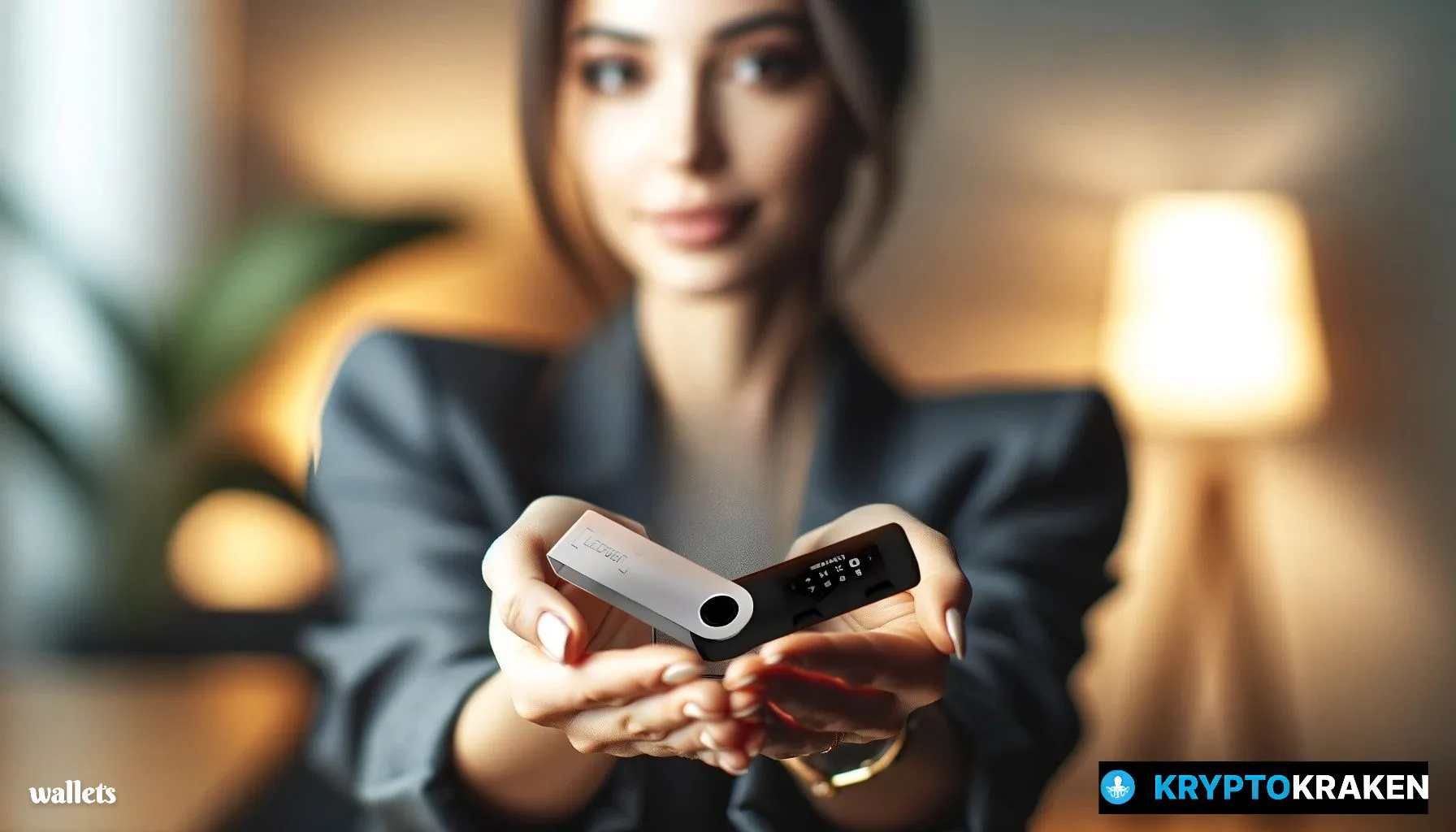
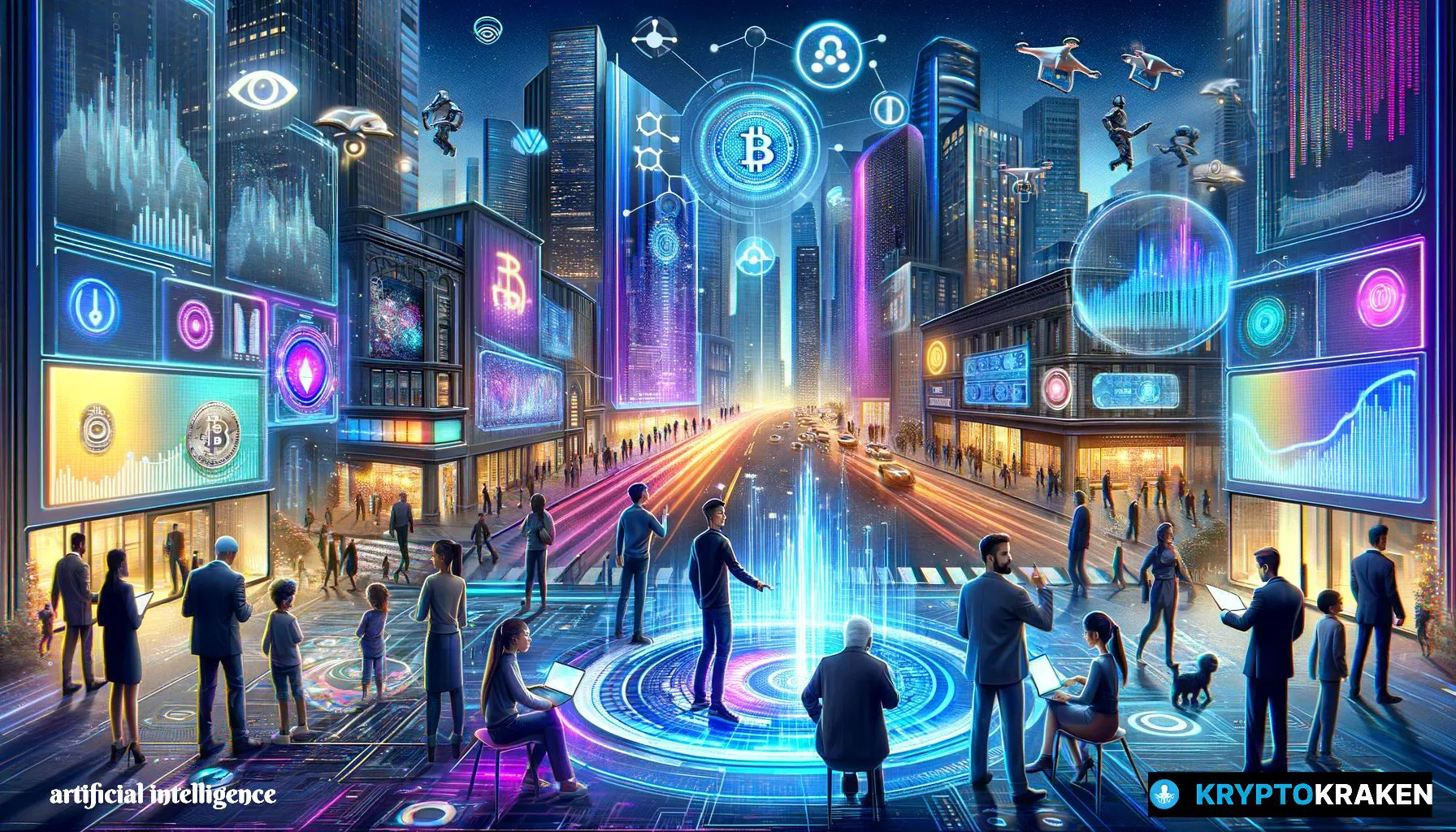
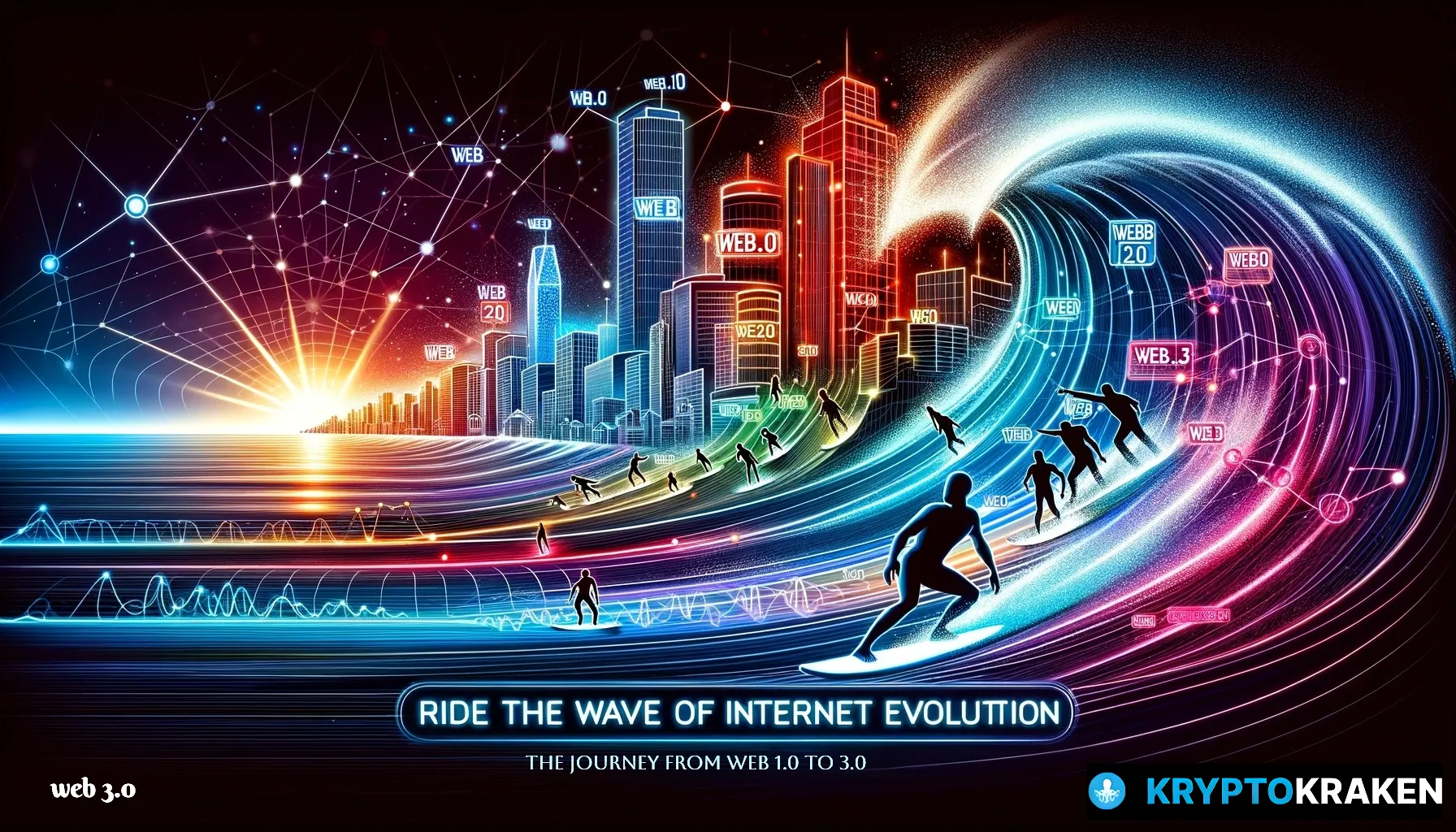

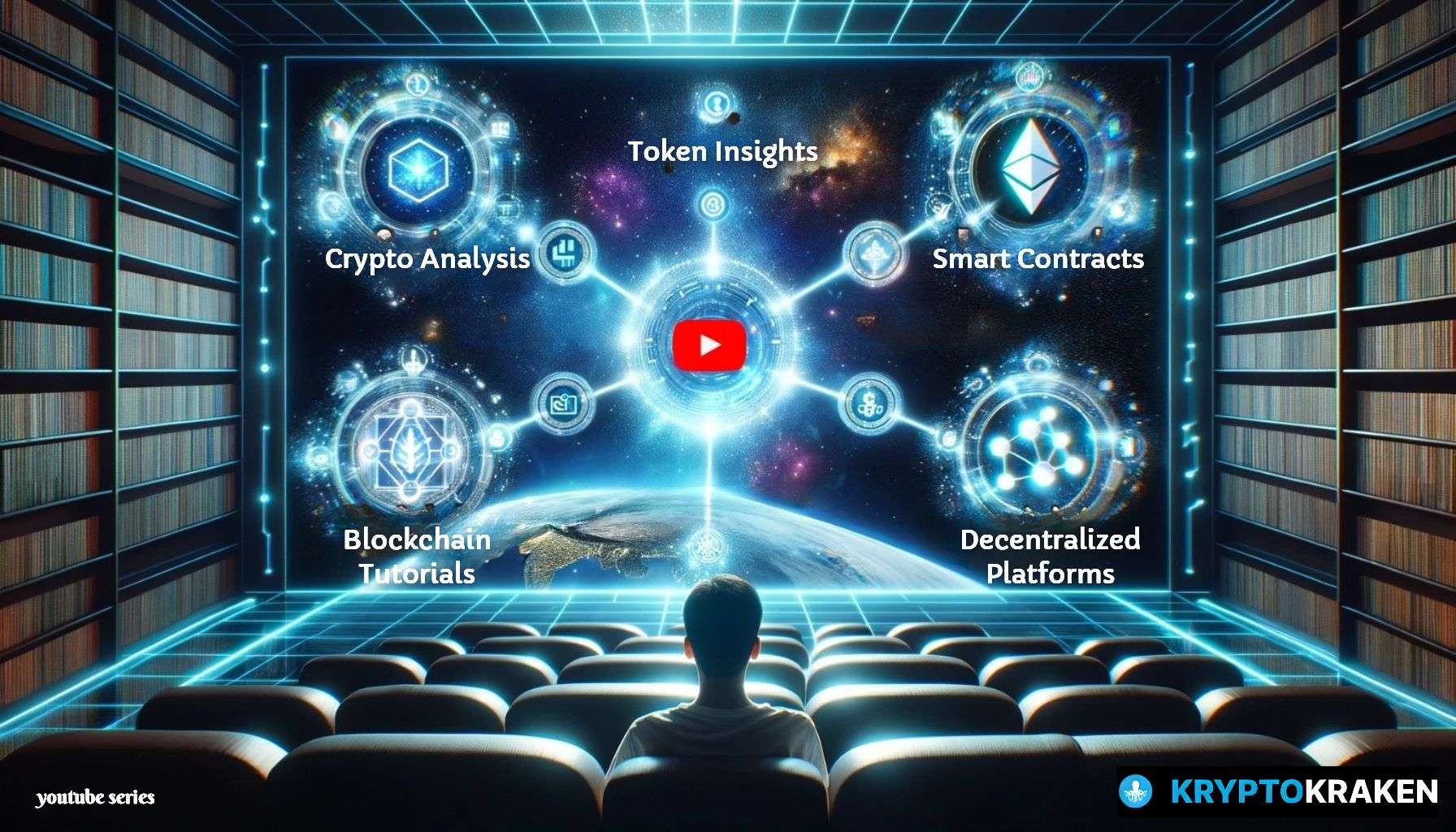
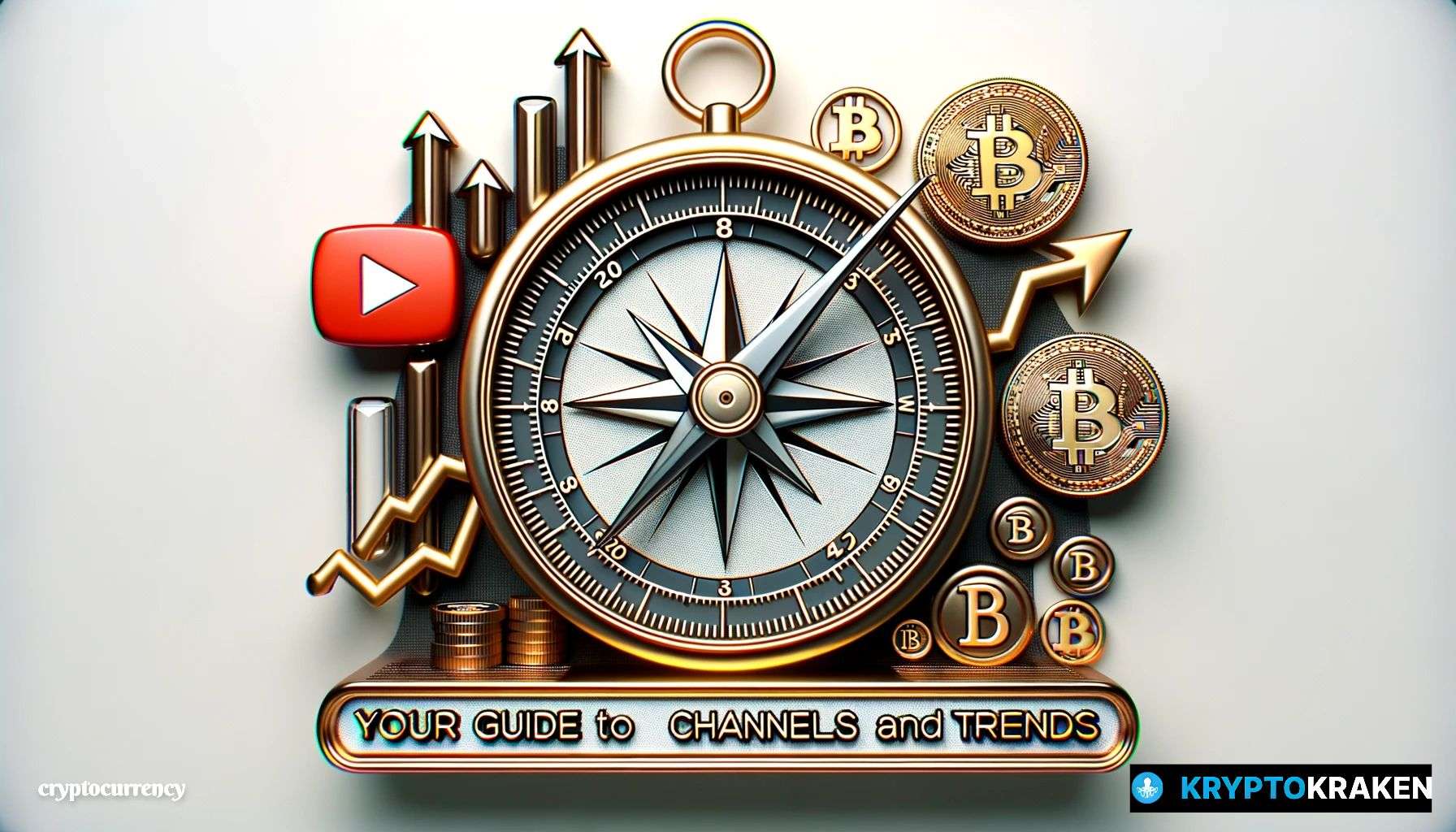

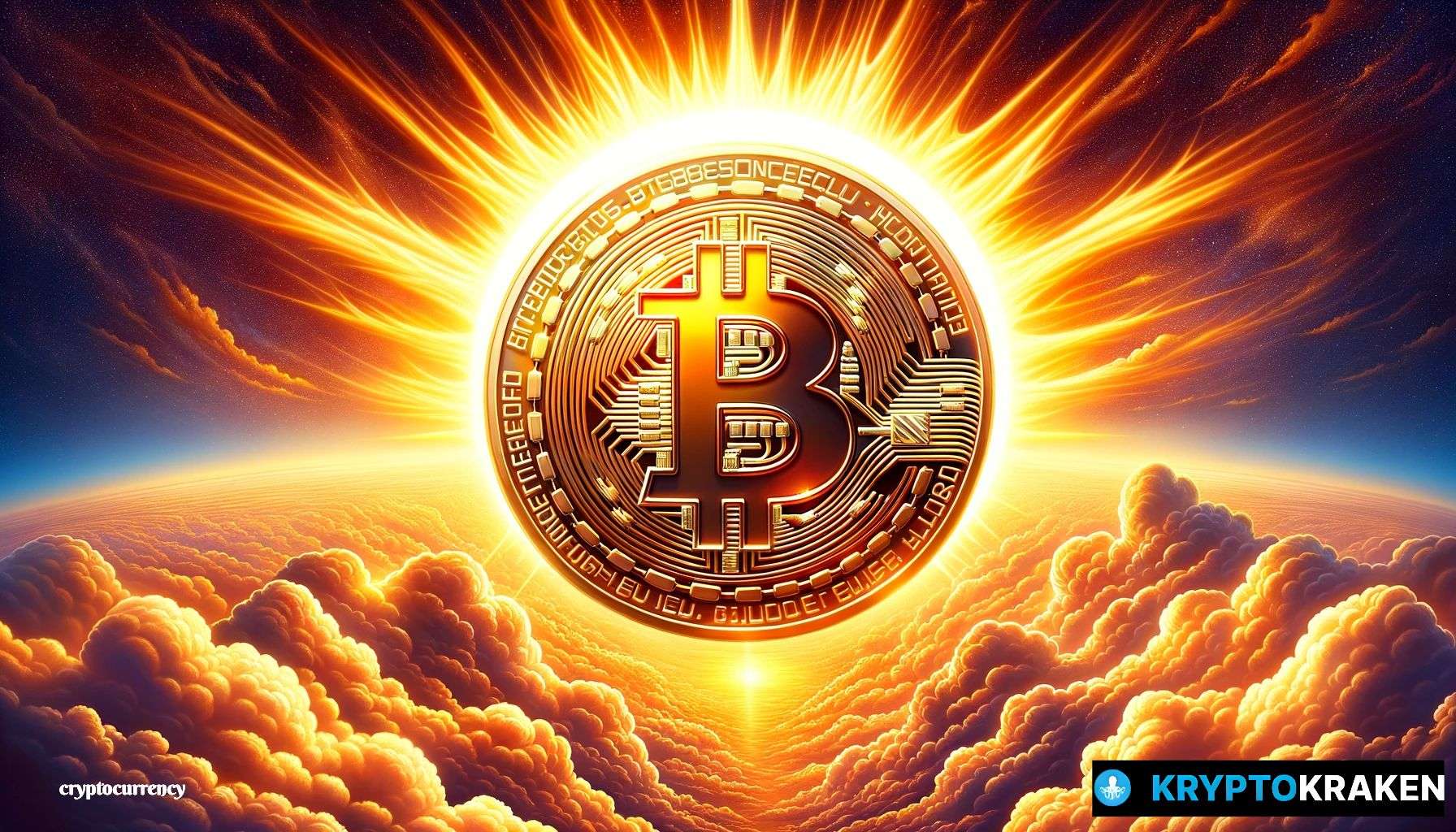
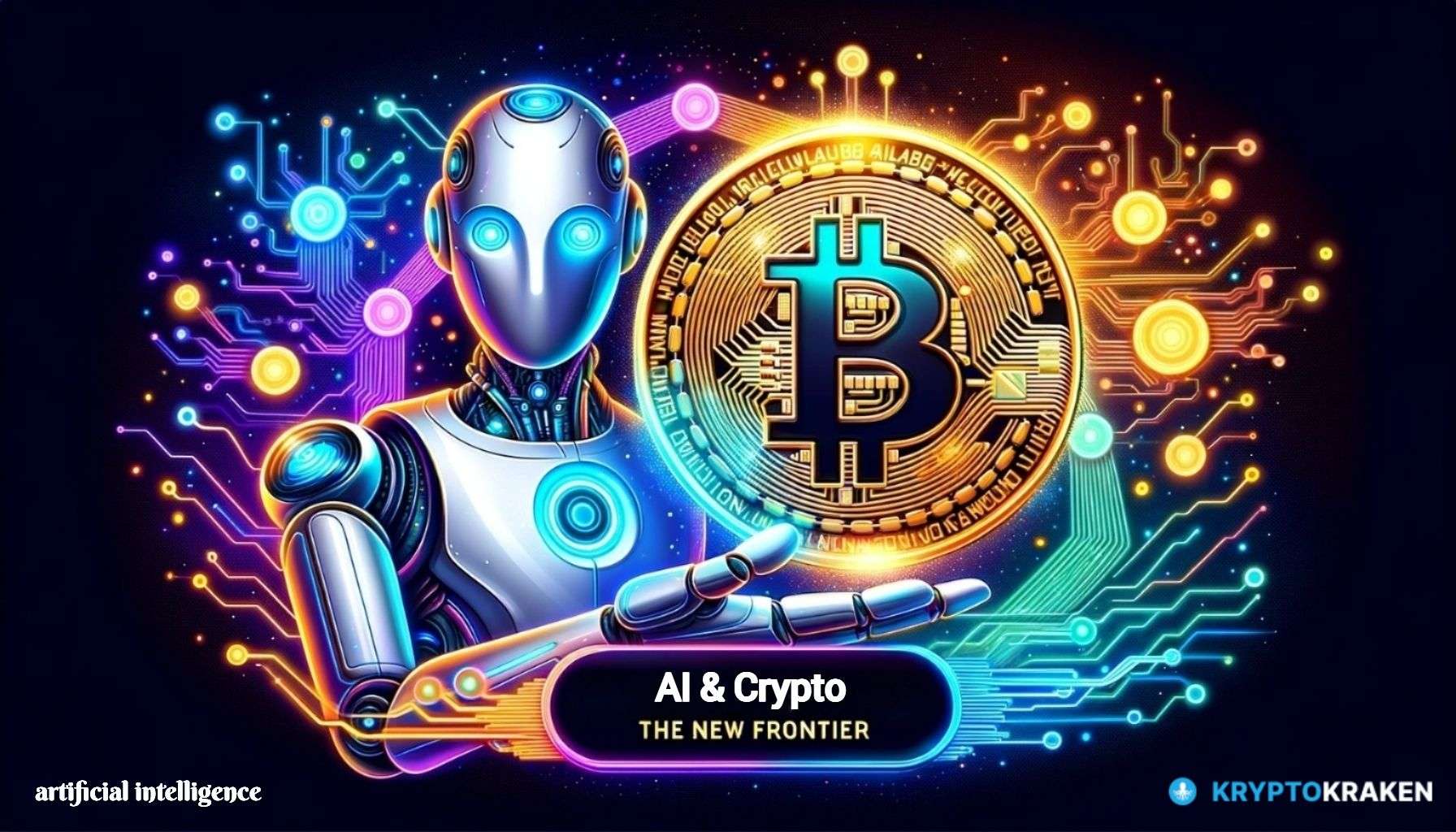

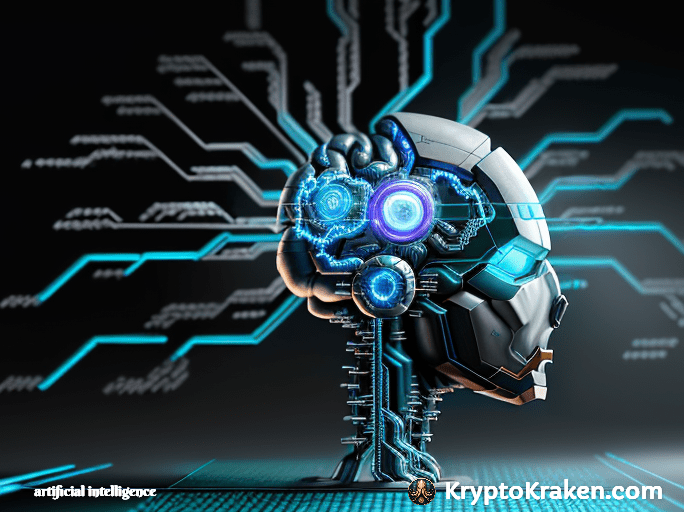


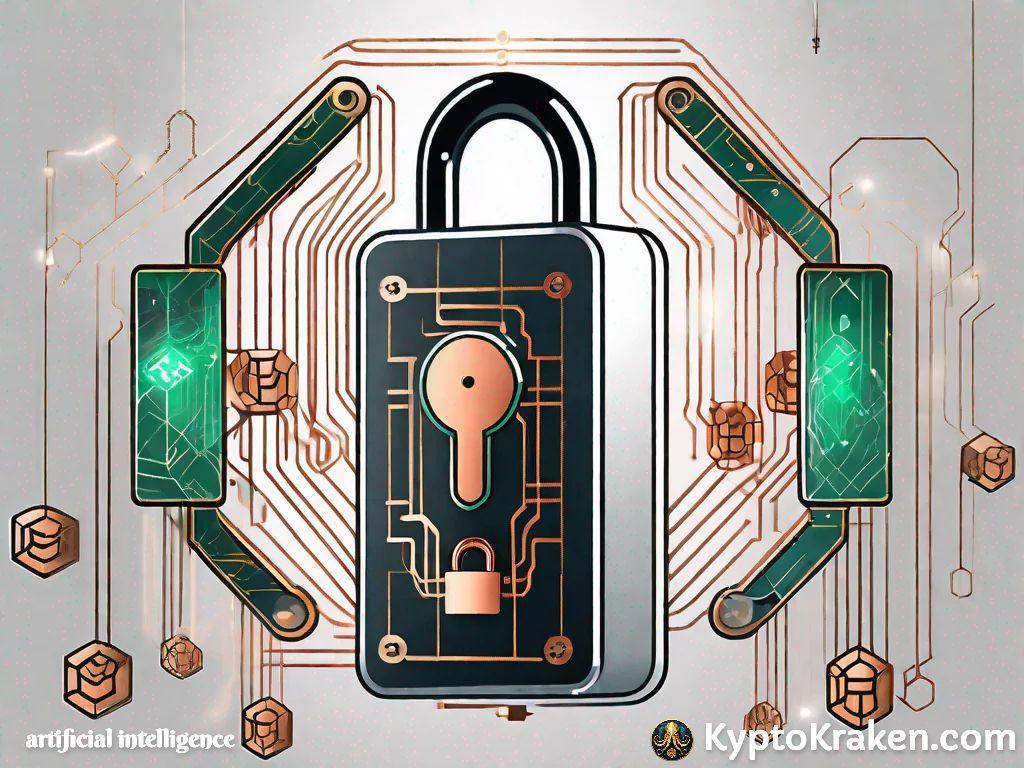
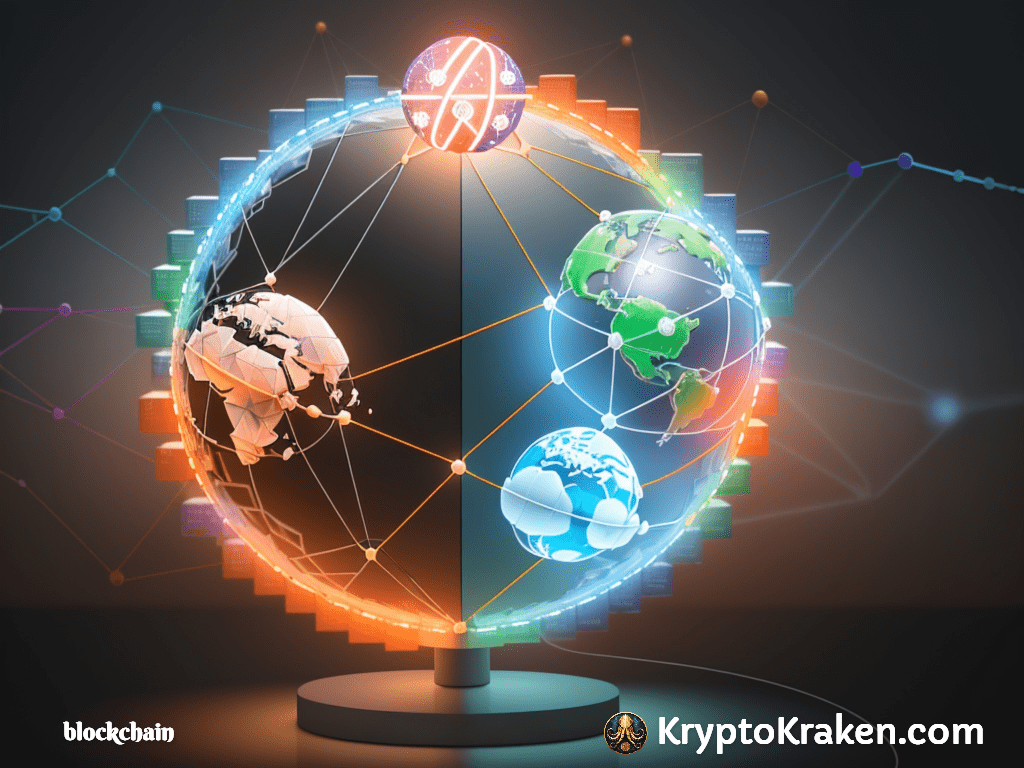
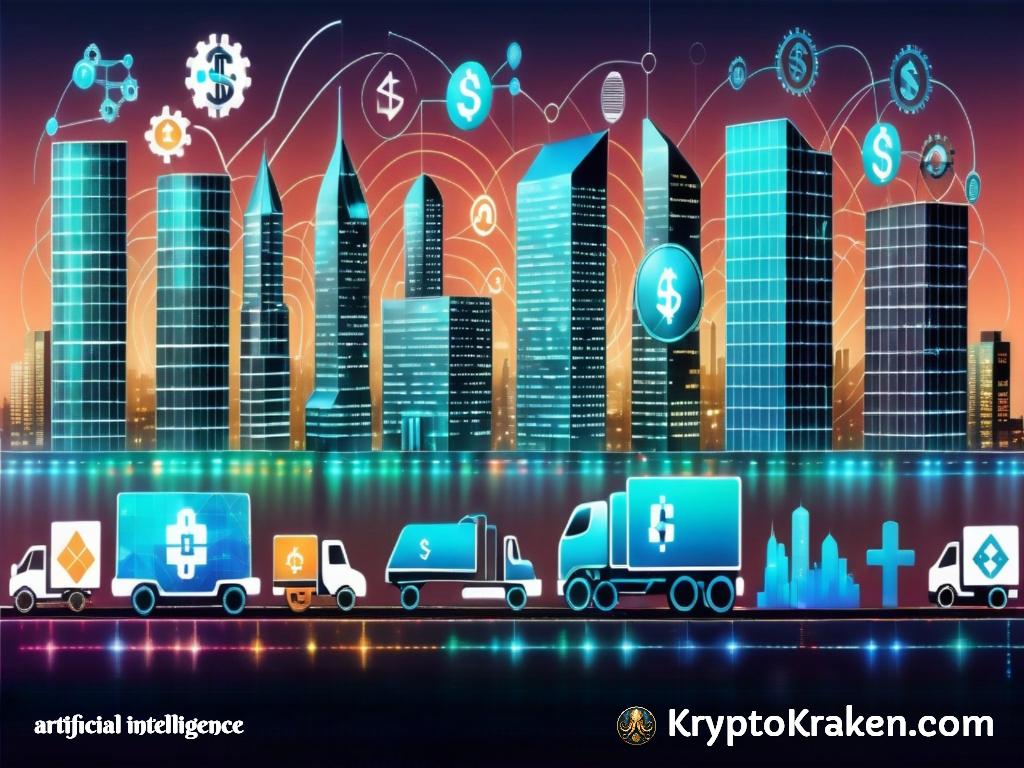
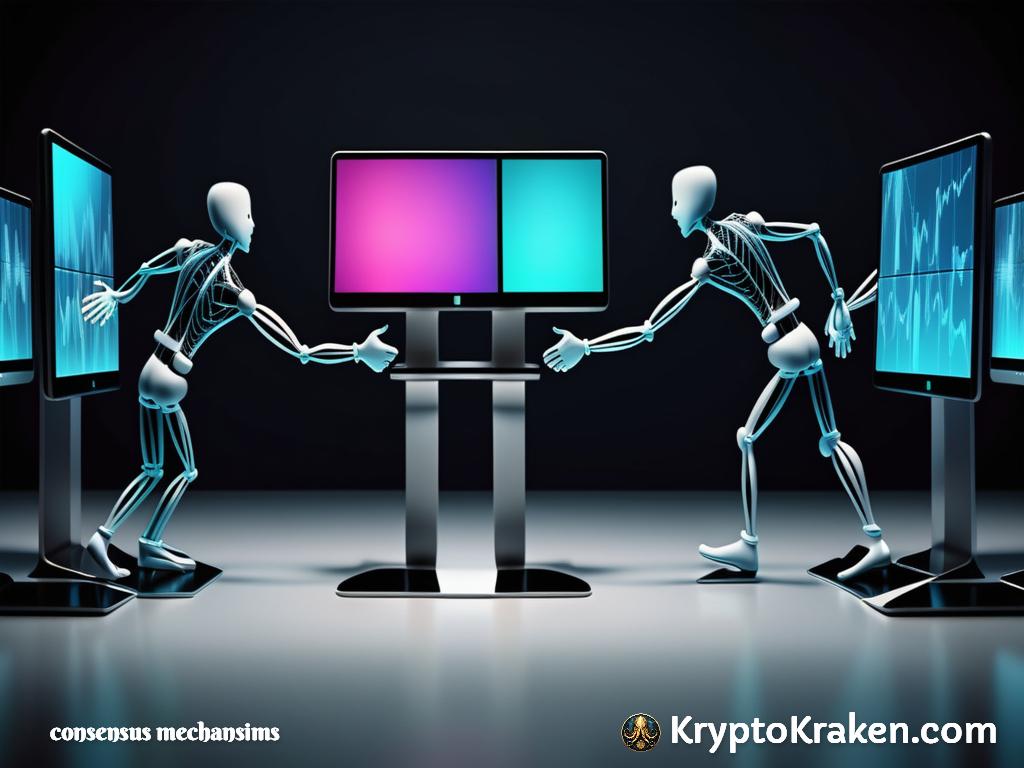
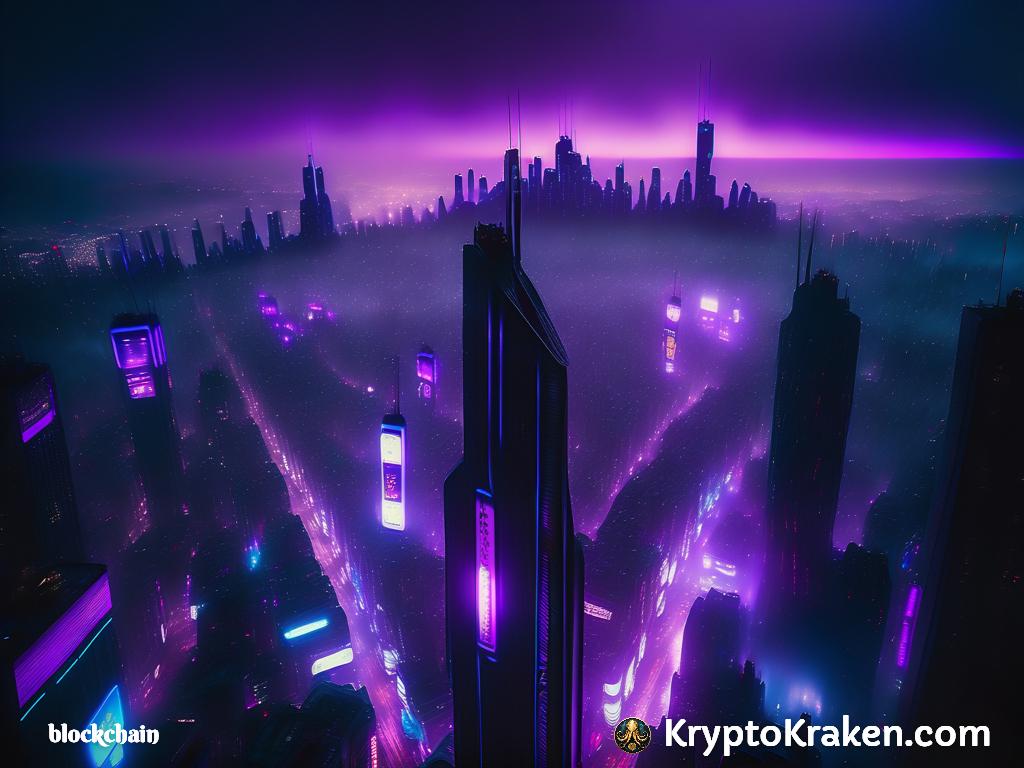
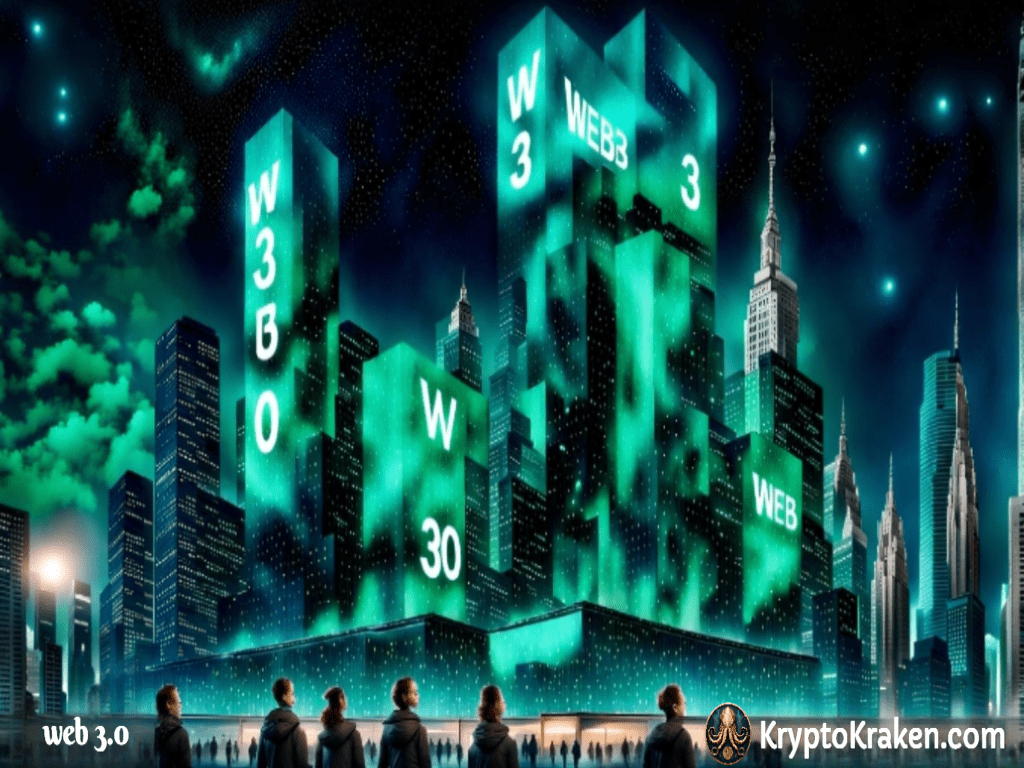
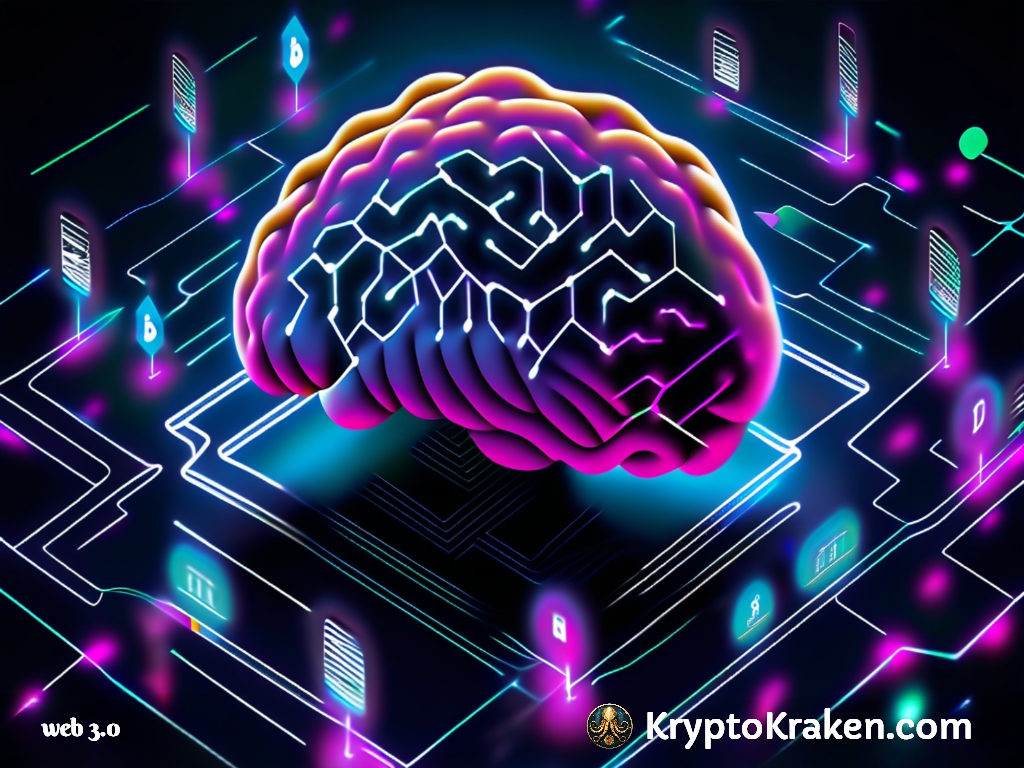
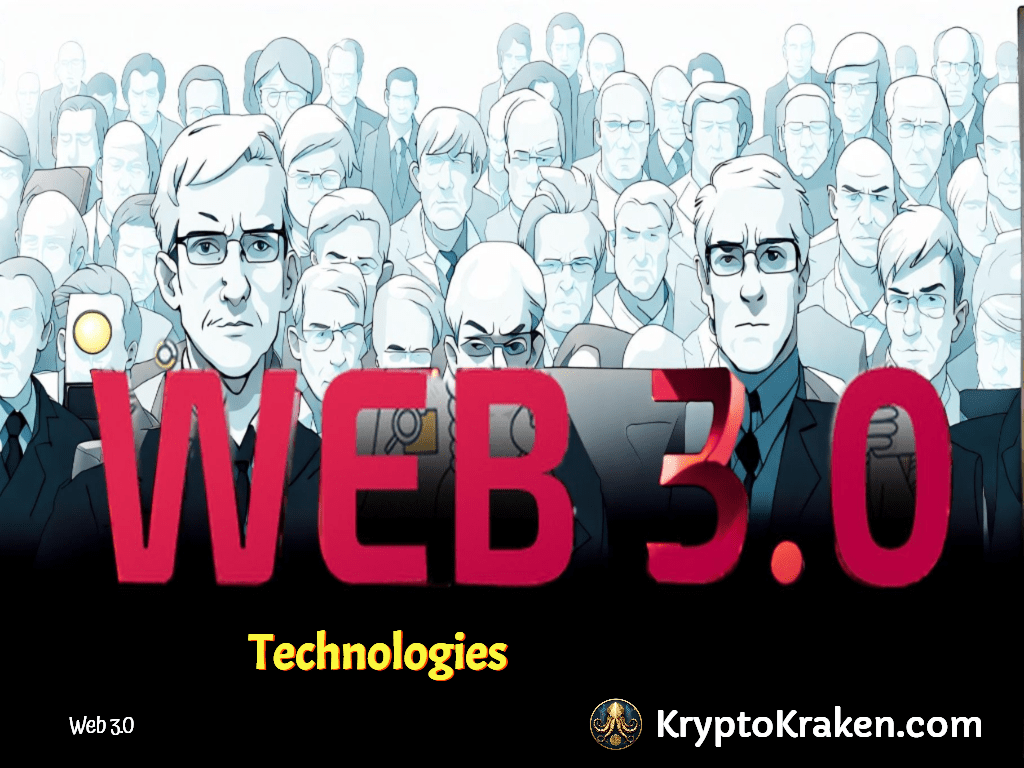
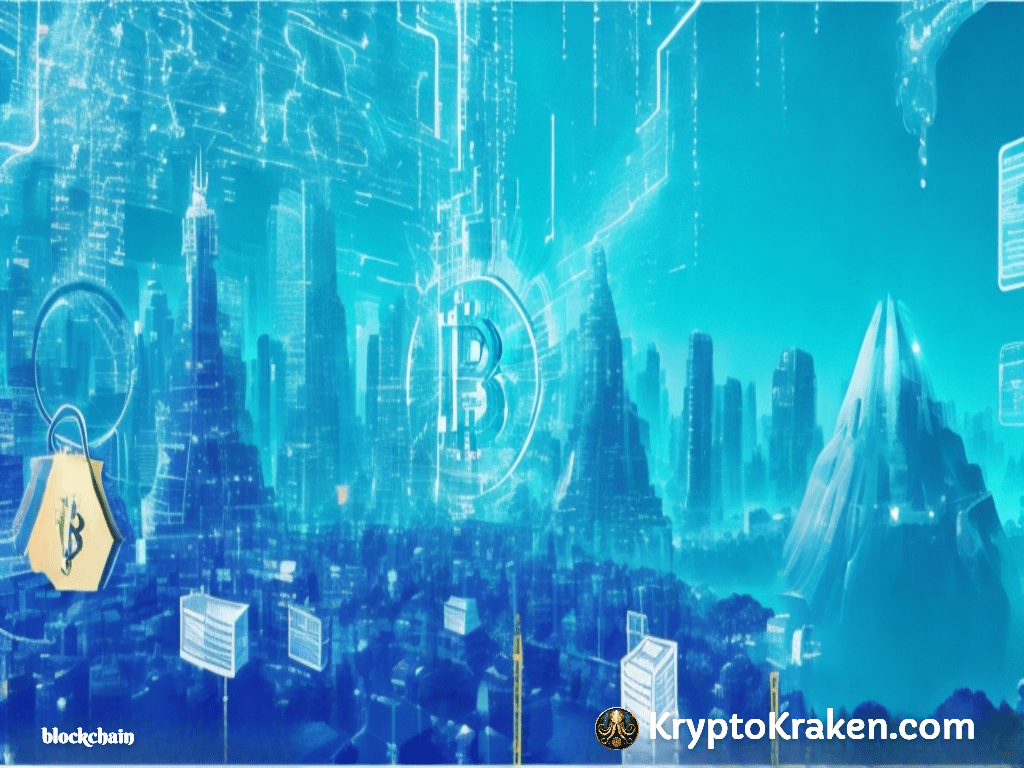
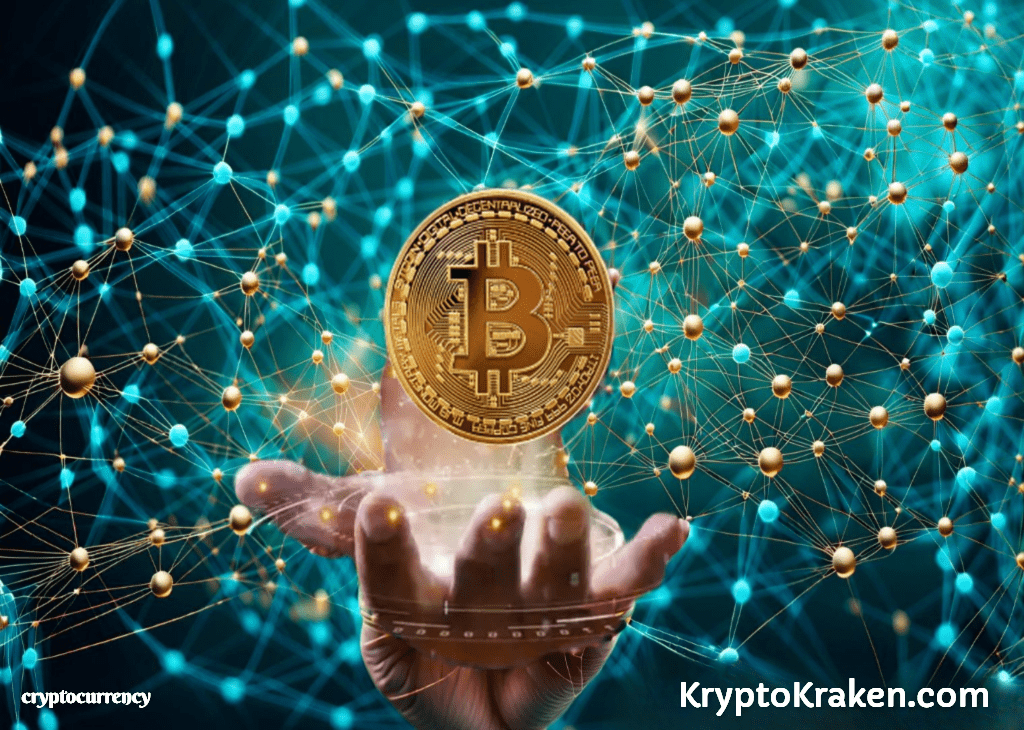

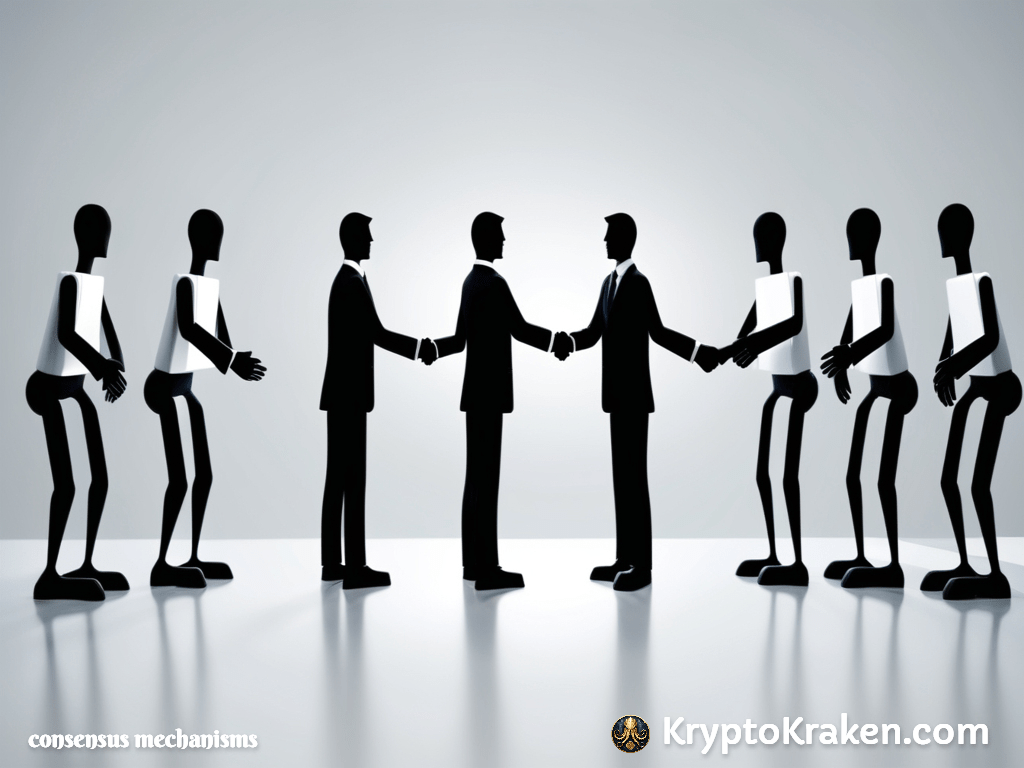
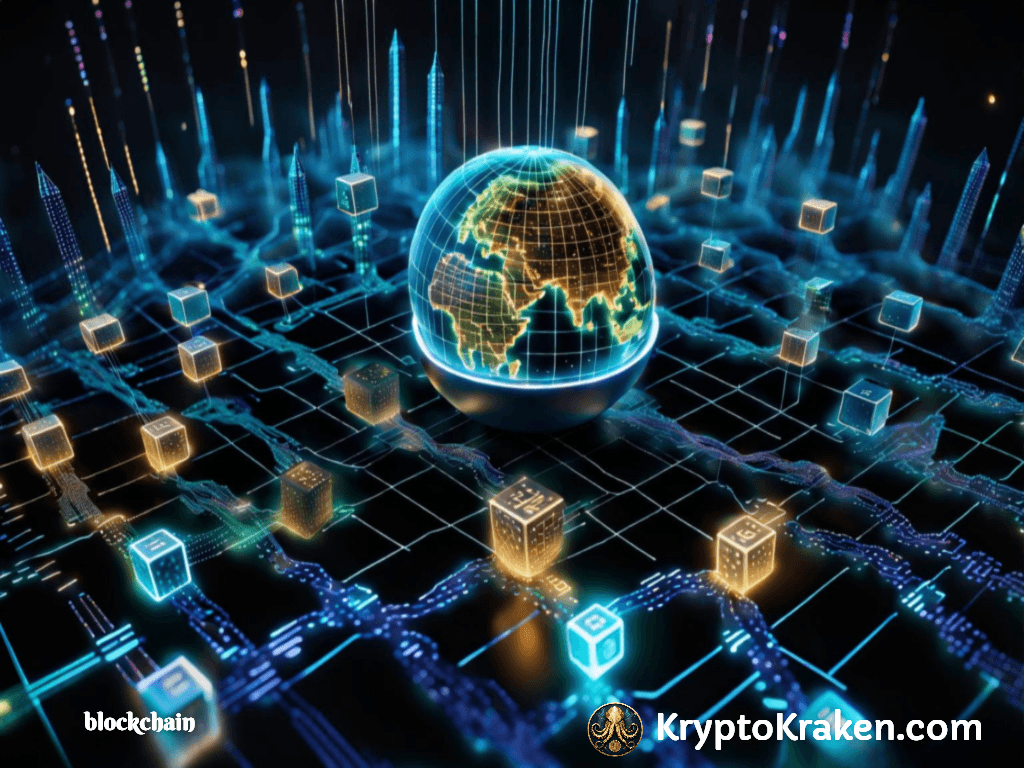
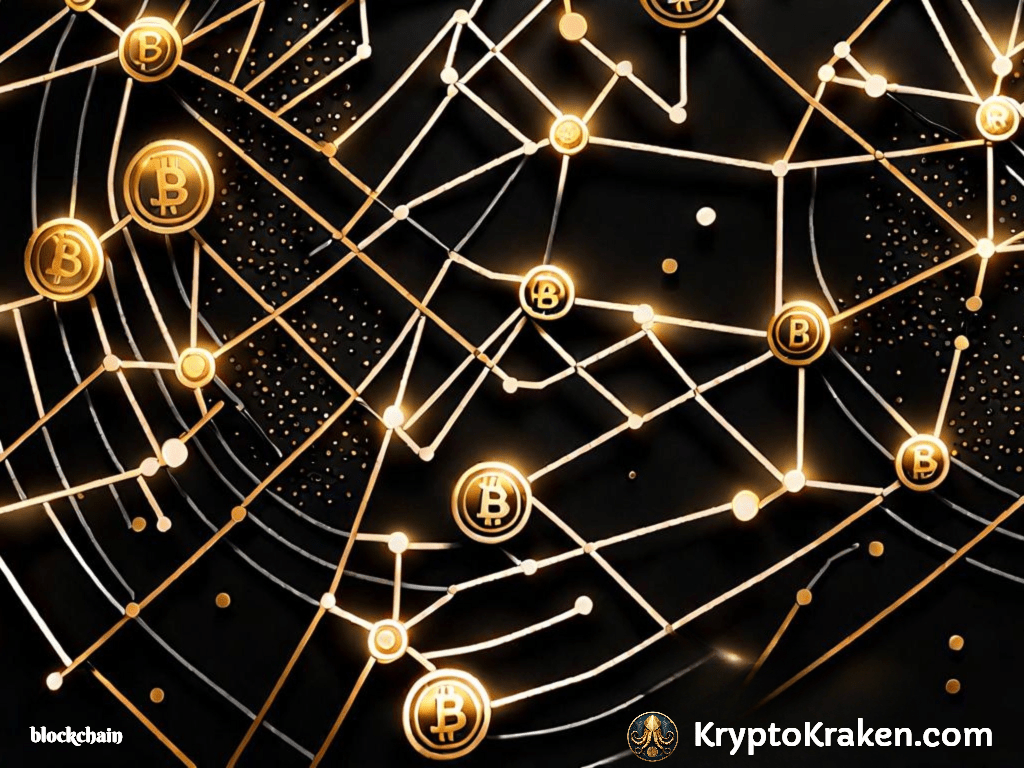
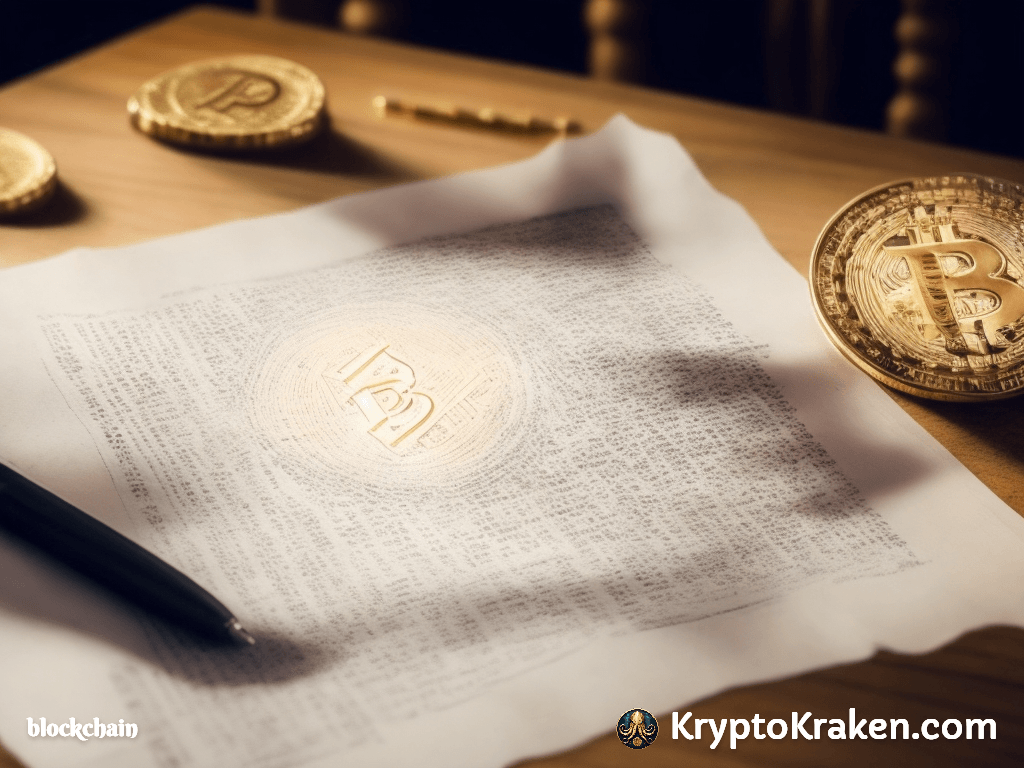
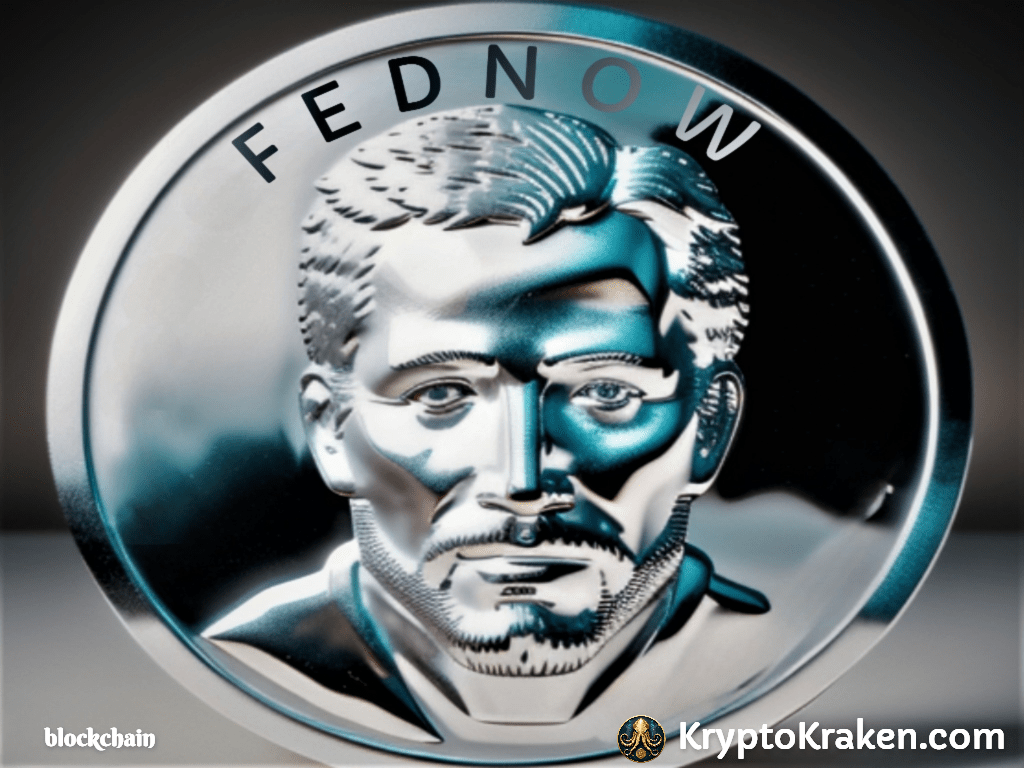
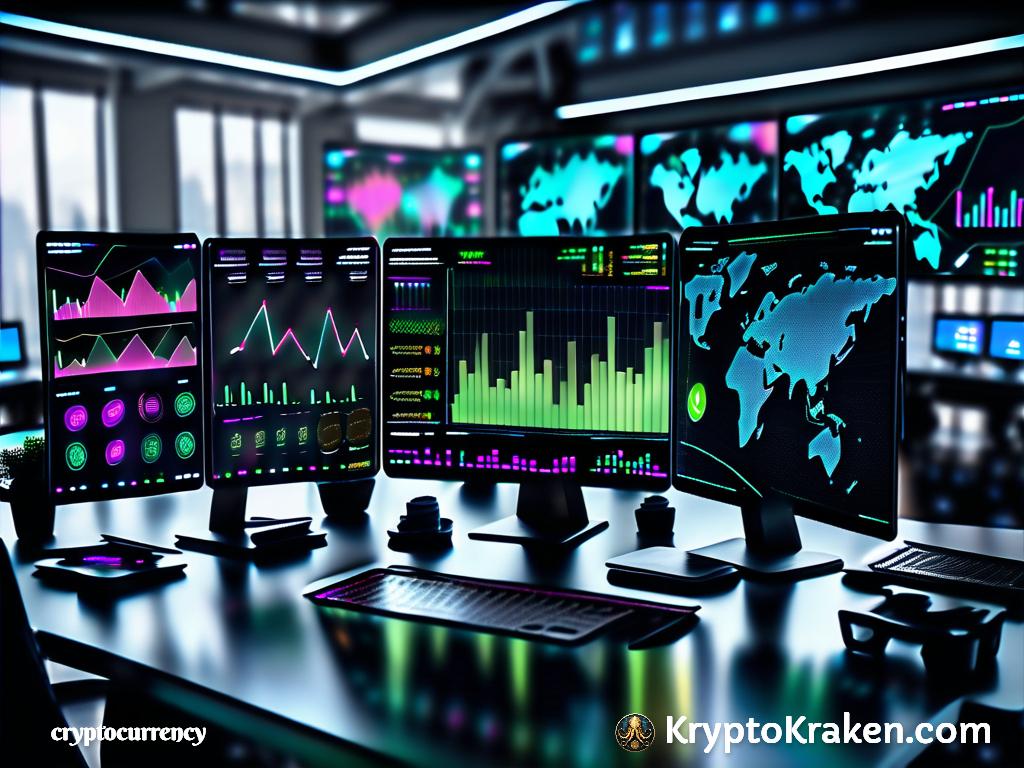
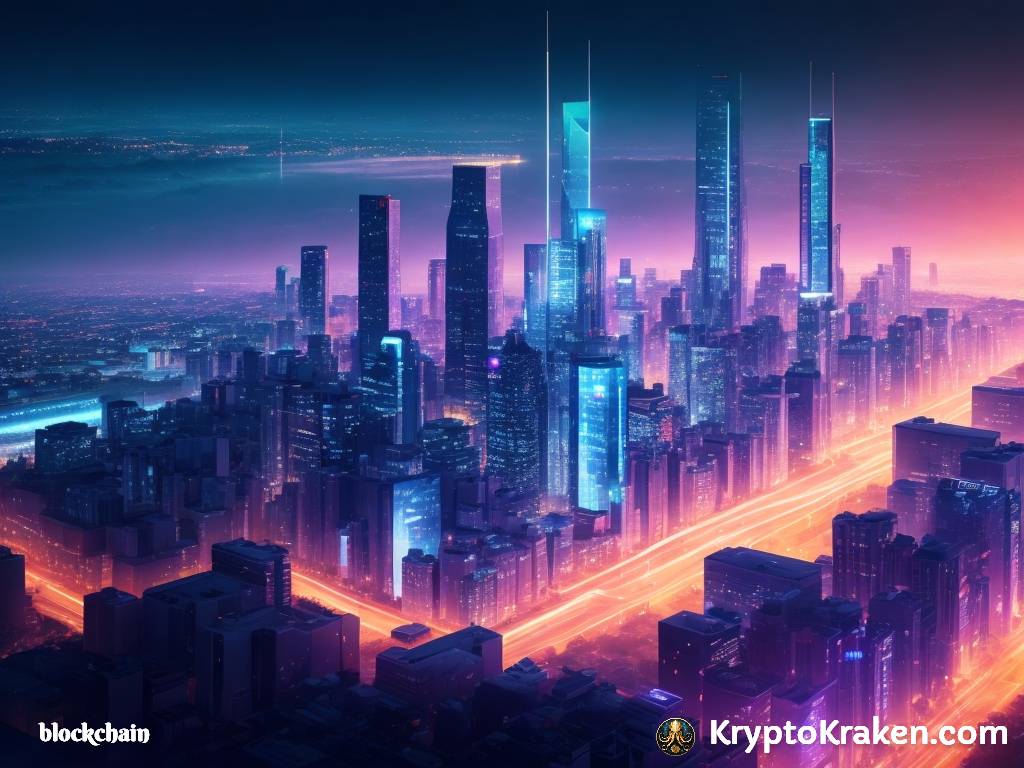
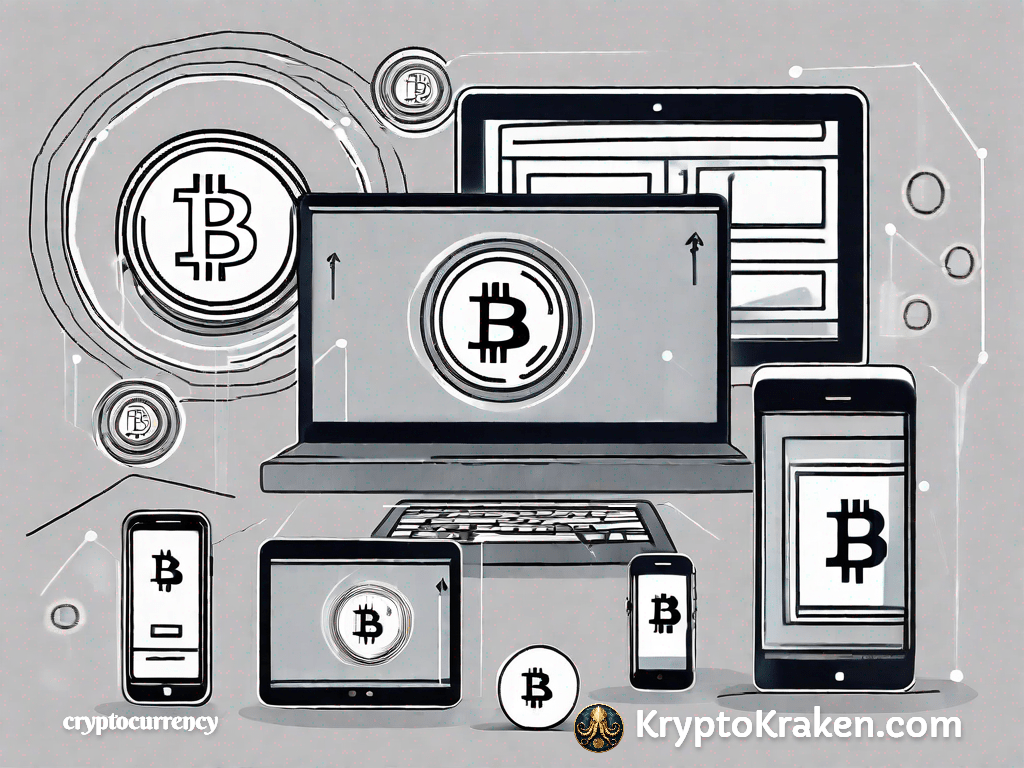
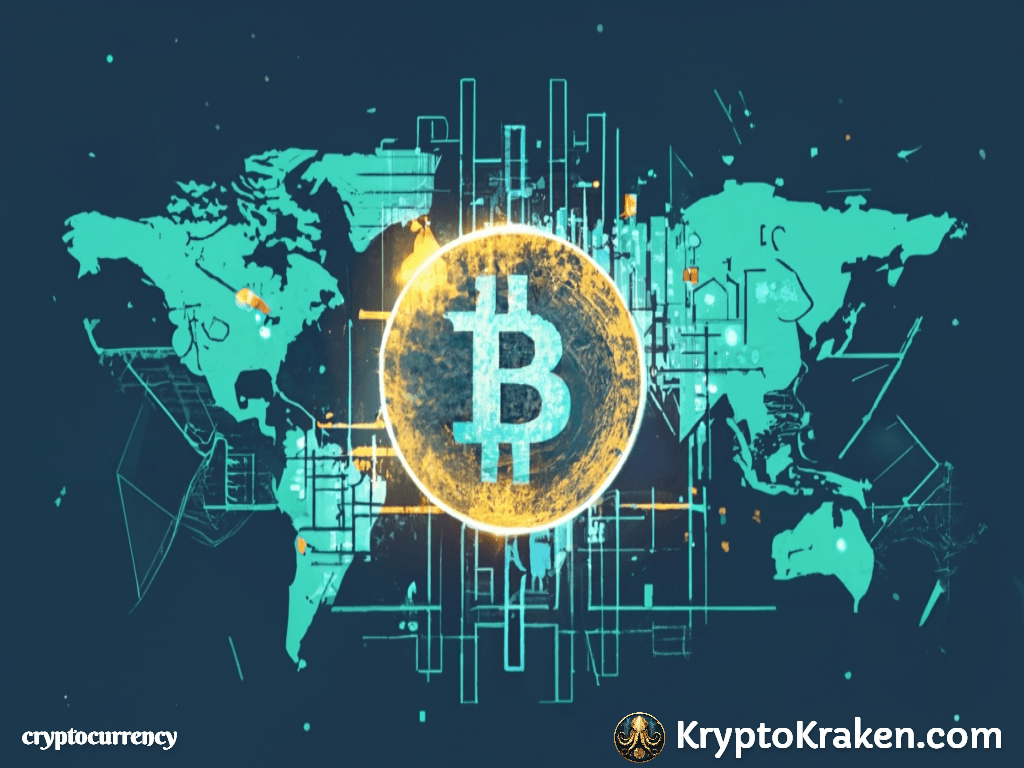
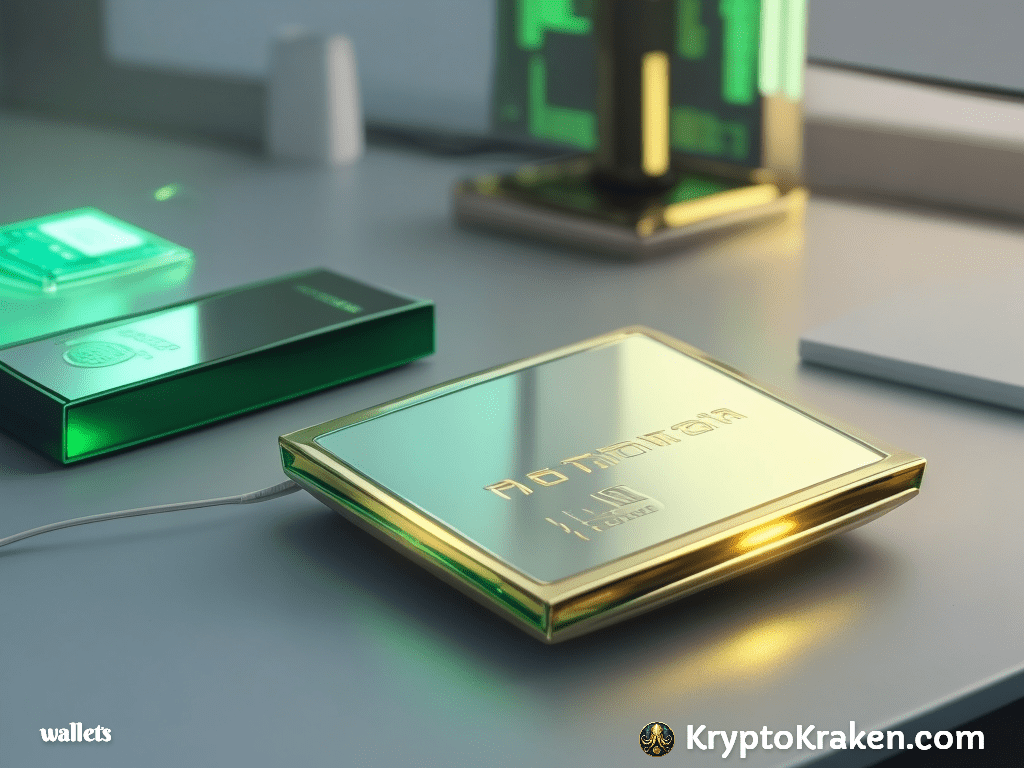
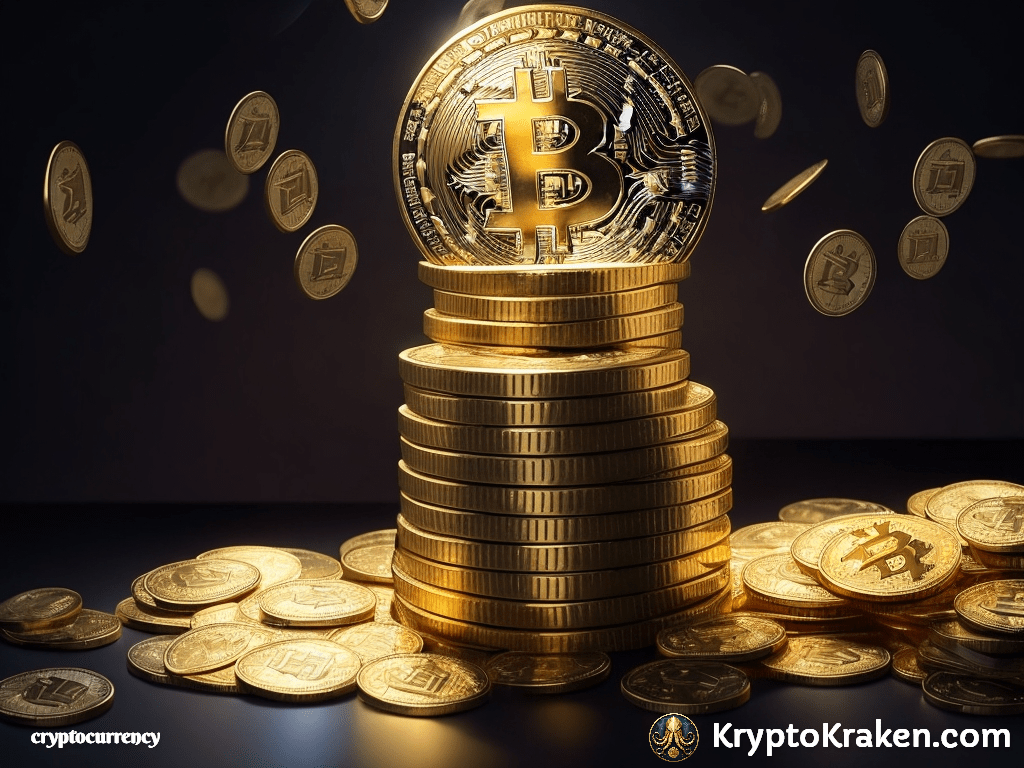
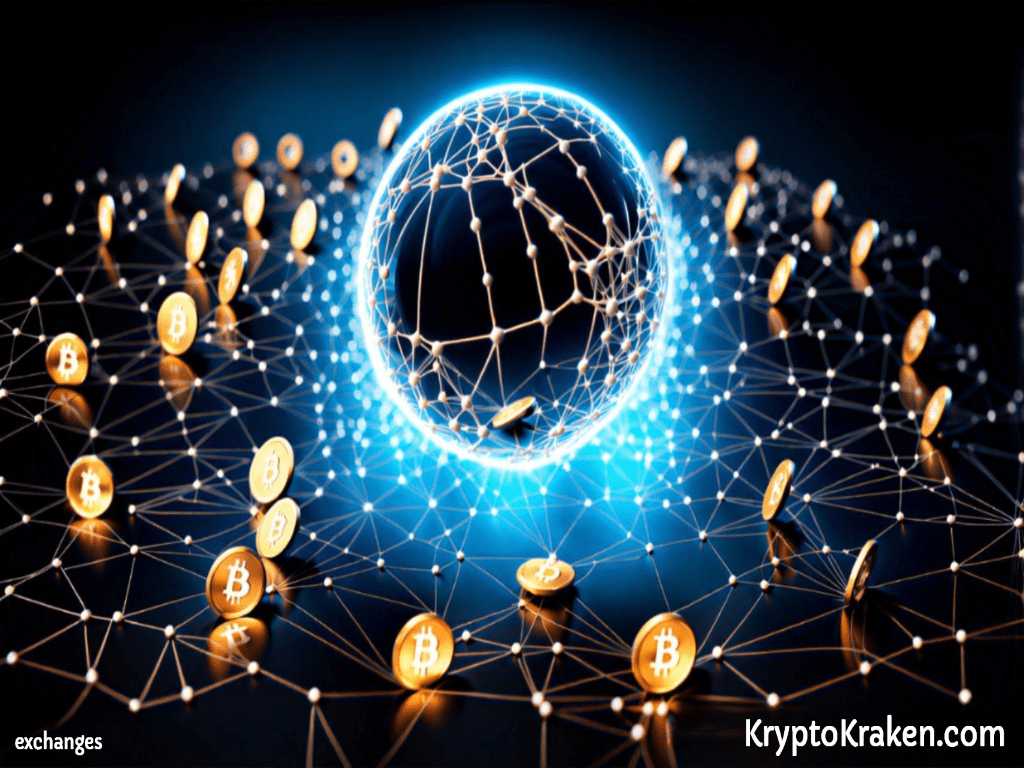
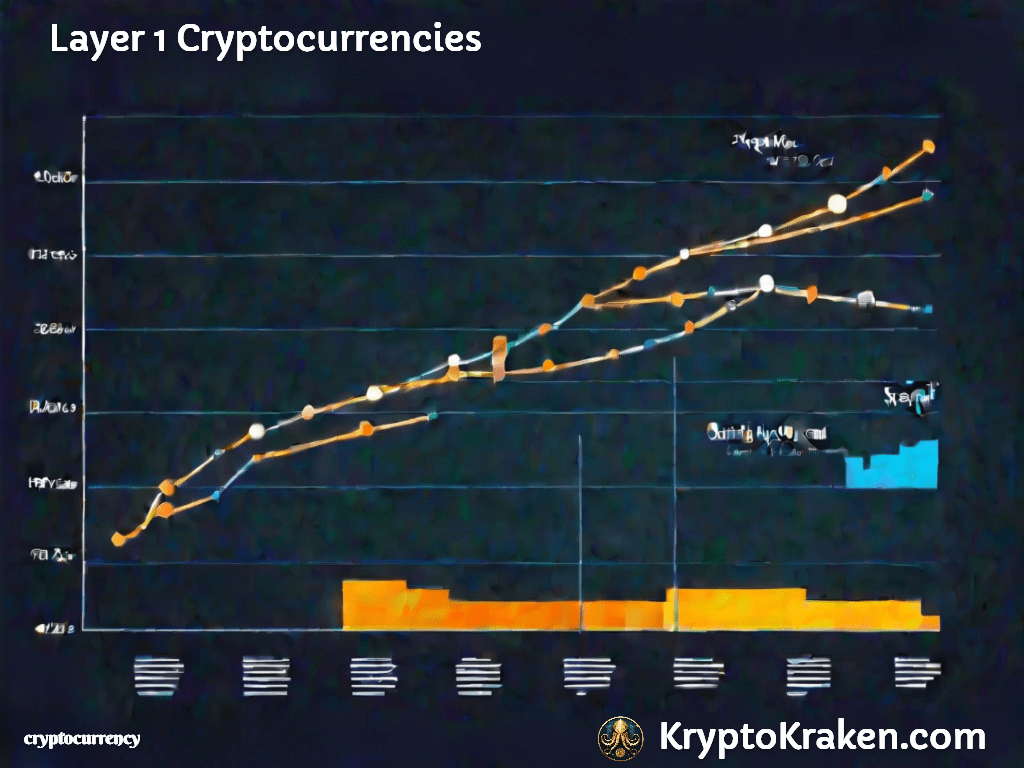
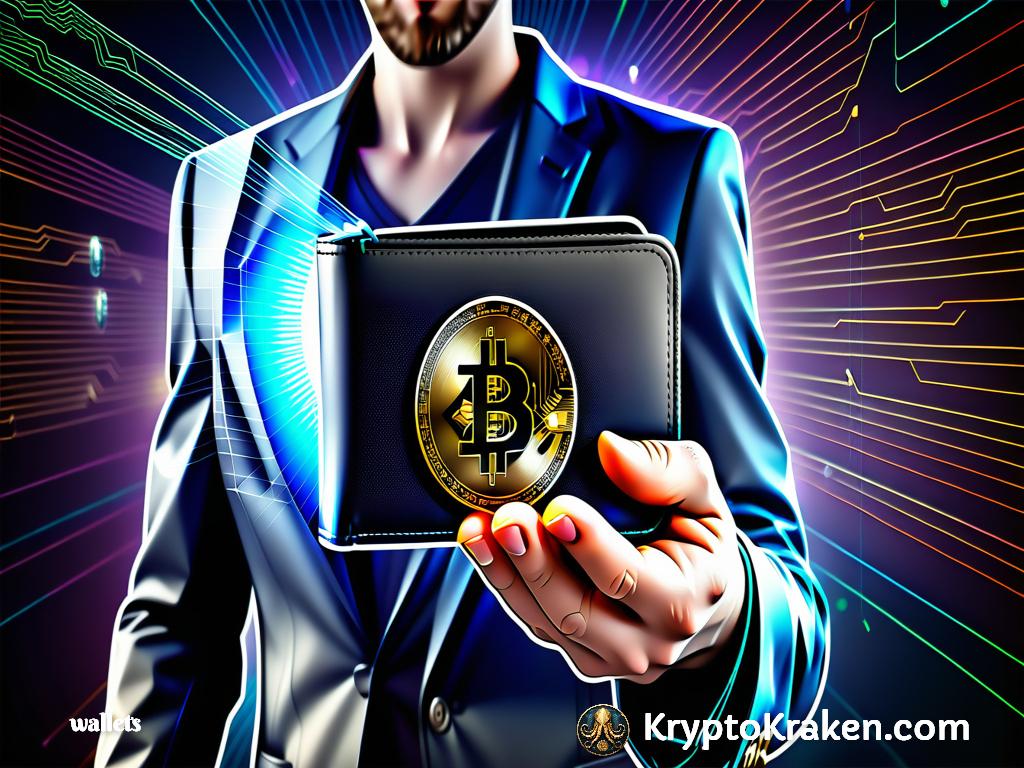
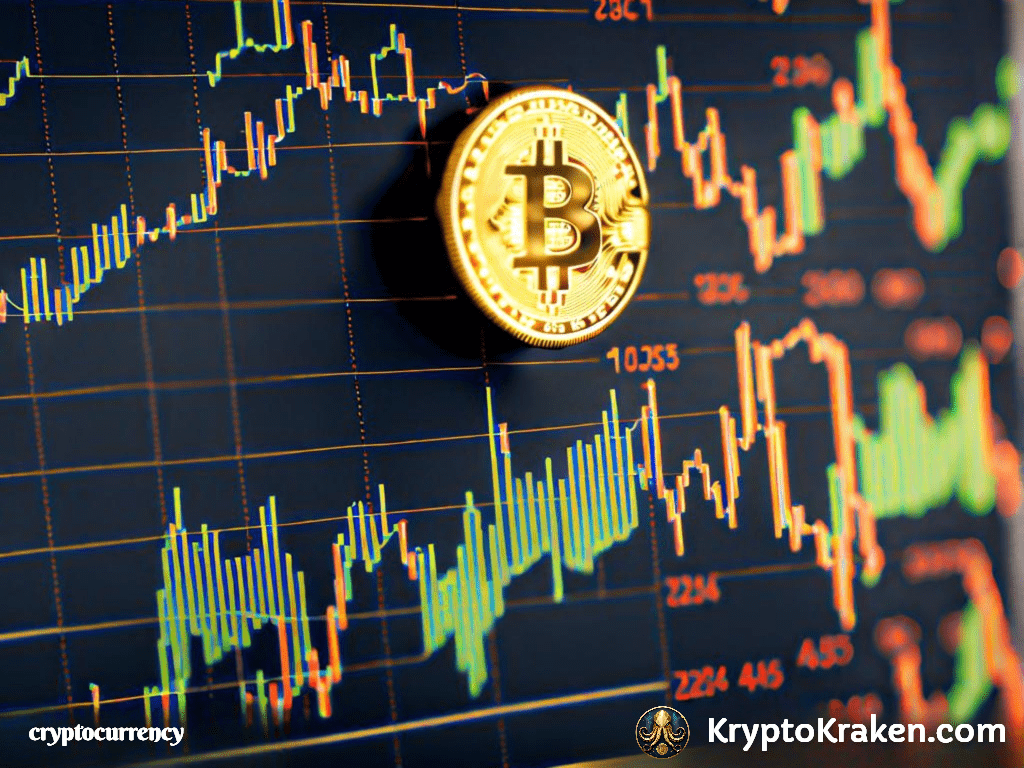
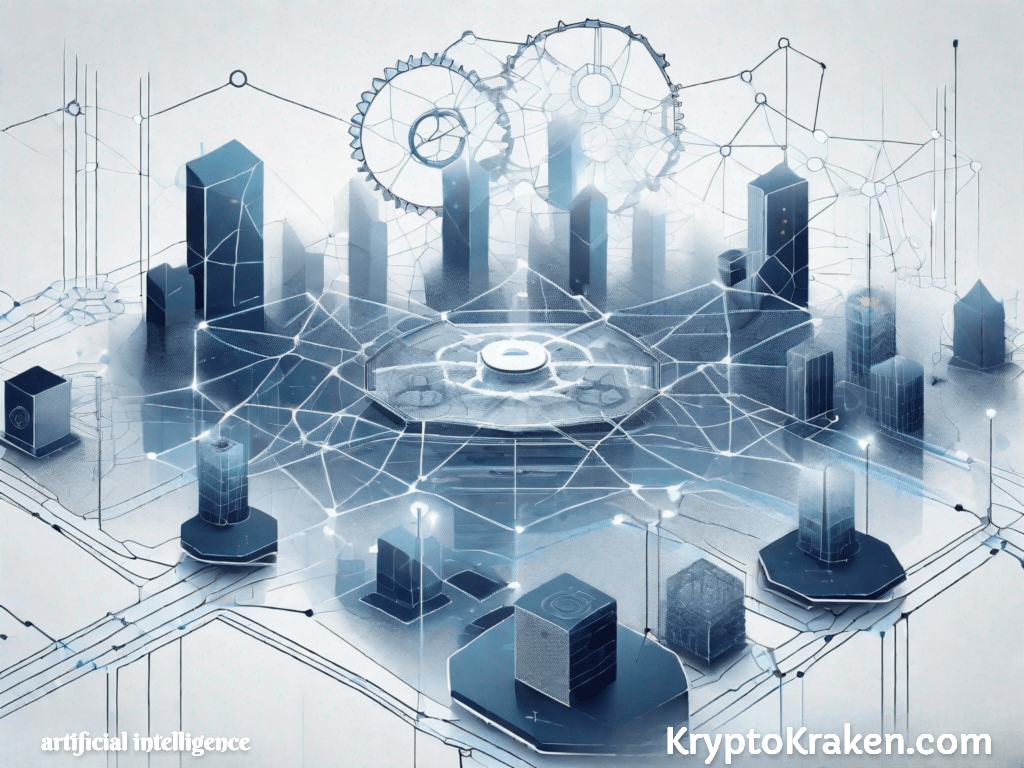
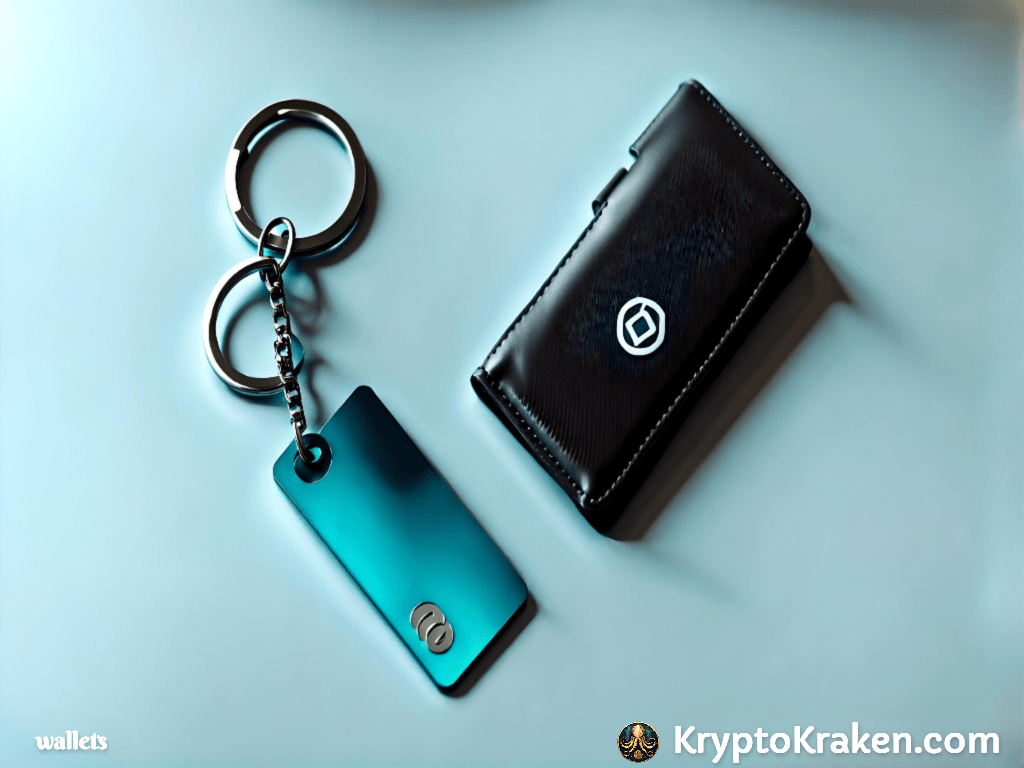
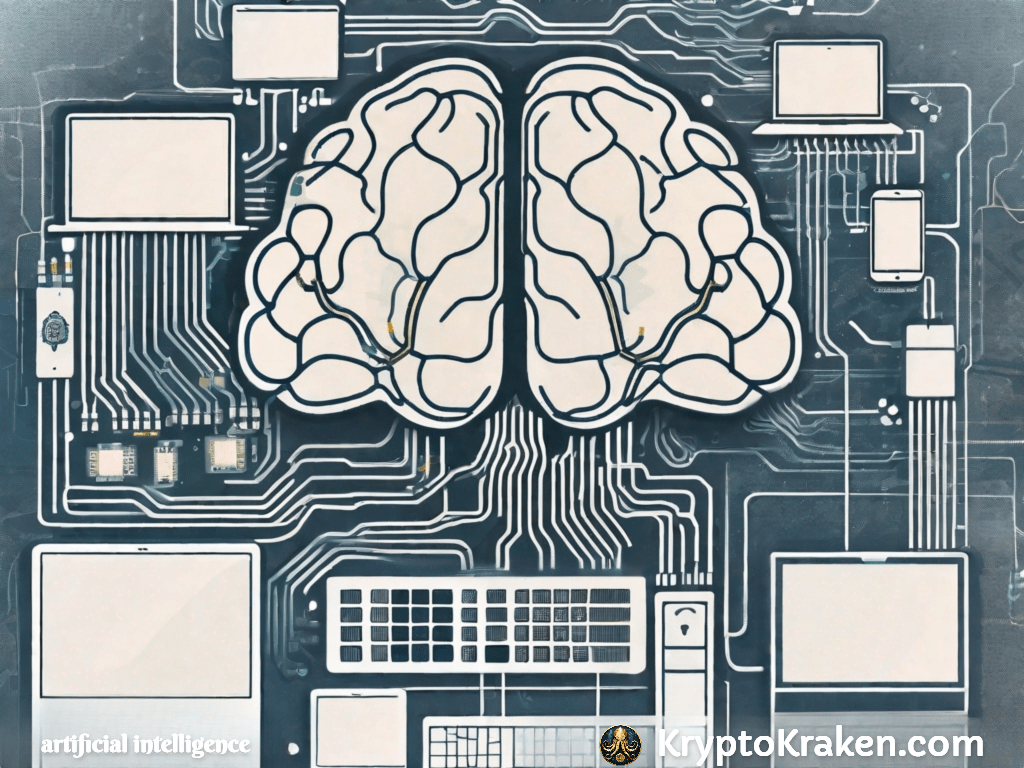
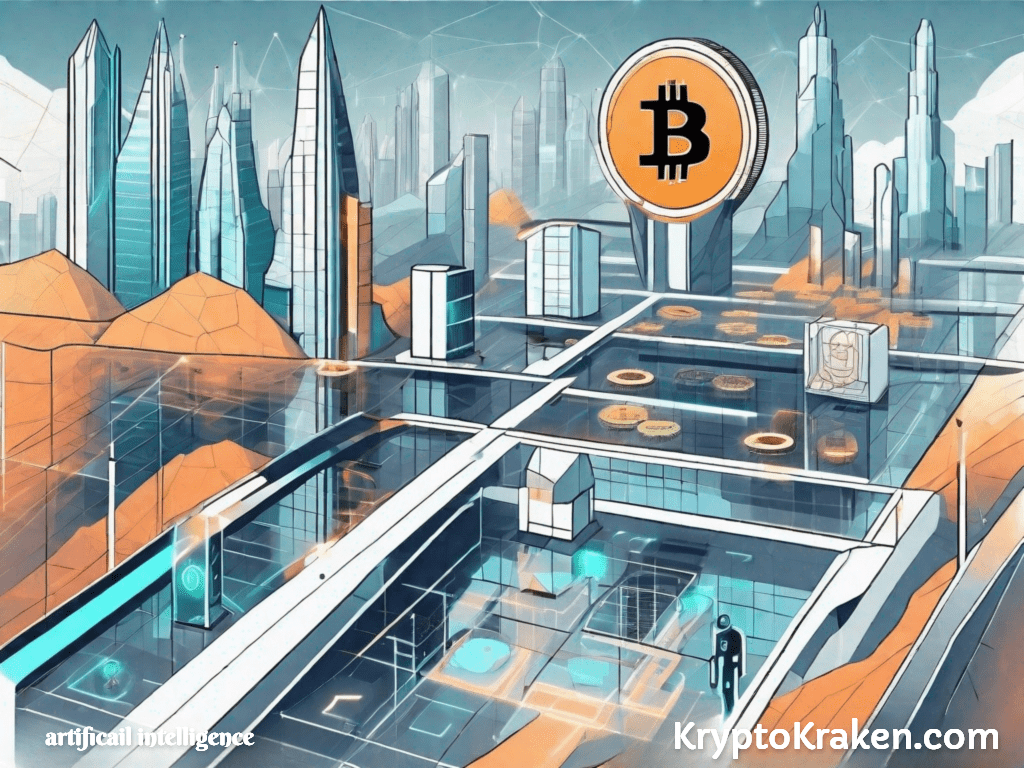
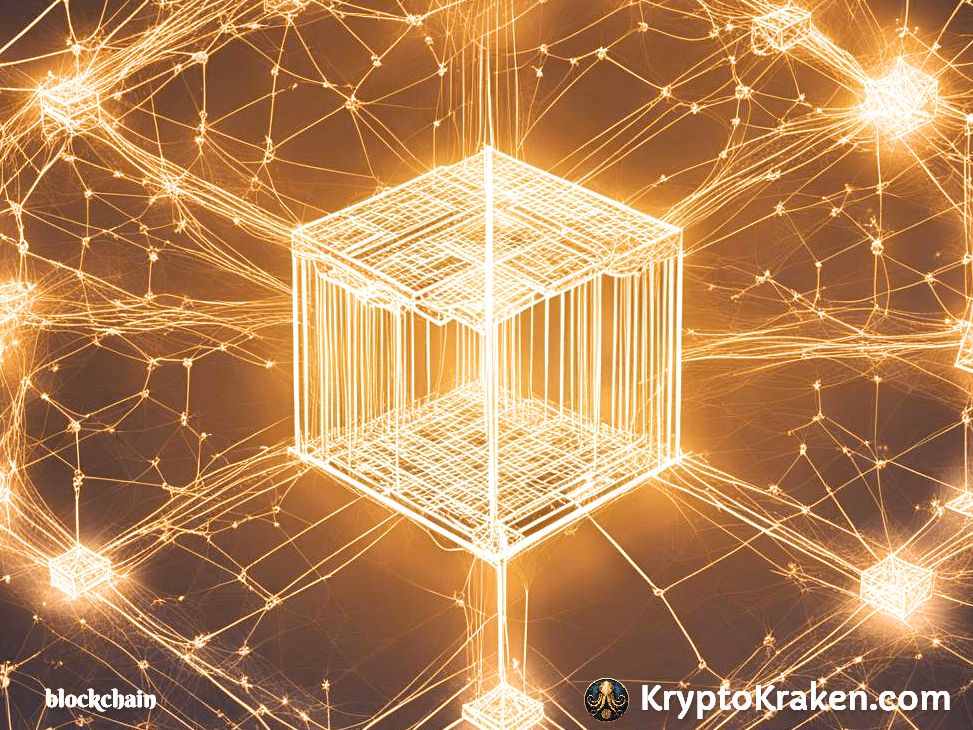
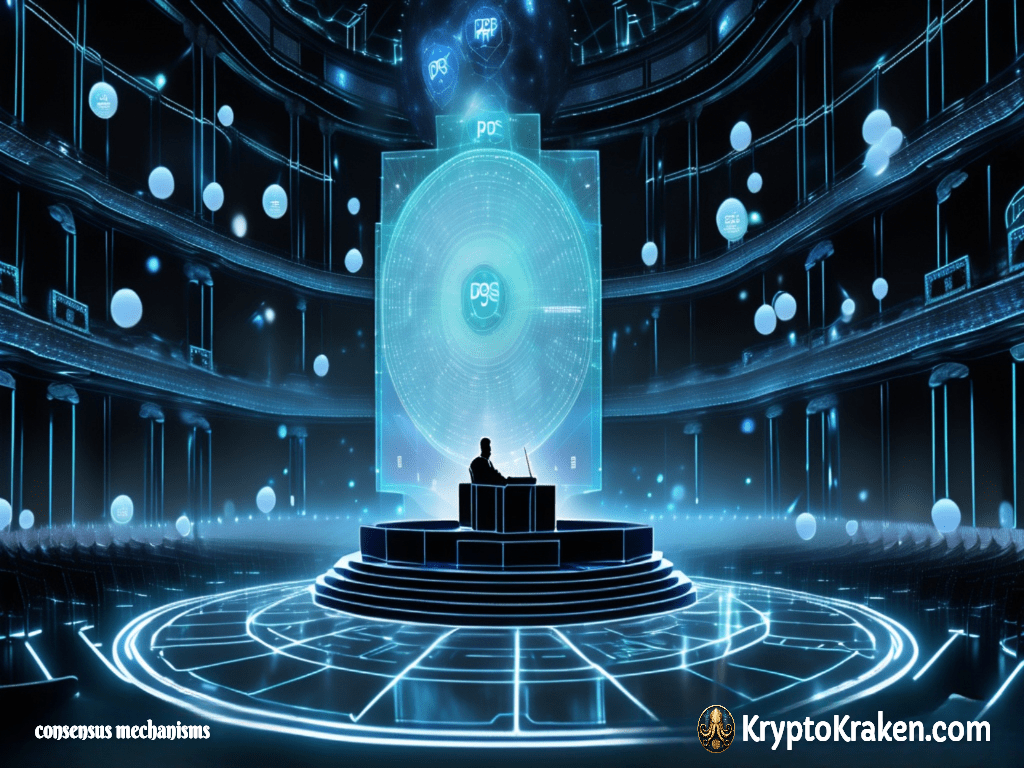
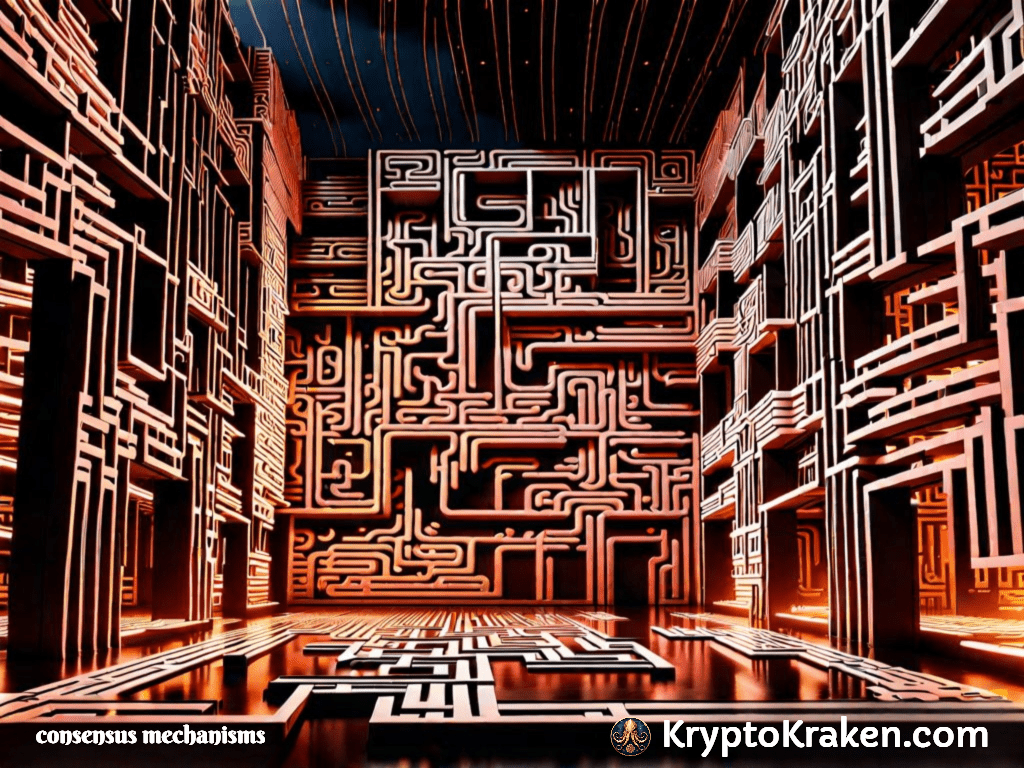
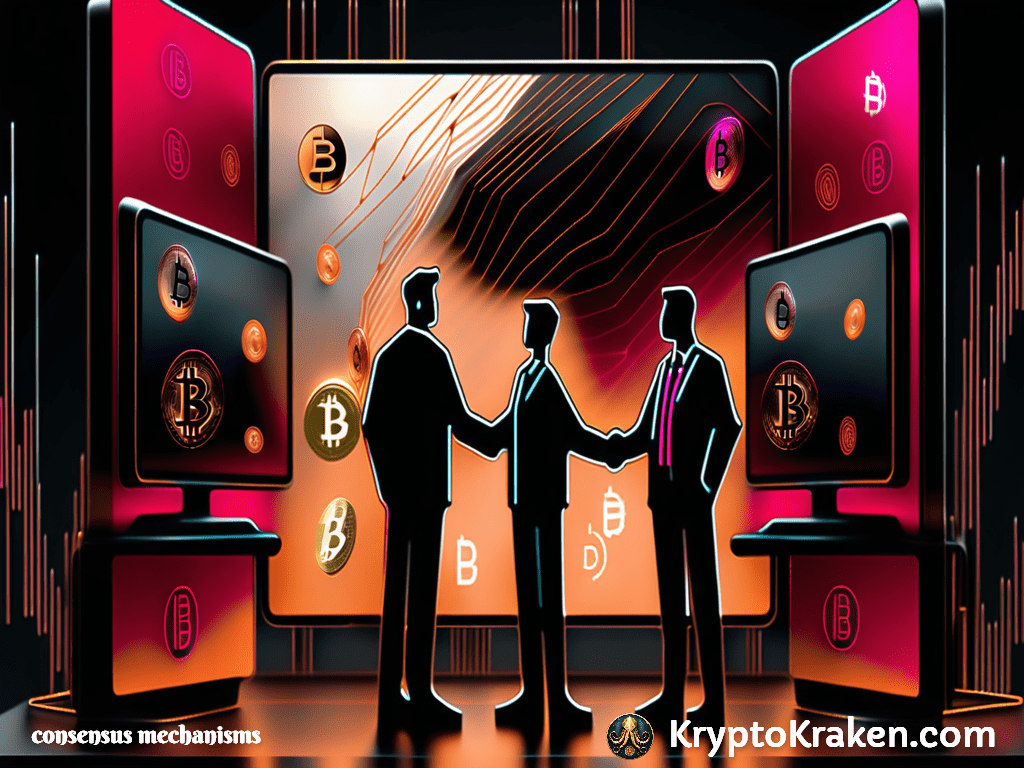
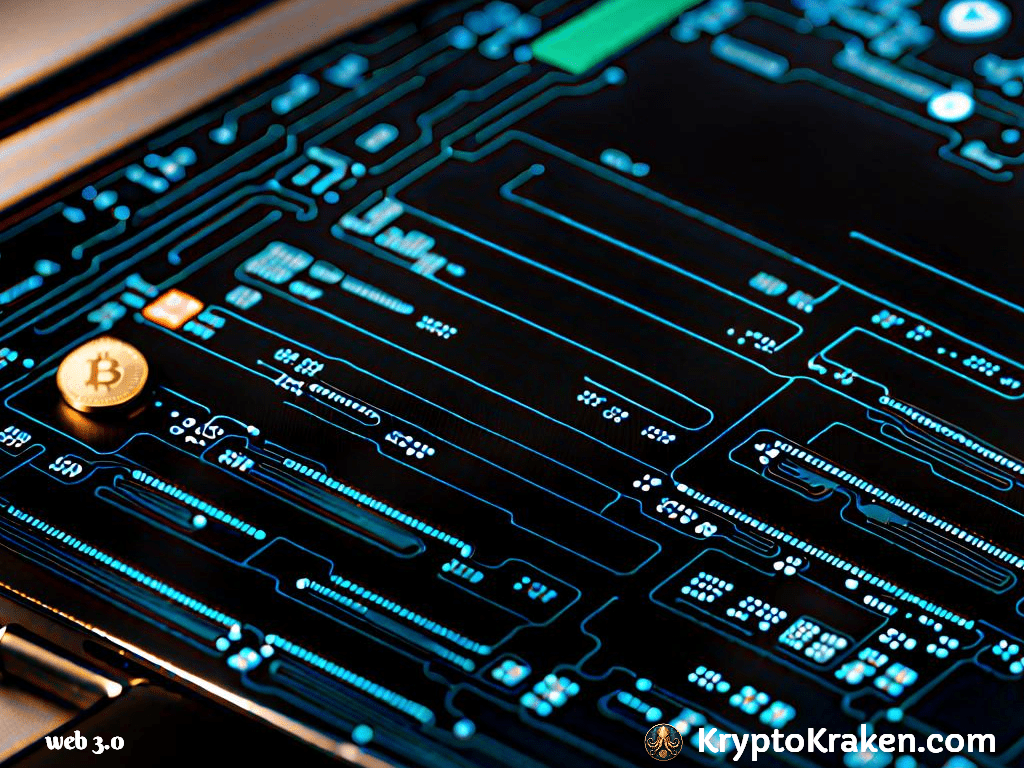
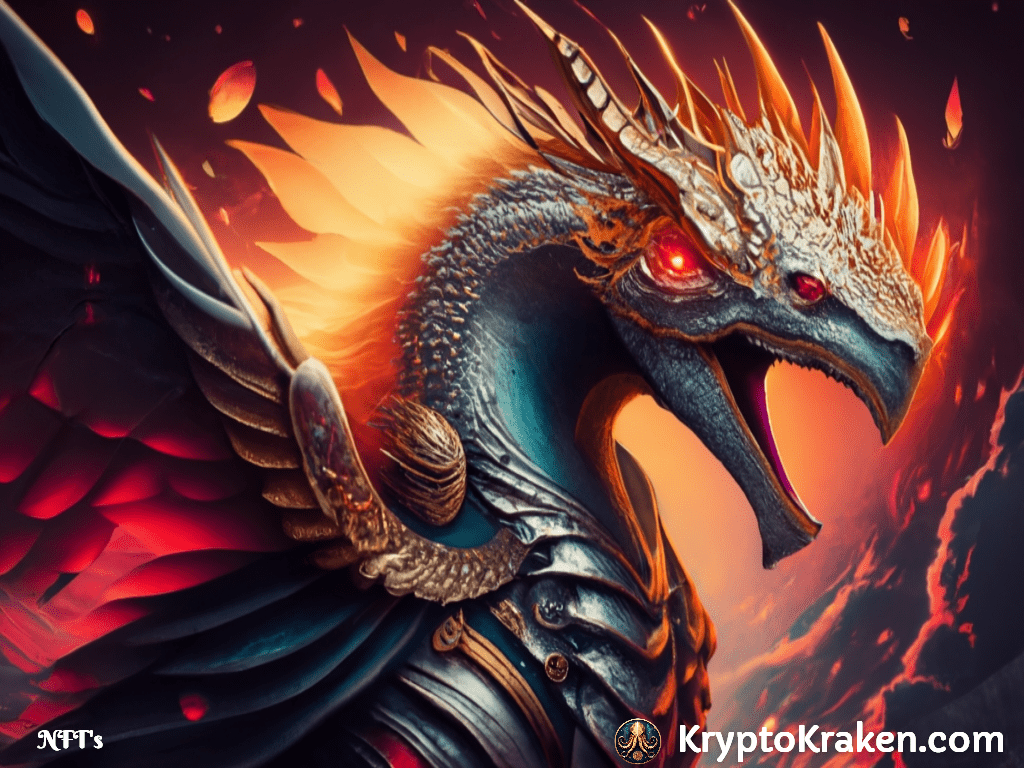
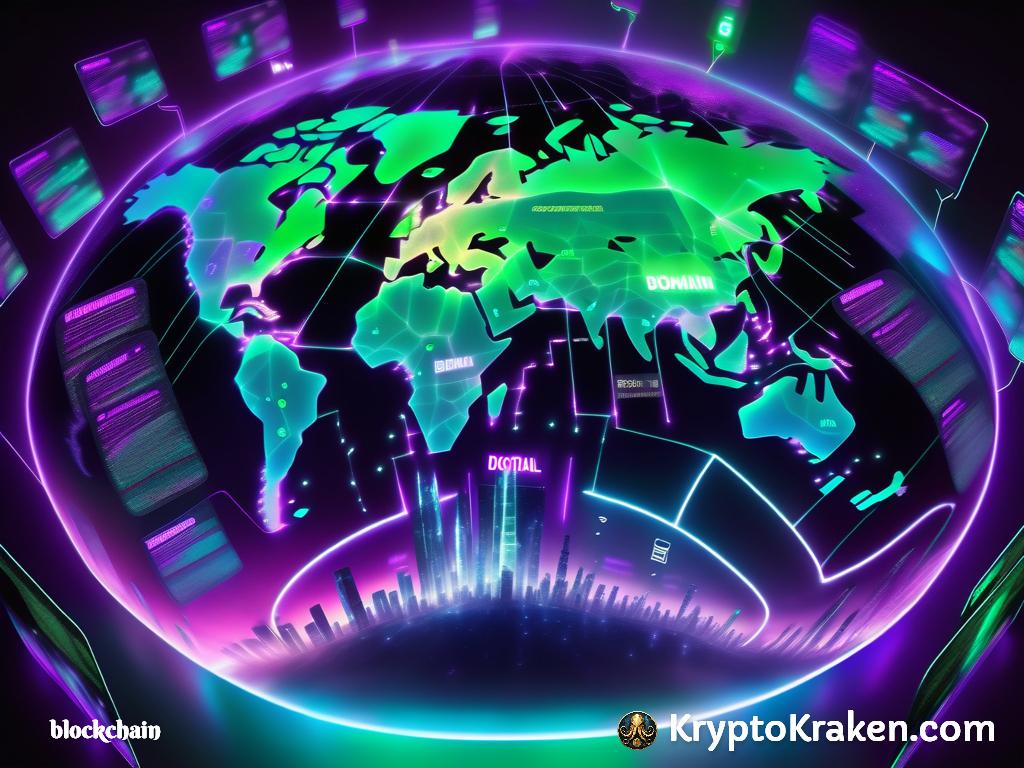
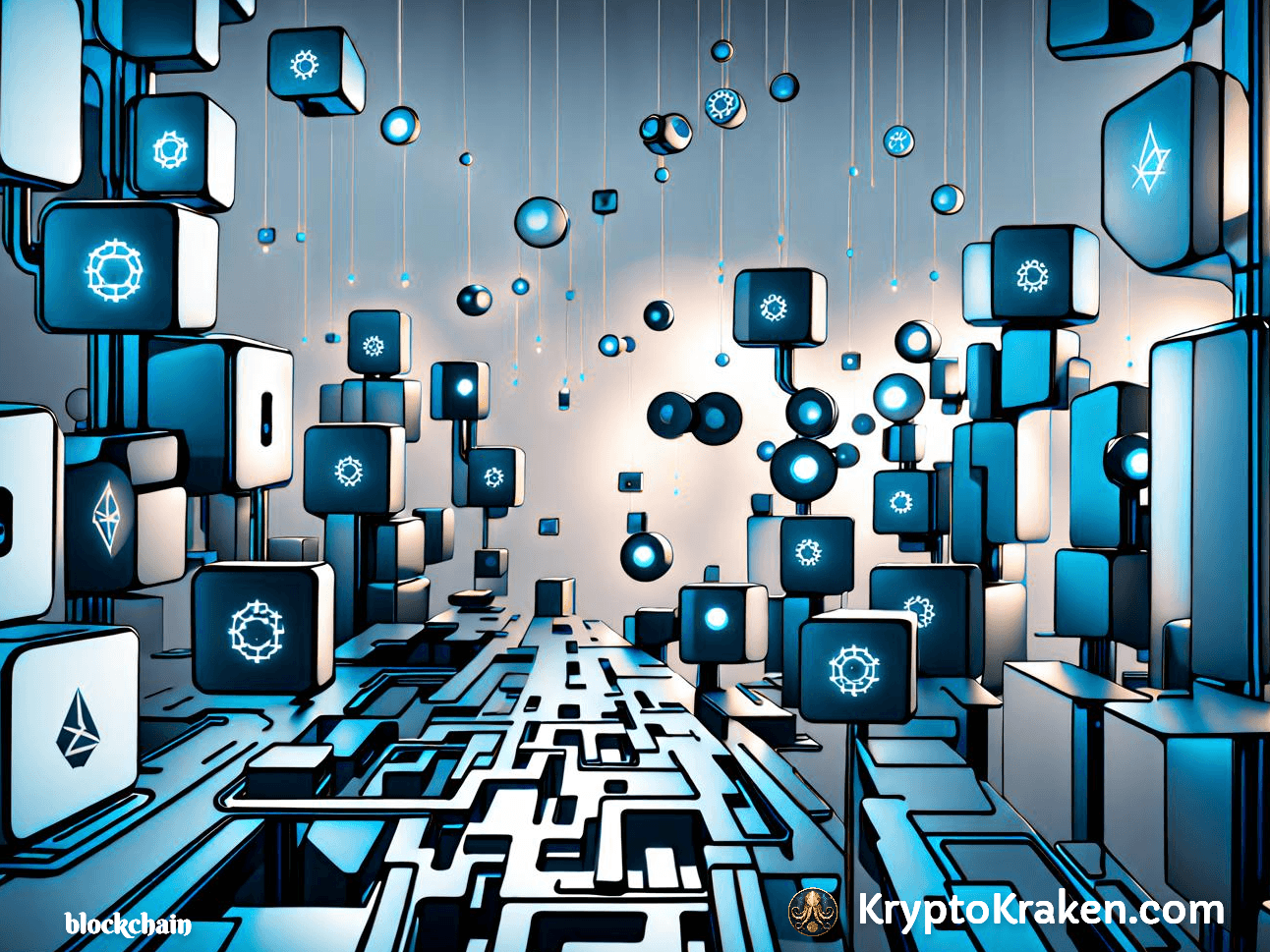
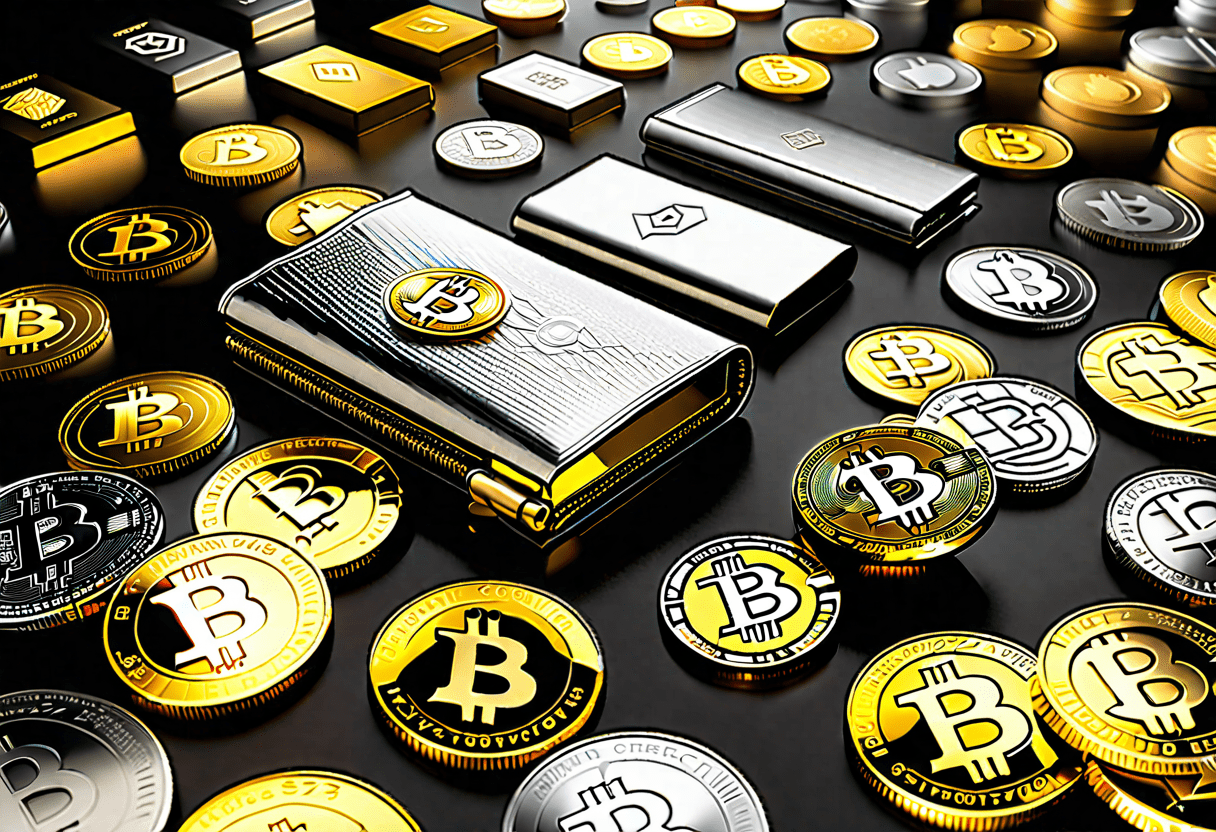

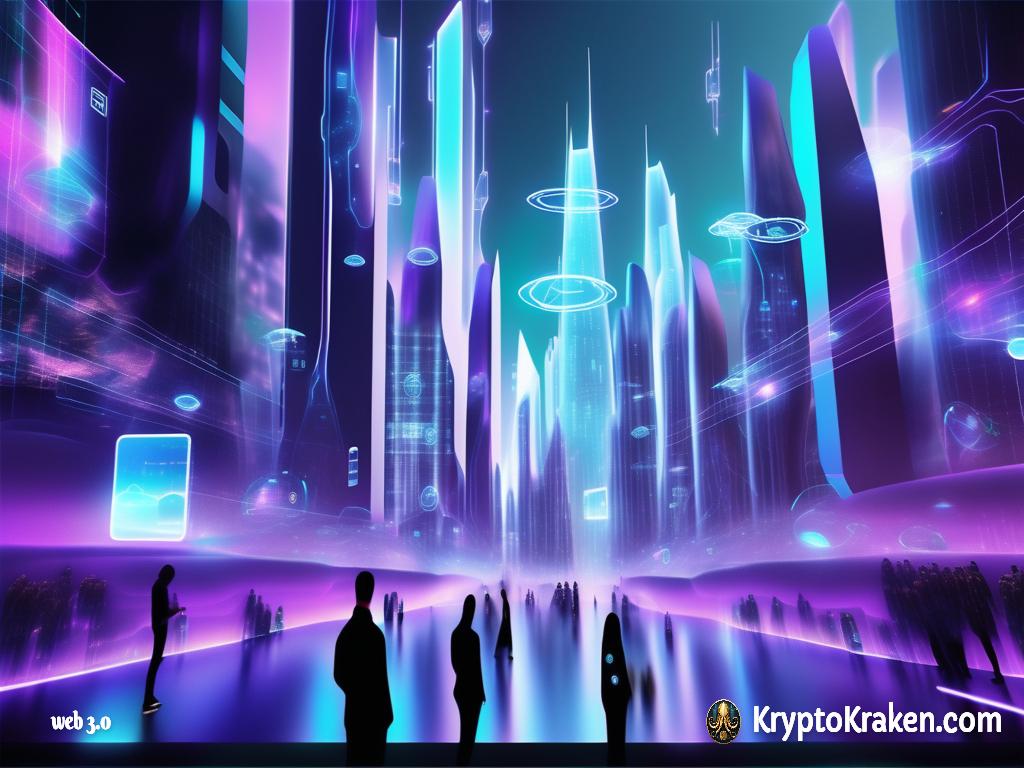
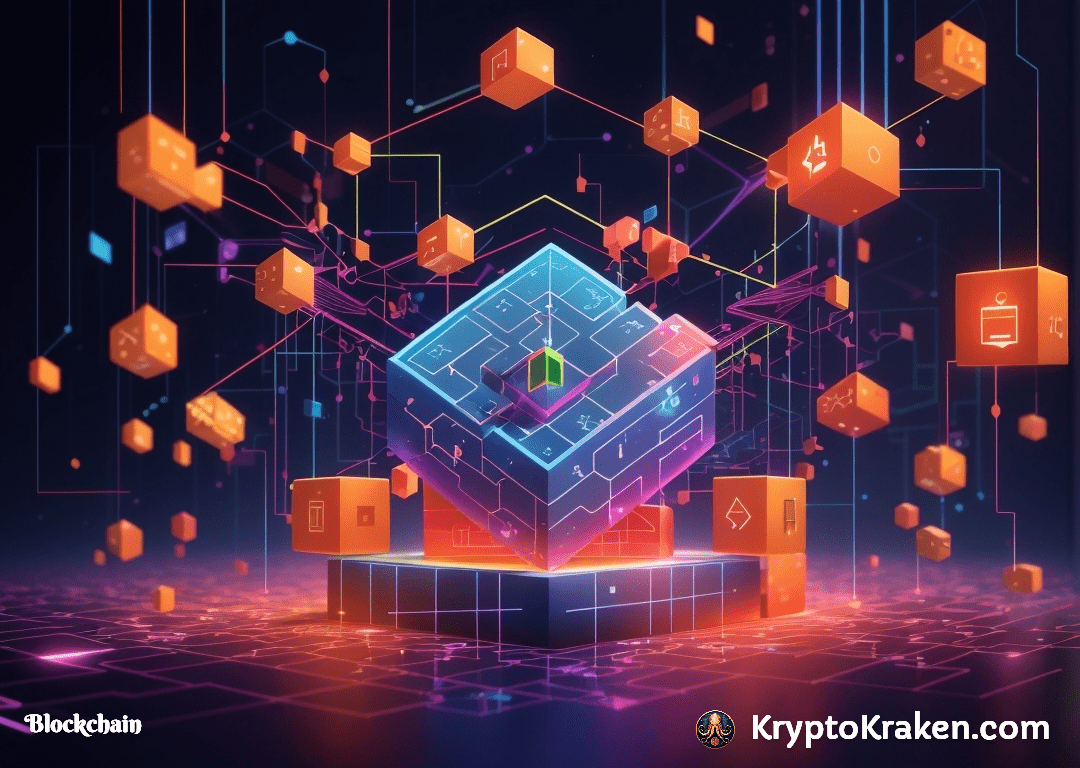
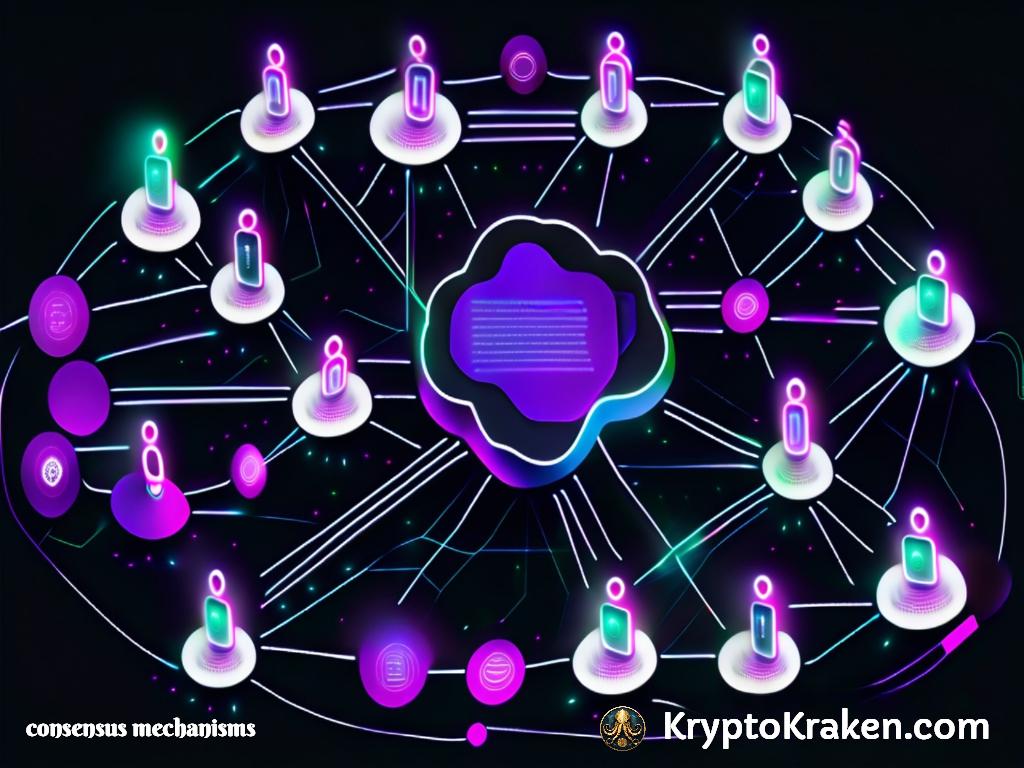
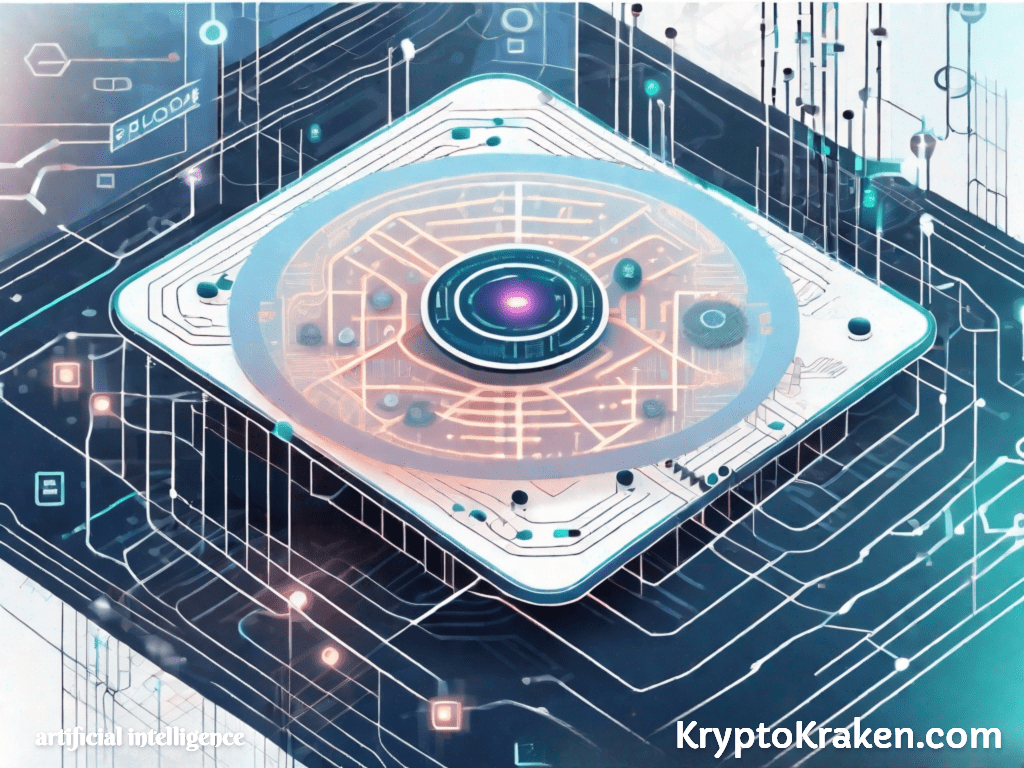
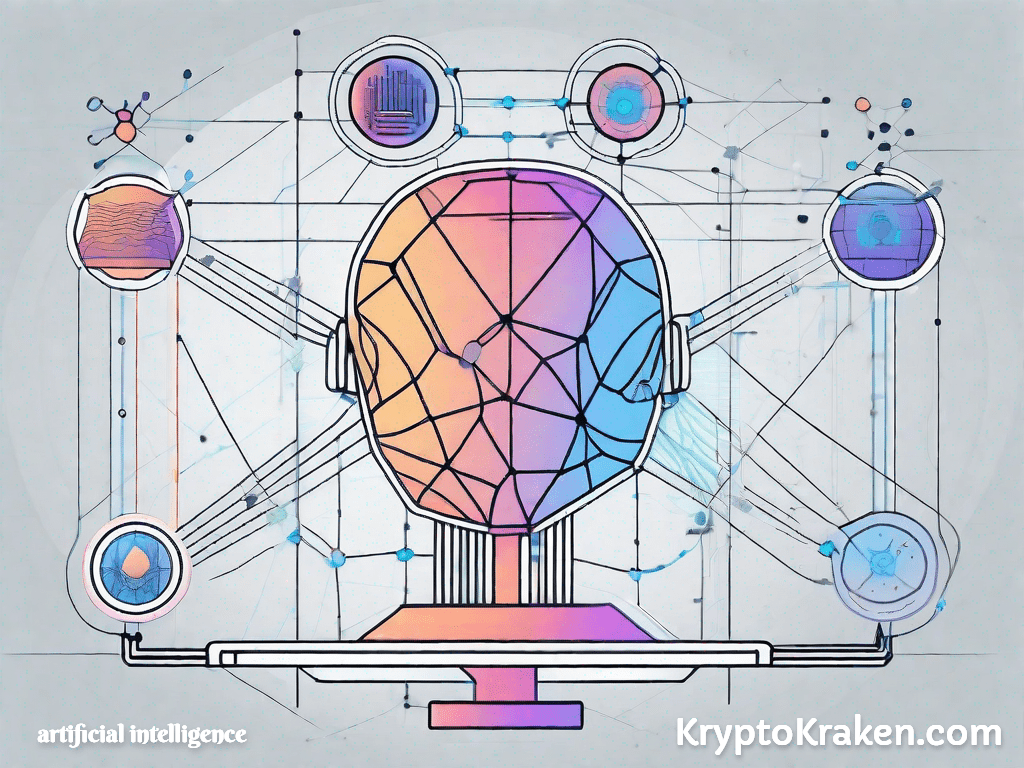
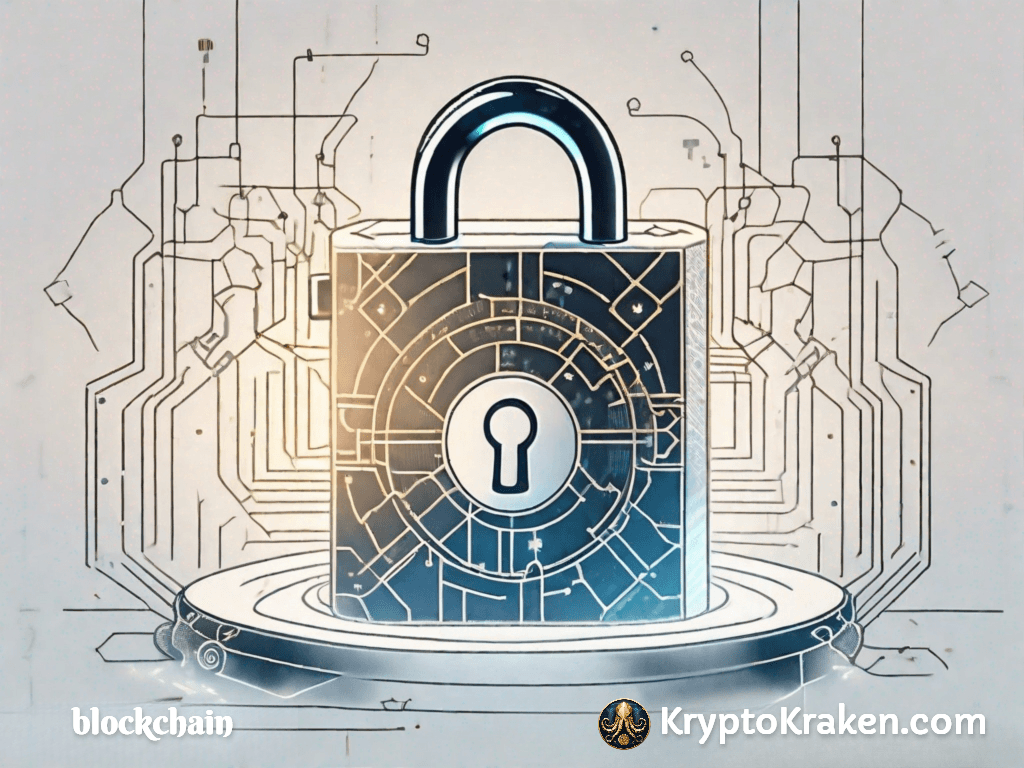
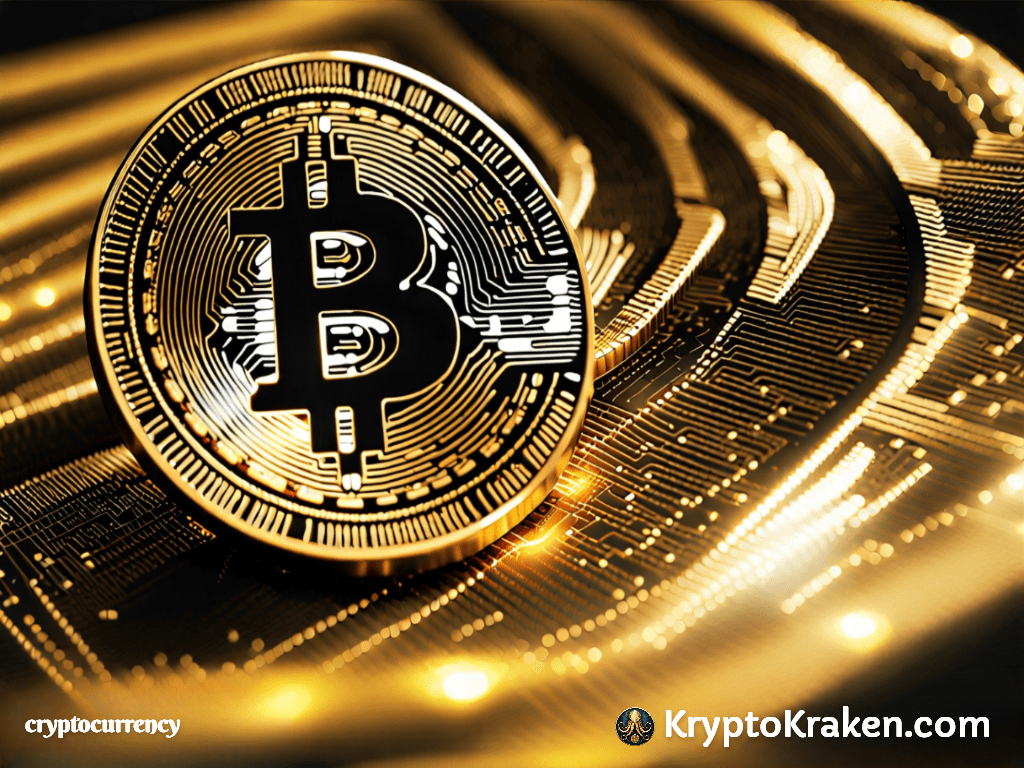
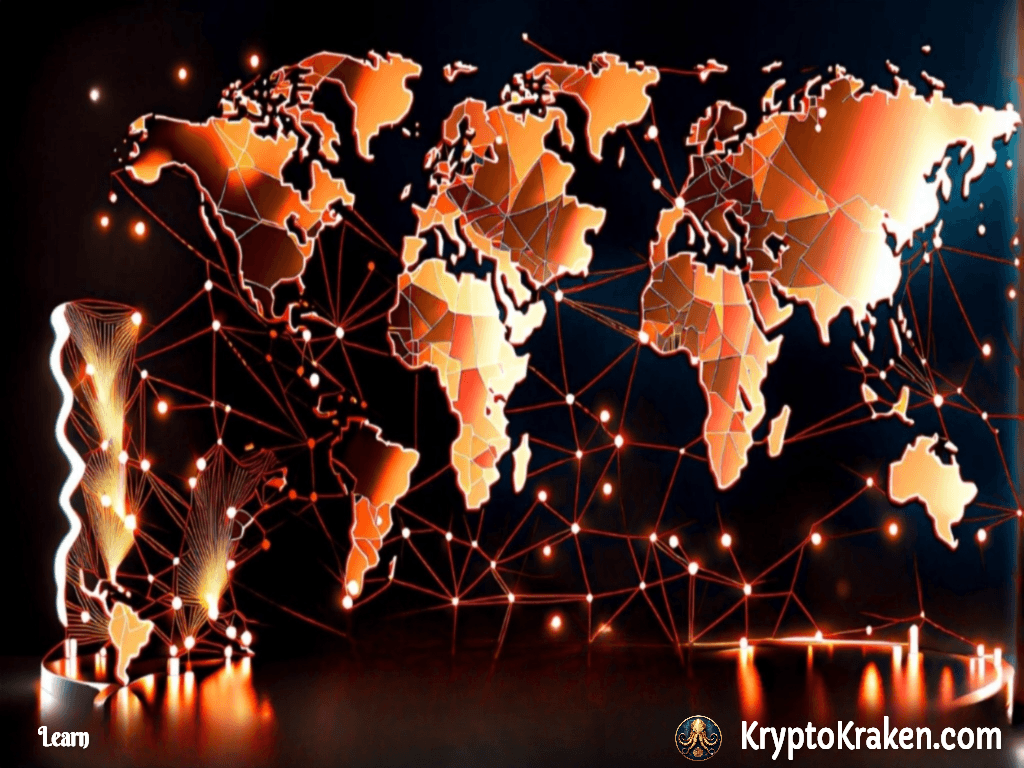
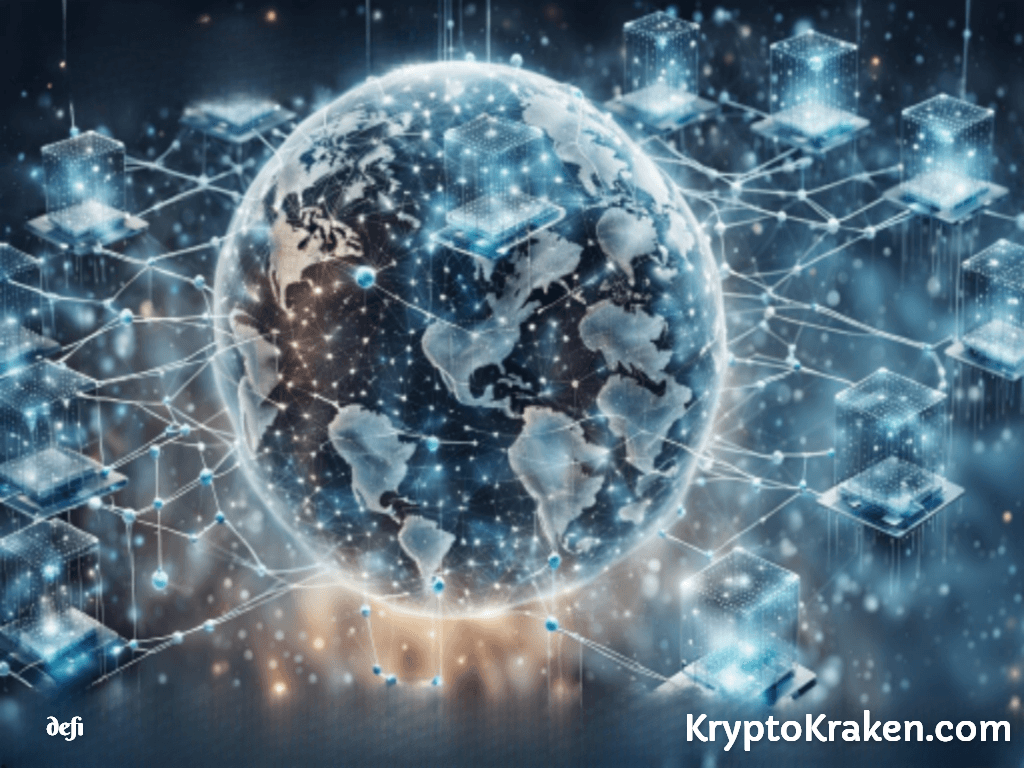
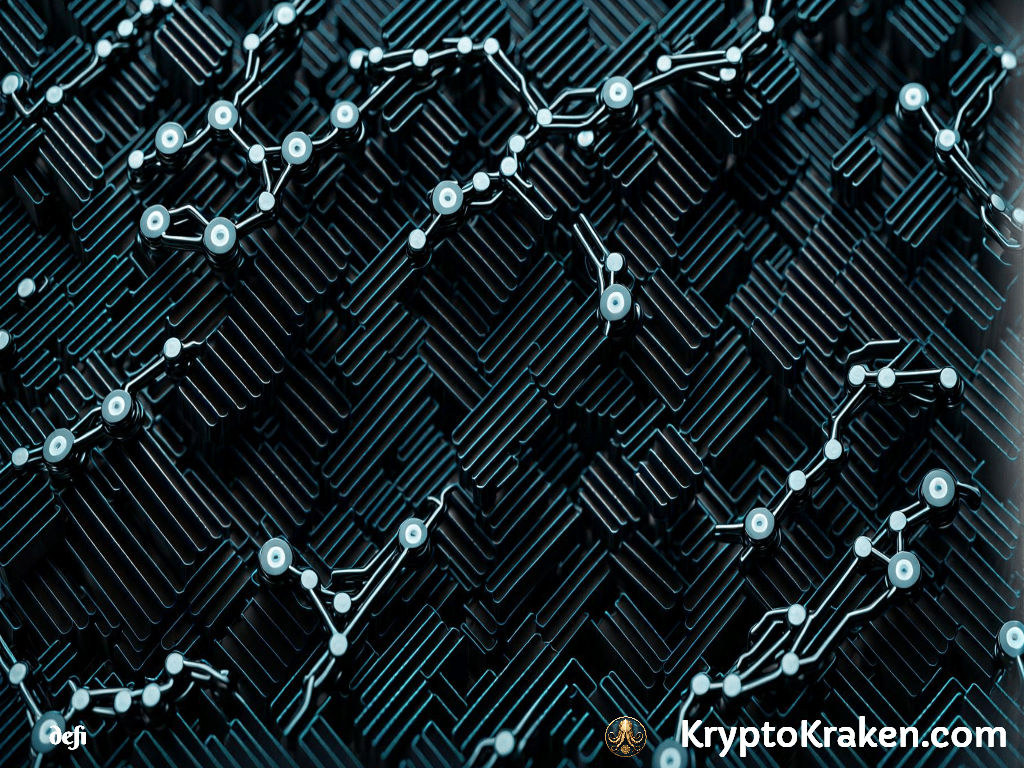
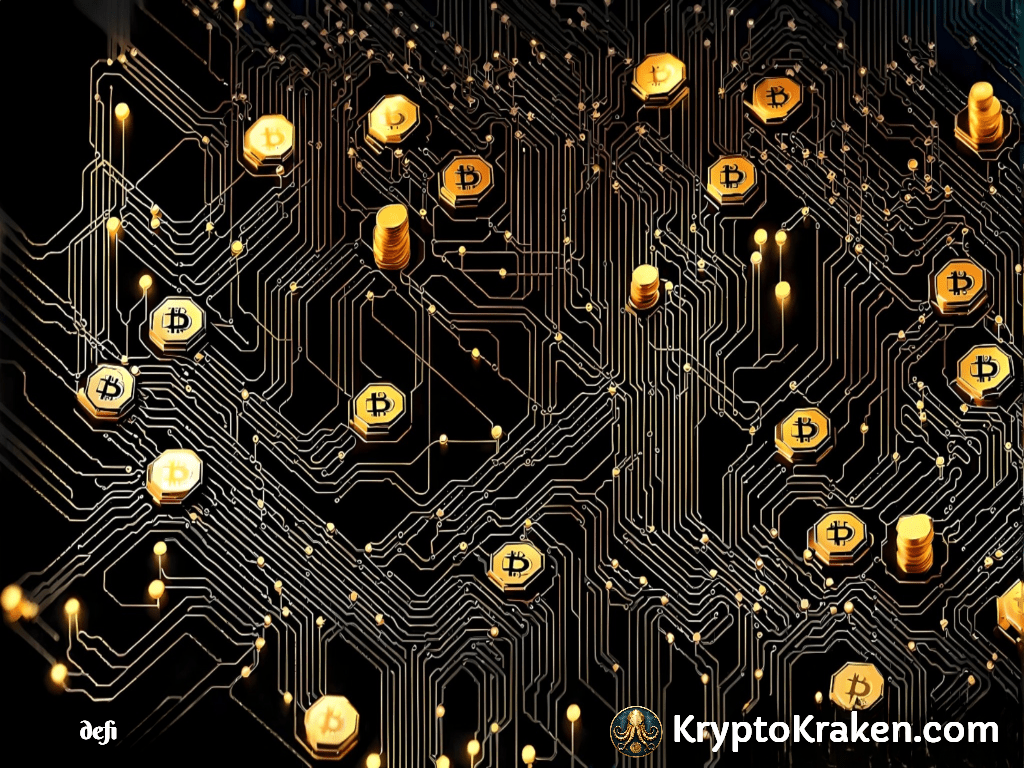

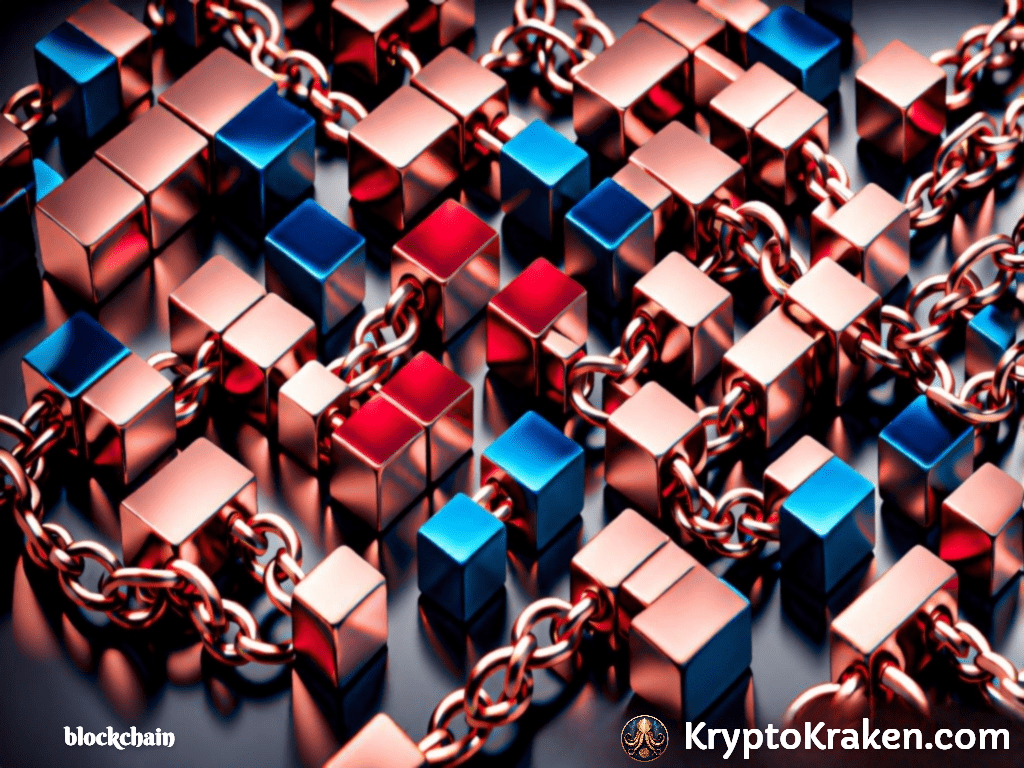
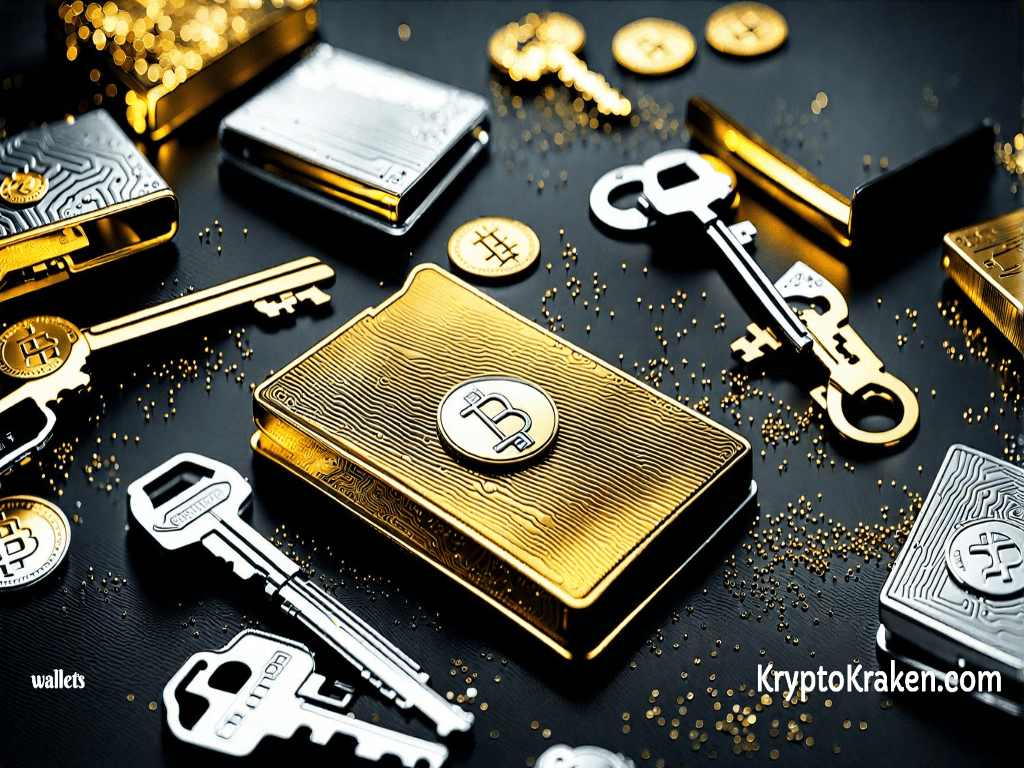
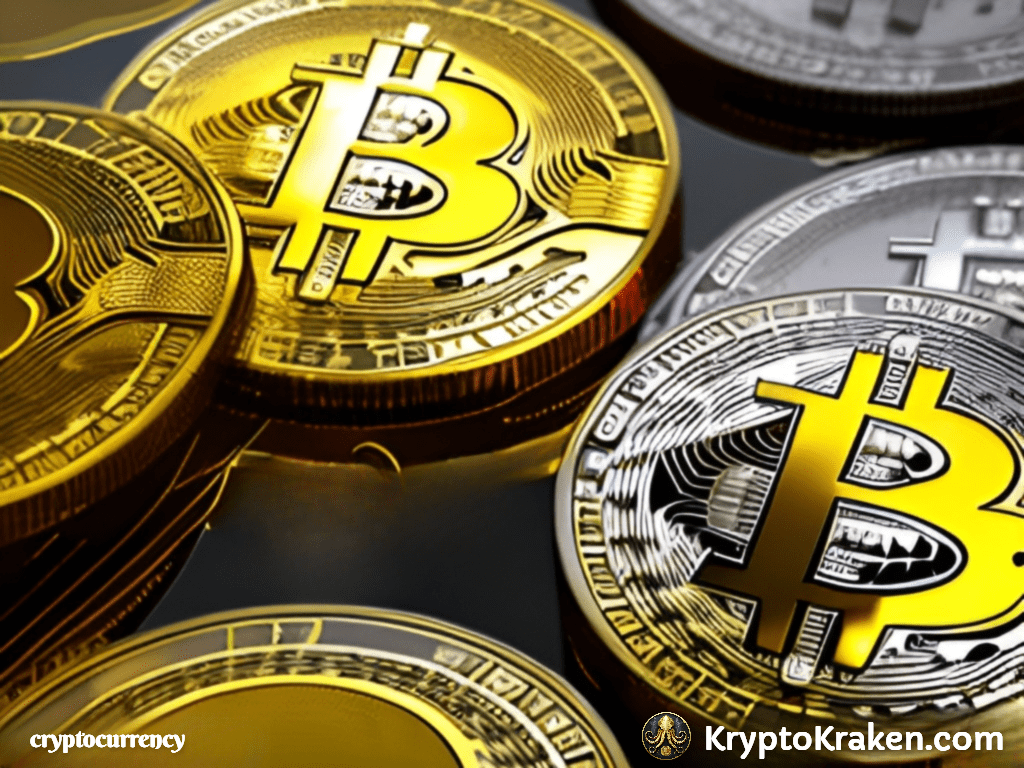
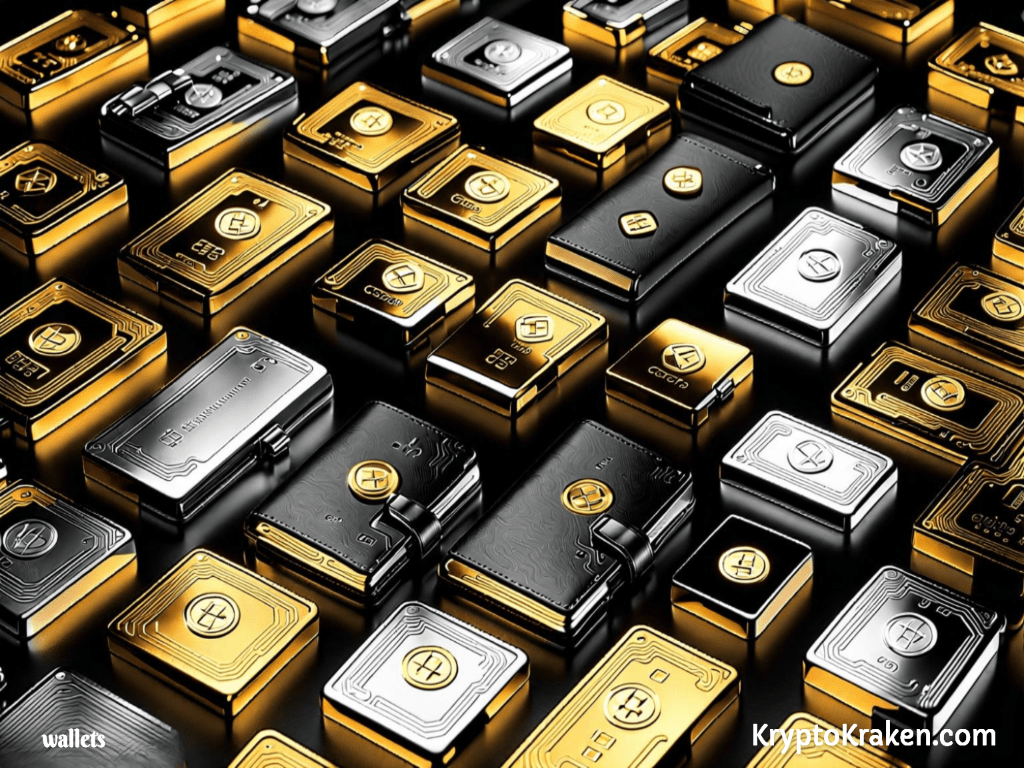
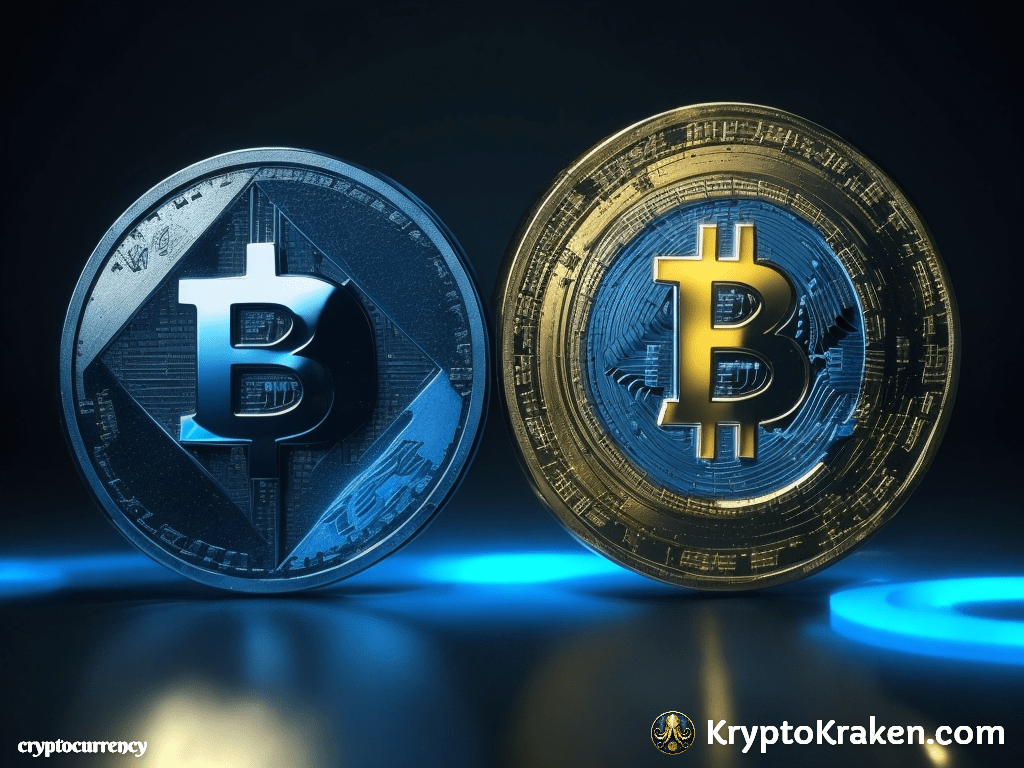
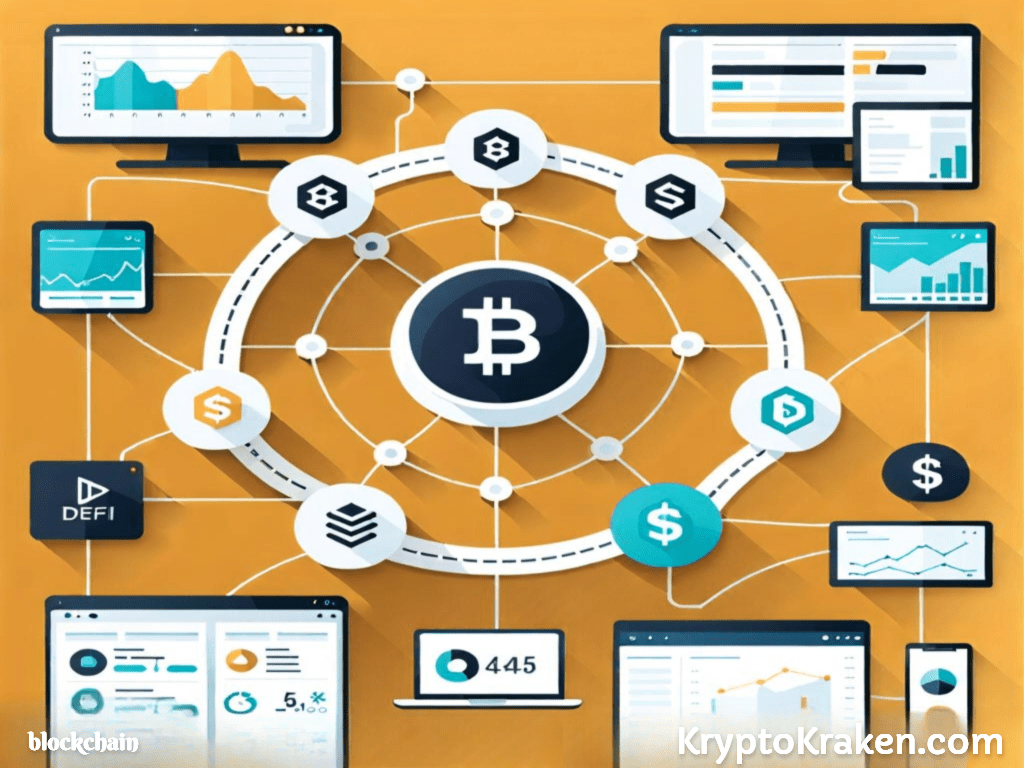
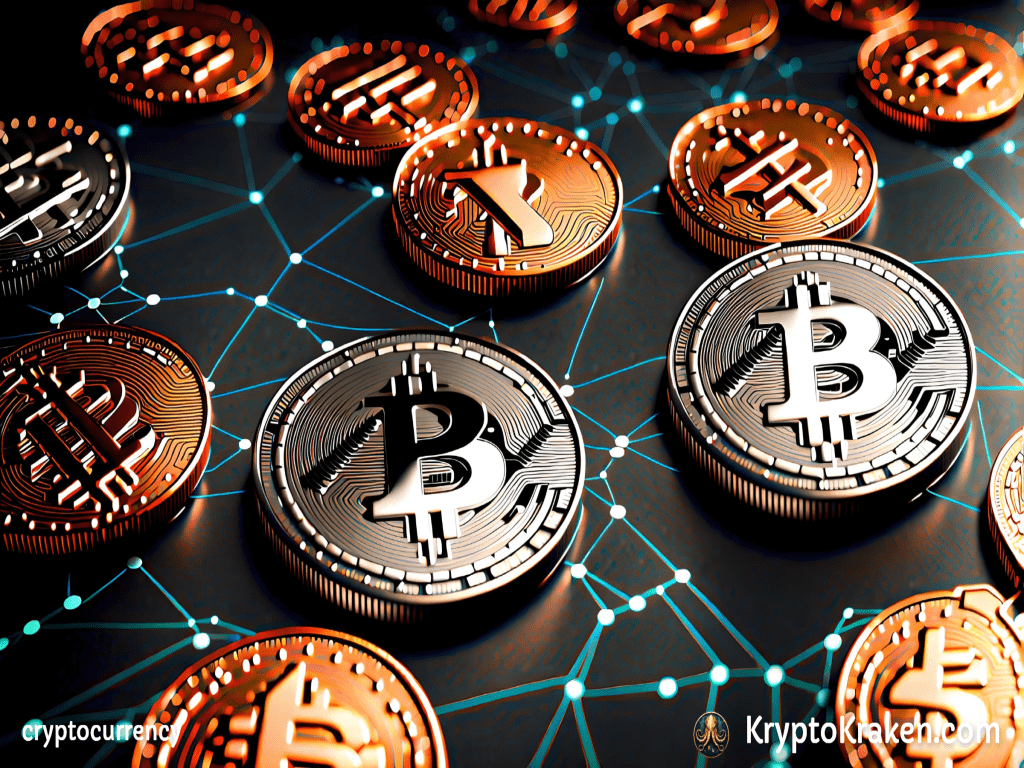
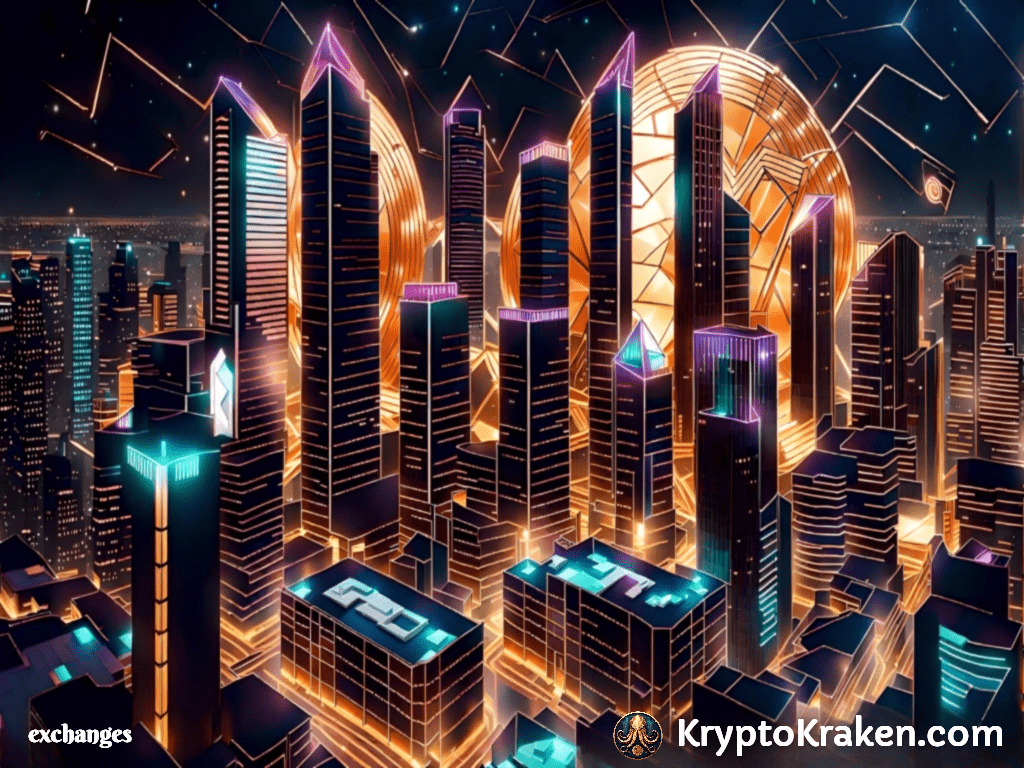
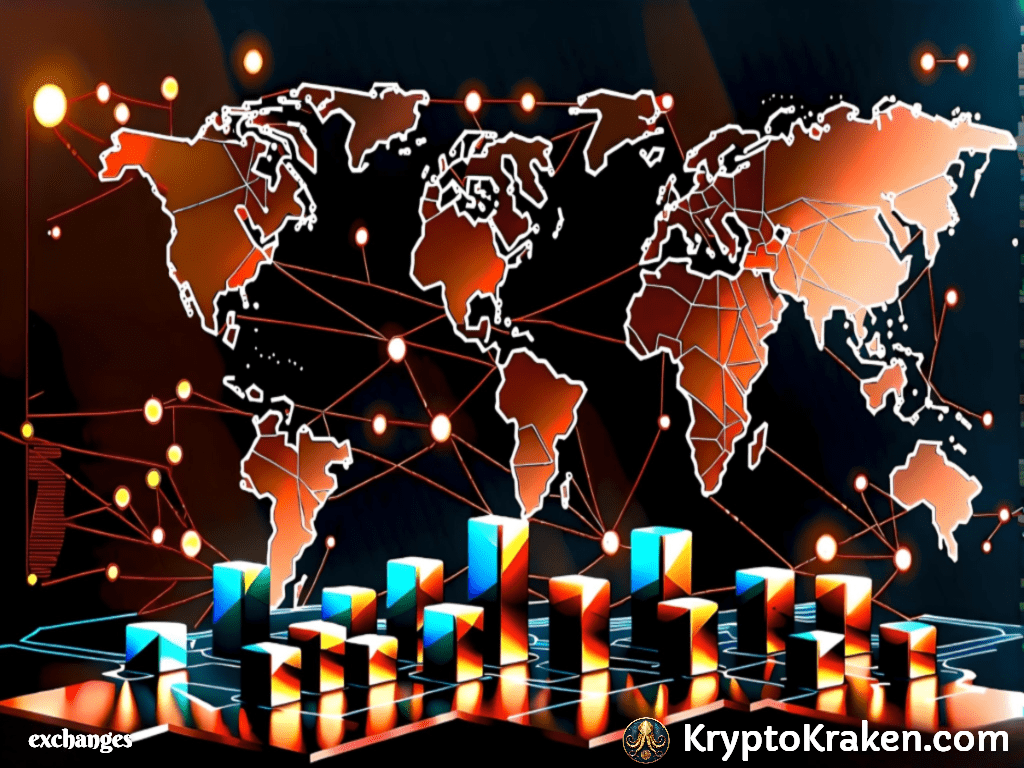
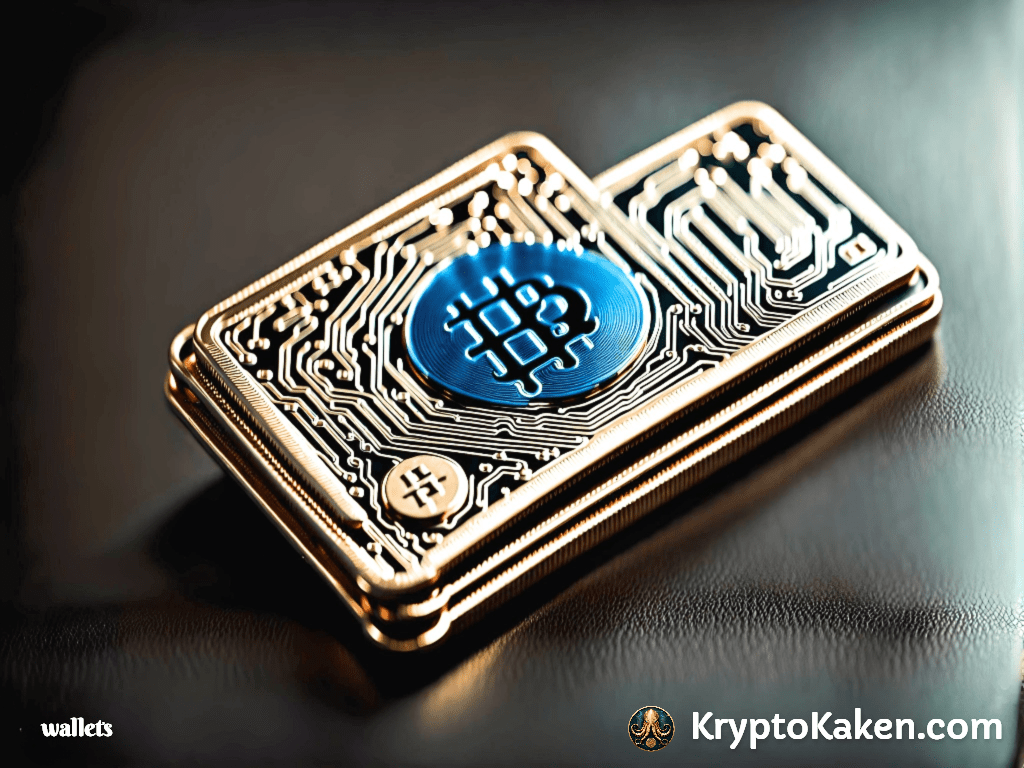
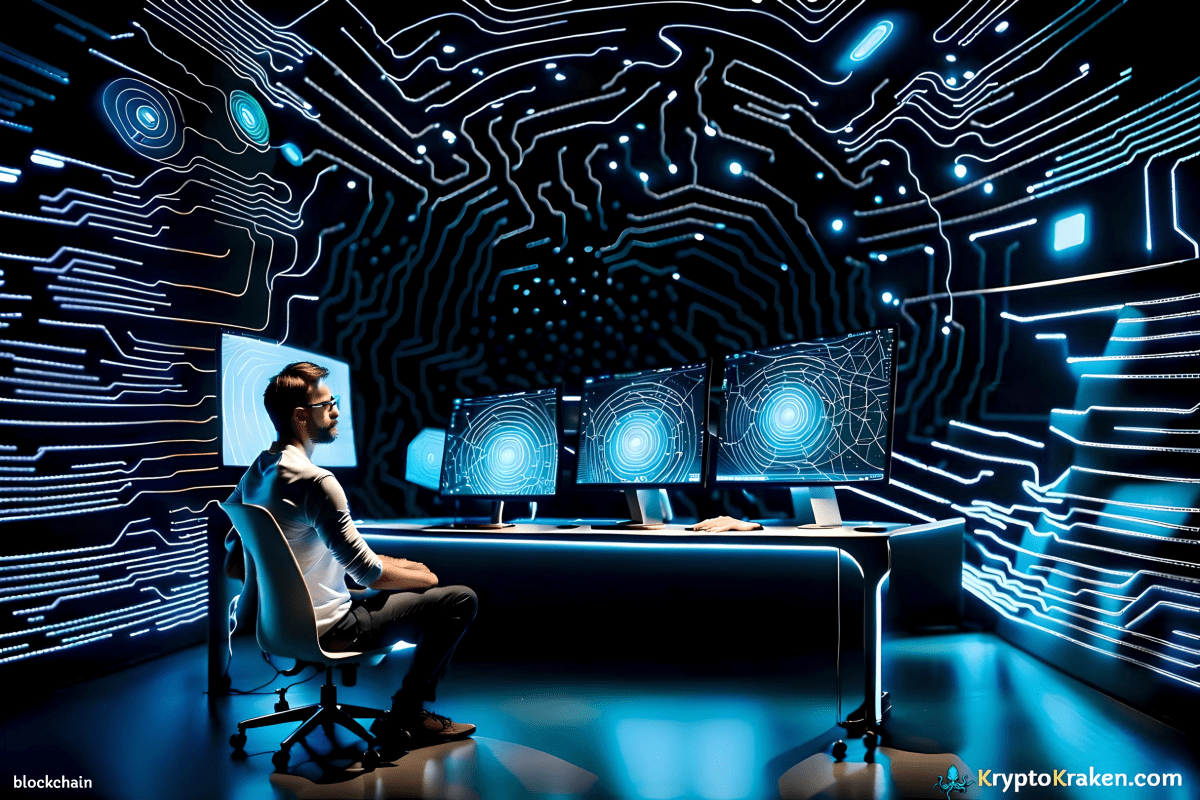
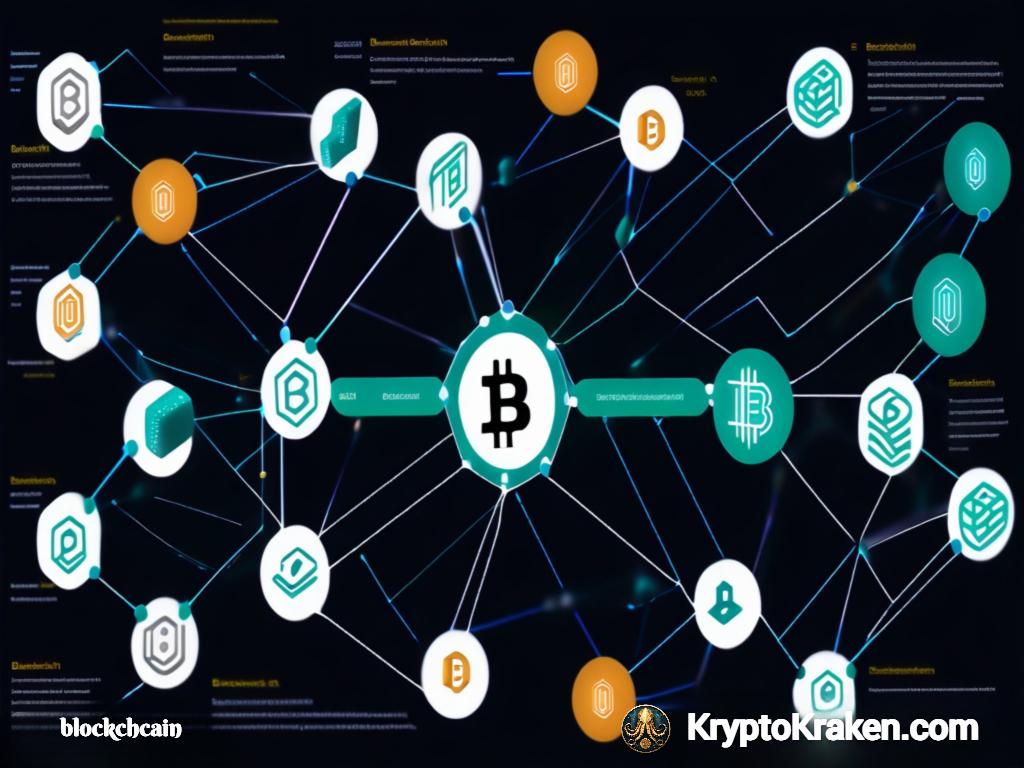
2 comments on “How to Buy and Sell Cryptocurrency, NFT’s and Nodes”